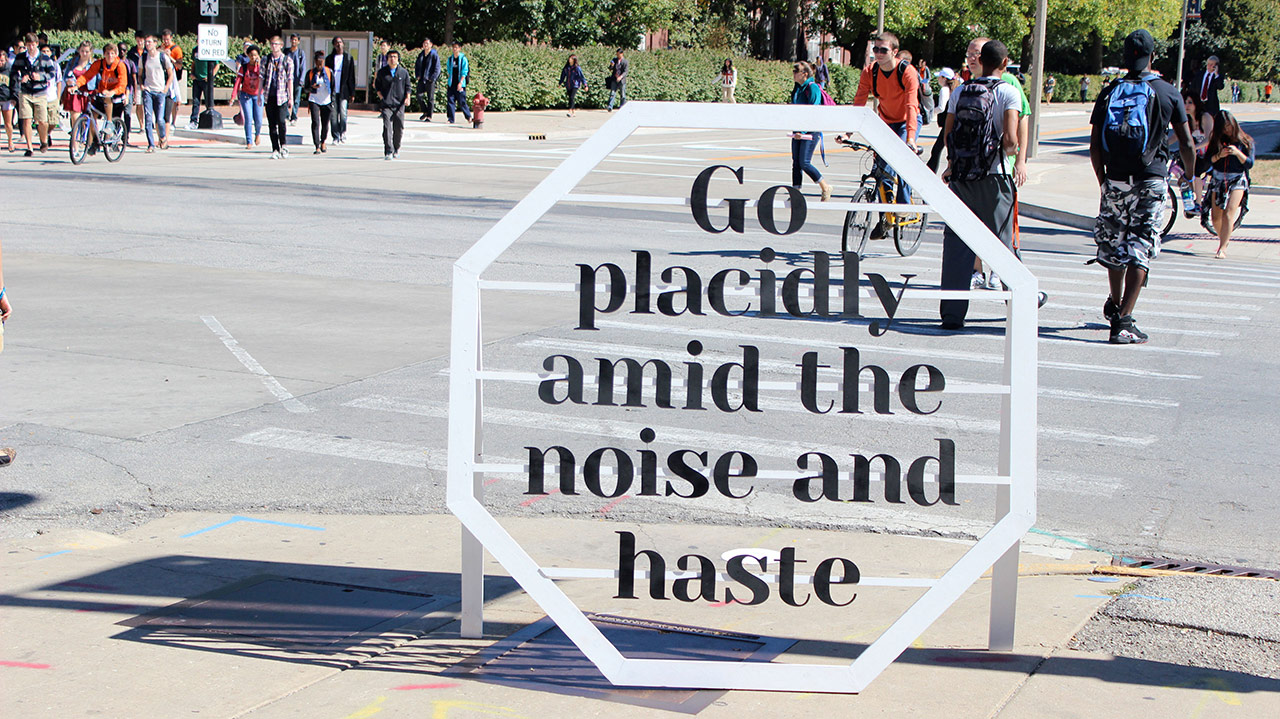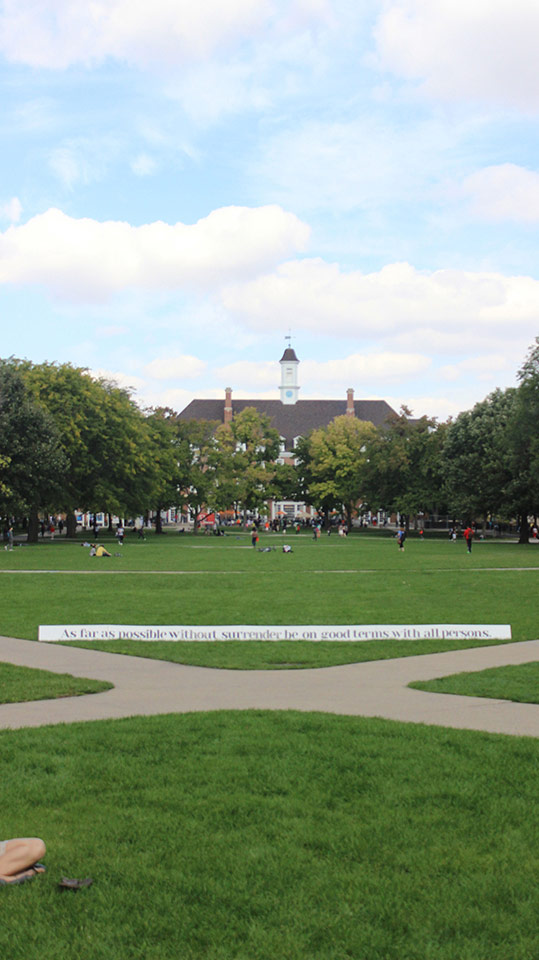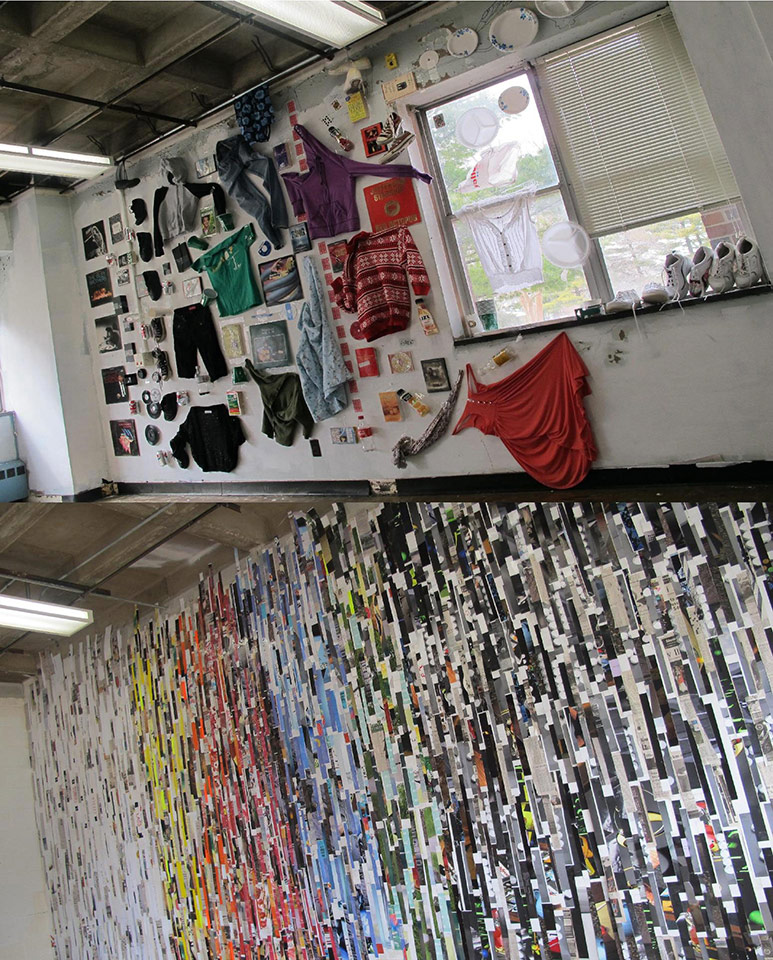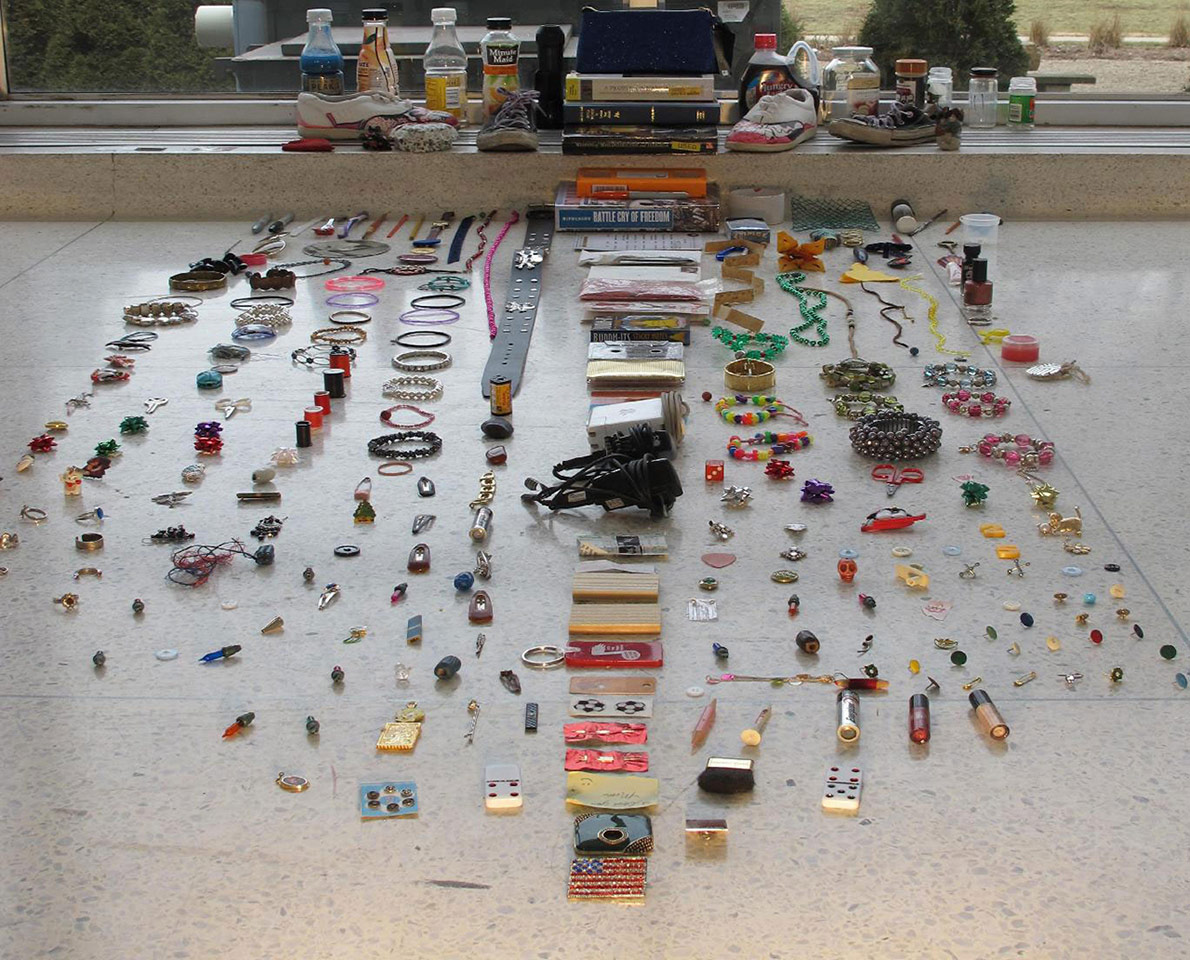2014 BFA Graduate Exhibition Committee, Chair
Langston Allston-Yeagle
Corie A. Baldwin
Benjamin R. Barber
Luke J. Bial
Jennifer M. Bielat
Lauren N. Blackburn
William R. Blake
Benjamin J. Blalock
Emmett P. Boblick
Samantha Boehm
Elizabeth T. Brent
Elizabeth Brinckerhoff
Vanessa B. Burritt
Denise Castaneda
Sarah E. Chaney
Durand K. Cho
Kaito J. Choy
Yu-hee Chung
Nicholas J. Curtin
Jeremy A. Davis
Justin R. Dekker
Hannah Desch
Eduardo Diazmunoz
Dana V. Dieska
Kaiyao Duan
Izabela B. Feret
Andrew G. Fishel
Kate E. Gaffey
Sarah E. Gavin
Willliam P. Gavin
Matthew A. Glickson
Heather J. Gode
Anne K. Grzyb
Dominique M. Gulotta
Andrew J. Haglund
Jennifer L. Hargrave
Kacie Herbst
Julianne N. Heuel
David Huettner
Melissa D. Ibanez
Monica J. Inglot
Evan D. Jarzynski
Audrey S. Javier
Hansol Jeong
Kewei Jin
Nini Kao
Pathum Karunaratne
Kaitlyn P. Kasper
Daniel P. Kelly
Brian P. Kennedy
Kathleen Khau
Sung Keum Kim
Ji Won Kim
Cardell C. King
Matt G. Kissel
Molly A. Krohe
Hyokwon Kwak
Michelle R. Kwak
Ana L. Lagos
Courtney P. Lai
Matthew S. Lanter
Vivian Le
Brianne E. Lenz
Ayame M. Lewis
Yuhan Li
Zhenmin Li
Sanny Lin
Ting-ju Liu
Angela R. Lovell
Caitlin H. Mackey
Kelsey A. Mangler
Yuanyuan Mao
Monique Marchwiany
Yvette Mayorga
Kiara McKenzie
Dawn McMillin
Maggie S. Michael
Avani Miriyala
Avsar J. Modi
Hyo Ri Nam
Christian T. Nam
Sean P. O’Connor
Jay Pahre
Elaine M. Palutsis
Puja C. Patel
Eduardo Perez
Kaila D. Pettis
Wesley M. Pundt
Terry Qi
Daryl T. Quitalig
Nathalie M. Rock
Jessica L. Rojas
Kristin A. Rose
Lana P. Rottler
Kaitlyn K. Russell
Kristina M. Sandefur
Cevat Sayili
Camille Scott
Morgan A. Scott
Kaitlin L. Serota
Marina Shaltout
Iman M. Sharabash
Samantha E. Shaw
Lauren M. Shepherd
Alexander Siedband
Cara E. Siegel
Travis R. Smith
Basia Stanek
Derek T. Steinweg
Jessica M. Stewart
Heather L. Stickney
Brad R. Surmin
Arnold Syphommarath
Fumiaki Takezawa
Amanda L. Tiberi
Sean B. Tierney
Sally A. Vala
Nicole A. Villamin
Alexander Wallbaum
Shan Wei
Rachel D. Weissman
Xinyu Wen
Michael K. Wernert
Anne R. Wessel
Alia J. Williams
Shelby S. Wills
Ellen C. Winston
Jonathan G. Wright
Michael Zhang
Kexin Zheng
Will Arnold
Mark Avery
Conrad Bakker
Luke Batten
Eric Benson
Chris Bonner
William Bullock
Stephen Bullwinkle
Anne Burkus-Chasson
Jennifer Burns
Stephen Cartwright
Michael Collins
Donna Cox
Glen Davies
Tyler Denmead
Ellen DeWaard
Jeff Dilley
Robin Douglas
Paul Duncum
Nan Goggin
Jennifer Greenhill
Ryan Griffis
Ben Grosser
Jennifer Gunji-Ballsrud
Gerry Guthrie
Kevin Hamilton
Lawrence Hamlin
Kathleen Harleman
Patrick Hammie
Laura Hetrick
Laurie Hogin
Brad Hudson
Steve Hudson
Chris Kienke
Steve Kostell
Emmy Lingscheit
Jorge Lucero
Yunling Man
Areli Marina
Deana McDonagh
Kathleen Meaney
Alan Mette
Guen Montgomery
Sheryl Netherton
David O’Brien
Jennifer O’Connor
Michael Parsons
Matthew Peterson
Melissa Pokorny
Kiley Reed Black
Kevin Reeder
Linda Robbennolt
Kristin Romberg
Lisa Rosenthal
Joel Ross
Tammie Rubin
Amy Rueffert
Anne Sautman
Ernesto Scott
Cliff Shin
Joseph Squier
Billie Theide
Brad Tober
Jessica Tolbert
Oscar Vazquez
Deke Weaver
David Weightman
Audra Weinstein
Terri Weissman
Catherine Wiesener
Brian Wiley
Ultimately, our curriculum offers professional training for the self-sustaining artist/designer, as well as preparation for the student planning to pursue an advanced degree in the arts. To be a successful student, we see it as our responsibility to provide you with guidance to help you achieve your goals. In each class, you work closely with a faculty member to test your aesthetic vision, refine your technical, communicative, and evaluative skills.
The School of Art + Design is accredited by the National Association of Schools Art and Design, and is regarded as one of the outstanding public university art programs in the United States.



University of Illinois | College of Fine and Applied Arts | School of Art + Design
Elizabeth T. Brent
Dana V. Dieska
Kate E. Gaffey
Julianne N. Heuel
Brianne E. Lenz
Angela R. Lovell
Kelsey A. Mangler
Dawn McMillin
Camille Scott
Travis R. Smith
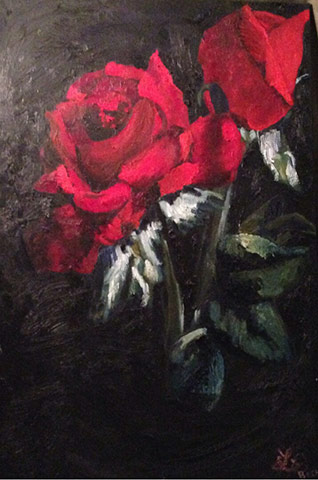
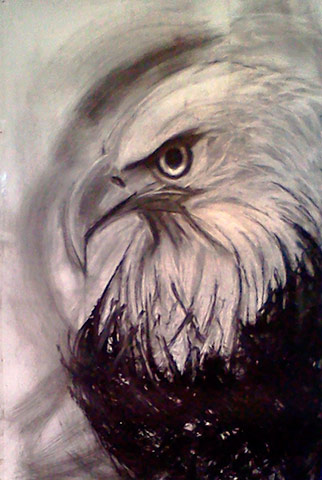

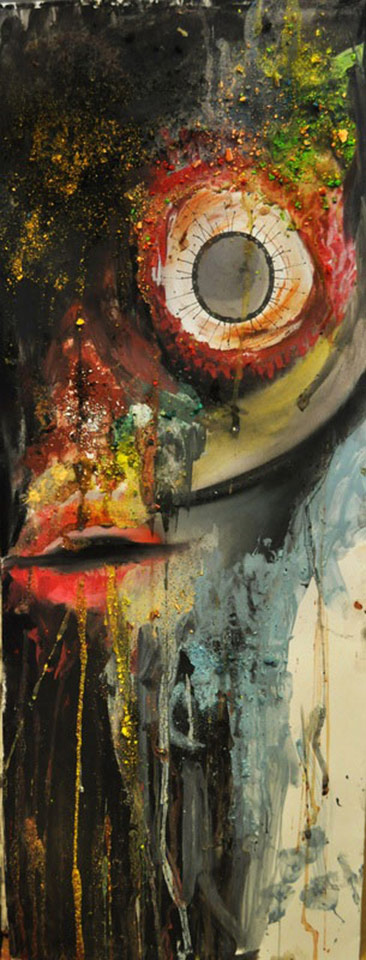

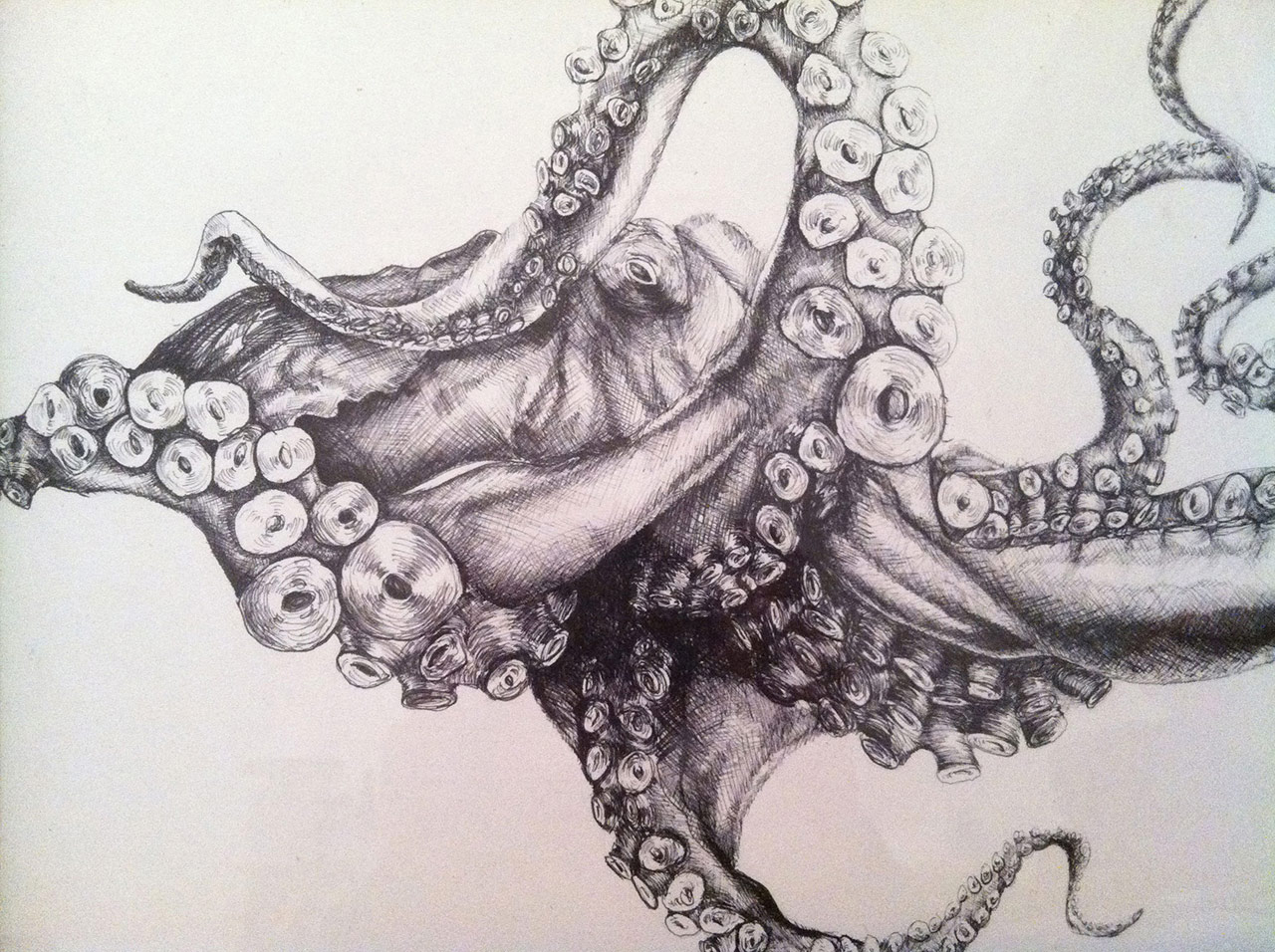


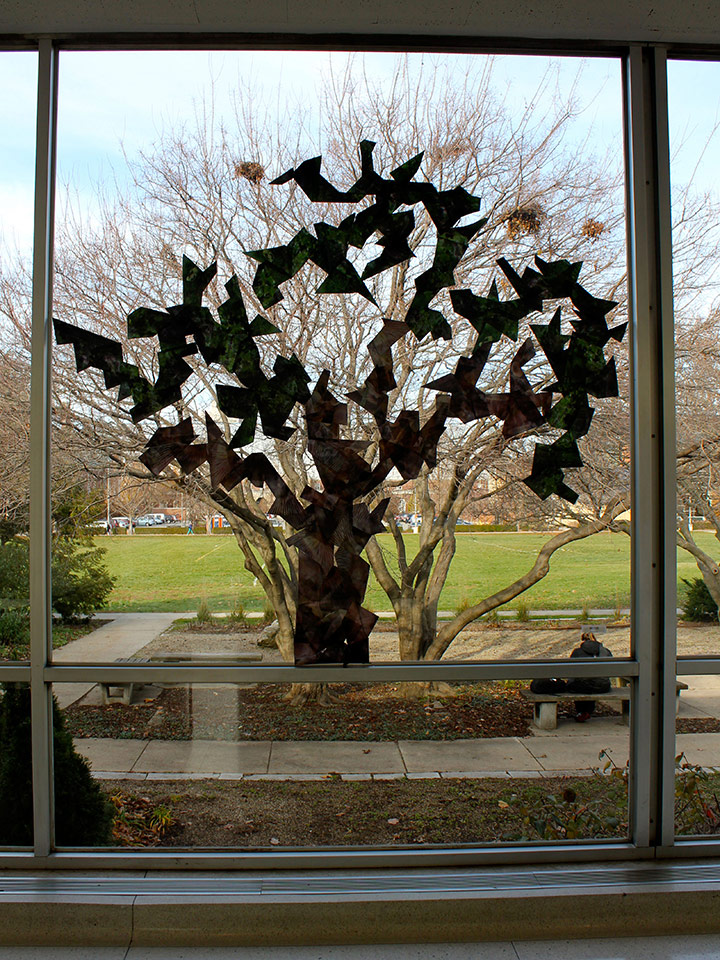
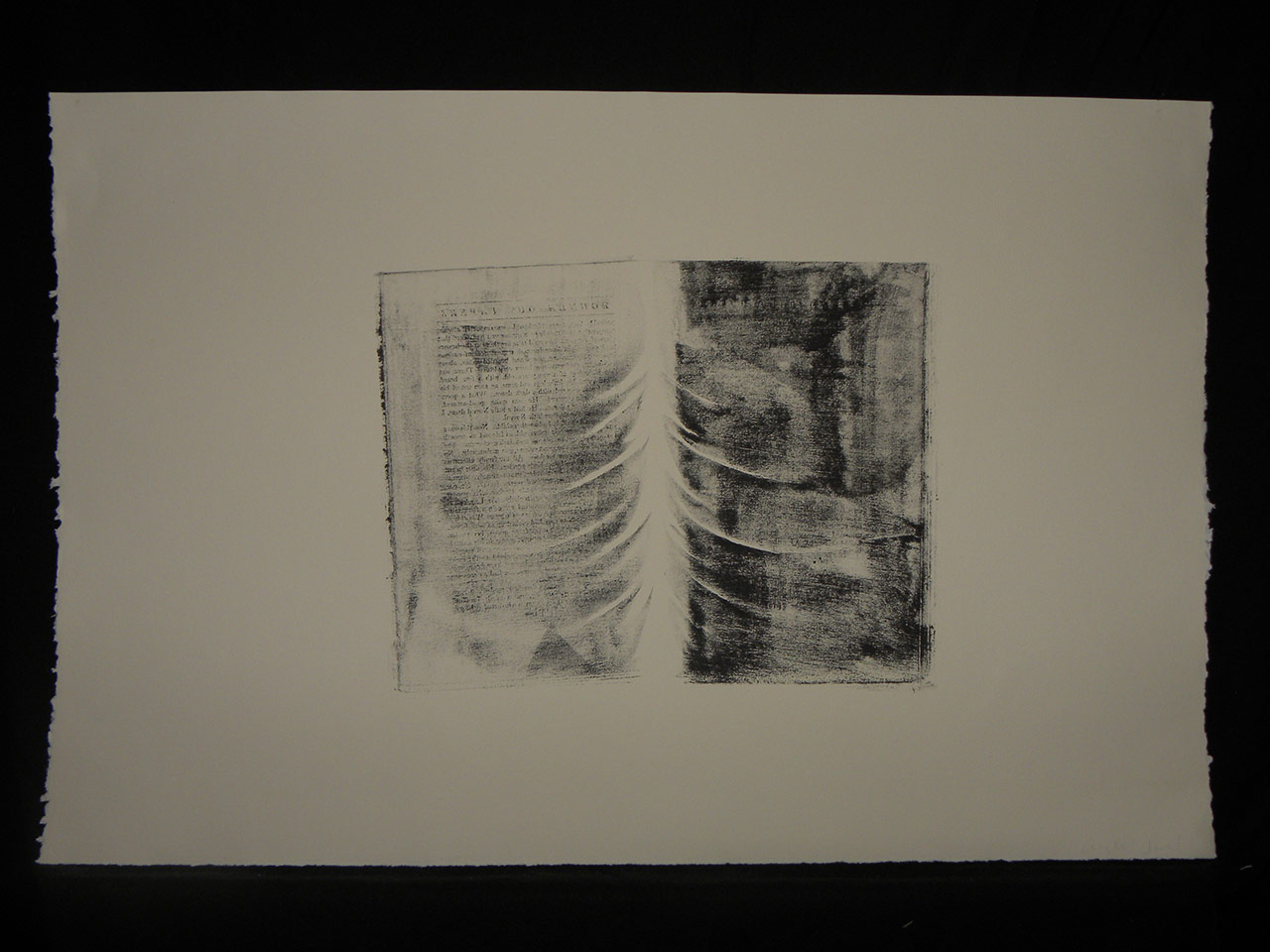
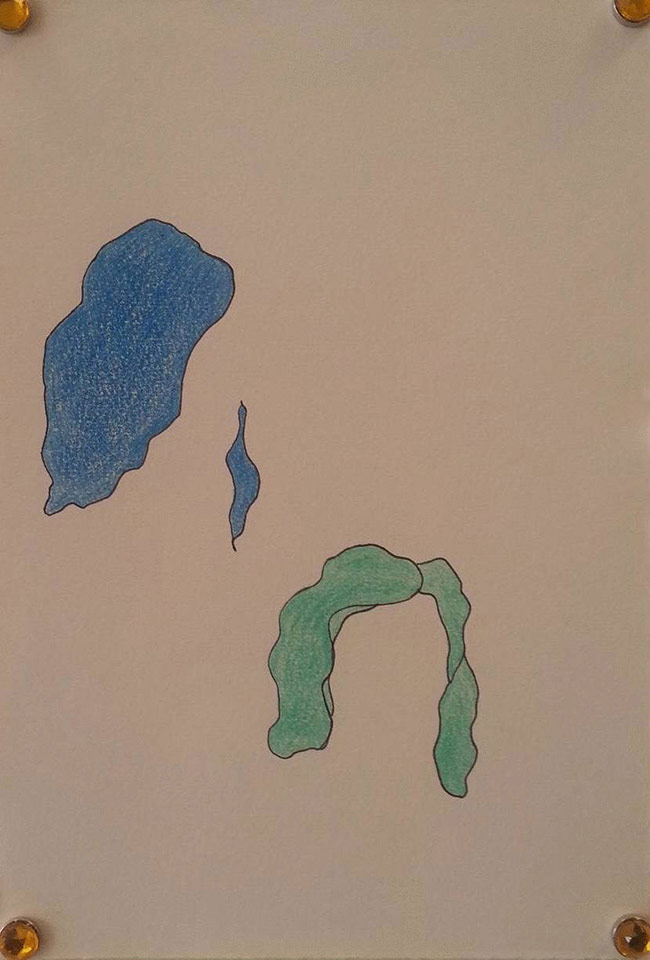

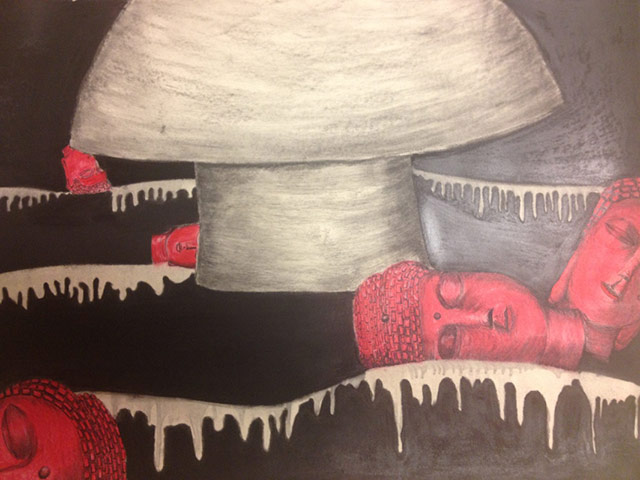
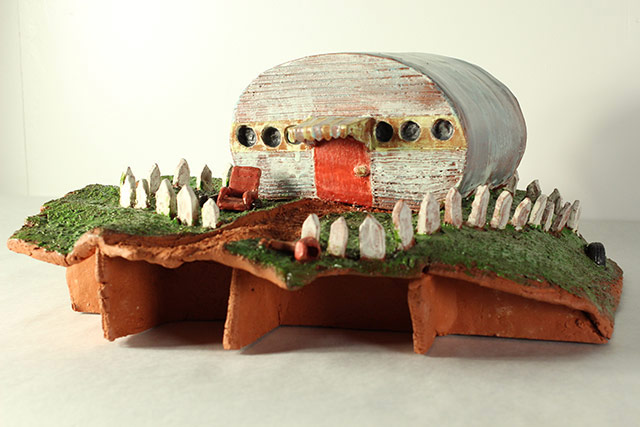

Dominique M. Gulotta
Kacie Herbst
Julianne Heuel
Monica Inglot
Hansol Jeong
Kewei Jin
Yuanyuan Mao
Kiara McKenzie
Kaitlyn K. Russell
Morgan A. Scott
Kaitlin L. Serota
Samantha E. Shaw
Basia Stanek
Jessica M. Stewart
Sally A. Vala
Alia J. Williams
Kexin Zheng
What medium/style of art do you practice and how would you describe your art making process?
“My work is photographic in a loose meaning of the term. I explore ideas about the social memory and psyche of seeing in a hyper-photographic society. My work intersects questions about linguistics, sociology, and technology.
“The work comes together as a large body of work, questioning the previous work and itself to a degree of doubt. But before that, it requires a lot of experimenting, trying new papers, processes, editing the work. It’s all really fast paced and through that experience when my work unfolds.”
Do you have a specific favorite artist/genre or style of art?
“Mark Lombardi is an artist I always have on my mind. His use of complex hand-made diagrams that make connections between power misuse, historical frauds, and conspiracies through intermediary nodes is a way of art making that I find cleverly pertinent in my own.”
Do you remember the first time you made a work of art inspired specifically by someone/something, went to a gallery/art museum that encouraged you to make something, saw a favorite artwork/artist’s show? How has this first experience resonated with you today?
“I didn’t visit museums or galleries on a regular basis. A lot of the work I saw was in art history textbooks. But in high school, I had a chance to visit Florence (on a student ambassador program) and there I saw Michelangelo’s David in person. It wasn’t the actual artwork that amazed me (not that it didn’t) but the difference in attitudes I had from seeing it in a textbook versus in real life. Looking back, that was one of the moments of experiencing art that led me to questioning the rhetoric of looking (at art) and the modes of museology and curation today.”
Is there a specific artist or style that you find most significant or prevalent in your practice and process? Do you identify with a specific artistic movement or moment in art history?
“It is hard to react to an entire history of art in this one moment. It’s all coming together more quickly, accelerating the timeline of history. But for me, the first significant moment was the popularization of photography (as a tool) through the Daguerreotype and conceptualization of photography (as a medium) through the 1960s with conceptualism. These moments in history only inform my work, the only moment I can identify with is the contemporary, but even that is fleeting.”
How do you discover new artists or integrate them into your art? If you feel as if you don’t necessarily draw inspiration directly from artists, where do you find creativity?
“There are two modes of finding new artists that are both equally significant but dramatically different. First is the internet, using Tumblr, subscribing to Art zines, or blogs. The second is gallery walks and exhibition visits. It is the experience of both modes (one is anonymous and private, the other social and public) that fuels creativity, the engagement in discovering new art. But being creative comes from practice; being creative comes from being creative.“



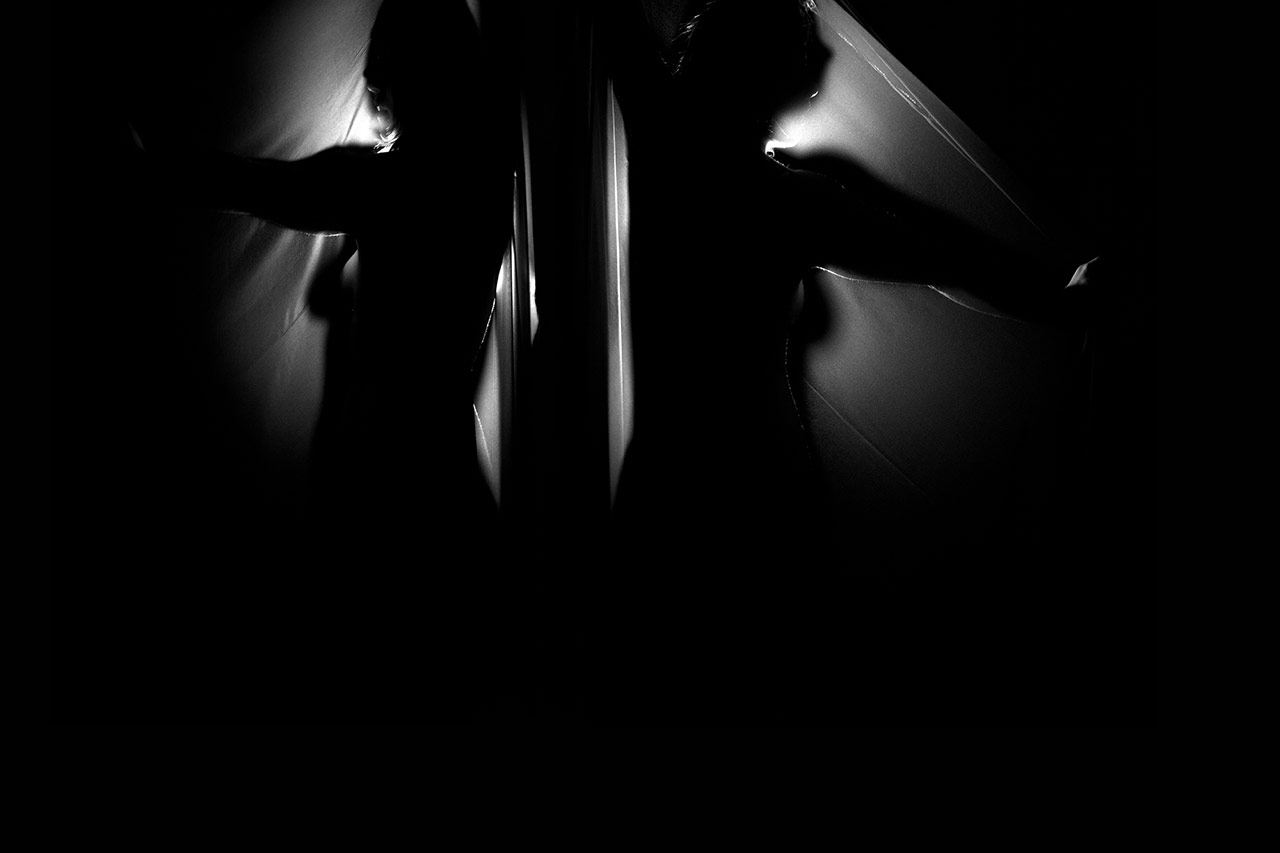
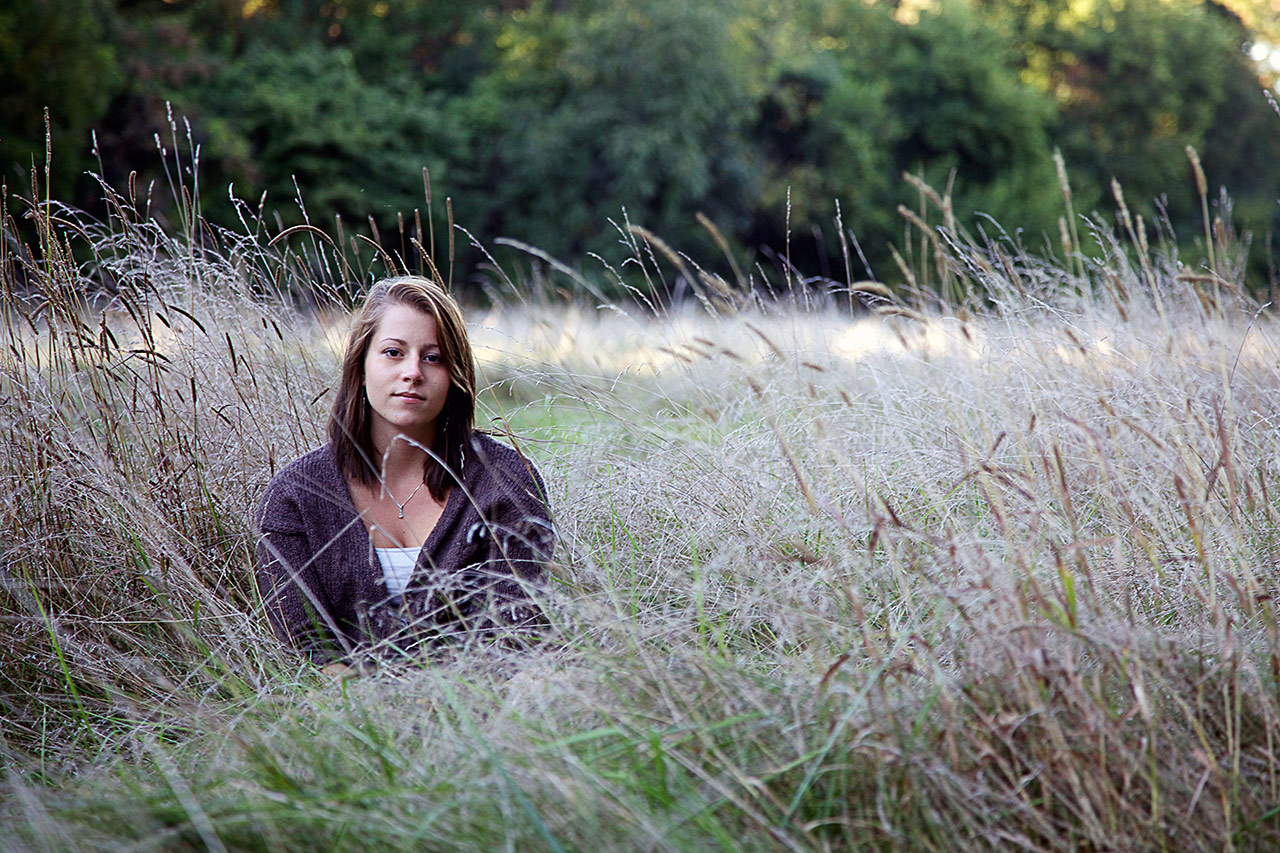

Unlike the majority of the students in the School of Art and Design, who begin their academic careers as design or craft majors, Rachel Fox transferred into the School of Art and Design when she was a junior. The transfer can be challenging for upperclassmen, for they are forced to retrain their ways of thinking.
I asked Rachel why she decided to choose Industrial Design as her major and she said it started during her sophomore year. As she began to explore the kinds of careers that might be accessible to her as mathematician, she discovered only two suitable options: research and teaching: “I knew for sure I didn’t want to do research and if I were to teach, it would be third-graders, for which I wouldn’t need a math degree.” So Rachel decided to look into other majors, hoping to find one that she could enjoy: “I wanted to do Audio Engineering but that isn’t an available major at this campus.” Her aunt and uncle are architects and she thought she might like their field, so she took an Architecture class, a step that fueled her interest in art: “The idea of making my passion my career was probably the driving force for me to choose art. I have been doing art all of my life so it wasn’t a huge change for my lifestyle but it was a very hard decision, mentally. My parents were very supportive and I kind of just decided I wanted to do it.” Her parents are both computer scientists, so it was a big decision to abandon science for art. Rachel said that no one person influenced her to choose Industrial Design over any of the other majors: “I just enjoyed how Industrial Design incorporated my love for math and precision into art. I am easily influenced by pretty much everything around me, so deciding on one artist isn’t really easy.” She said she loves building things and interacting with them knowing that her artwork may become a functional product that people could use daily.
Rachel’s love for math and her passion for creativity led to her interest in Industrial Design. Industrial Design also incorporates computer science, engineering, and science. It just goes to show that art can be incorporated into anything.
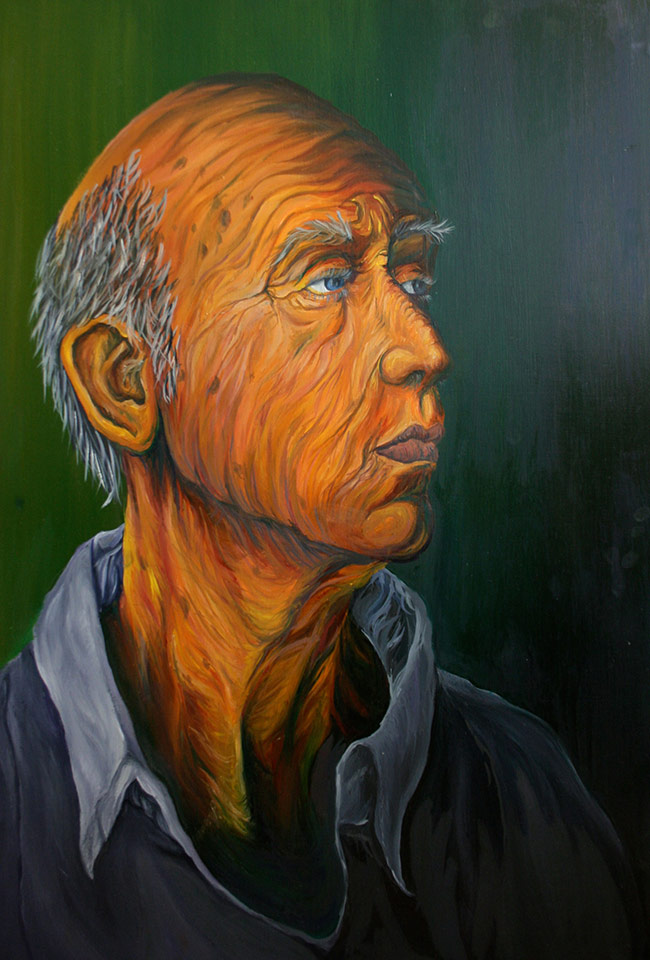
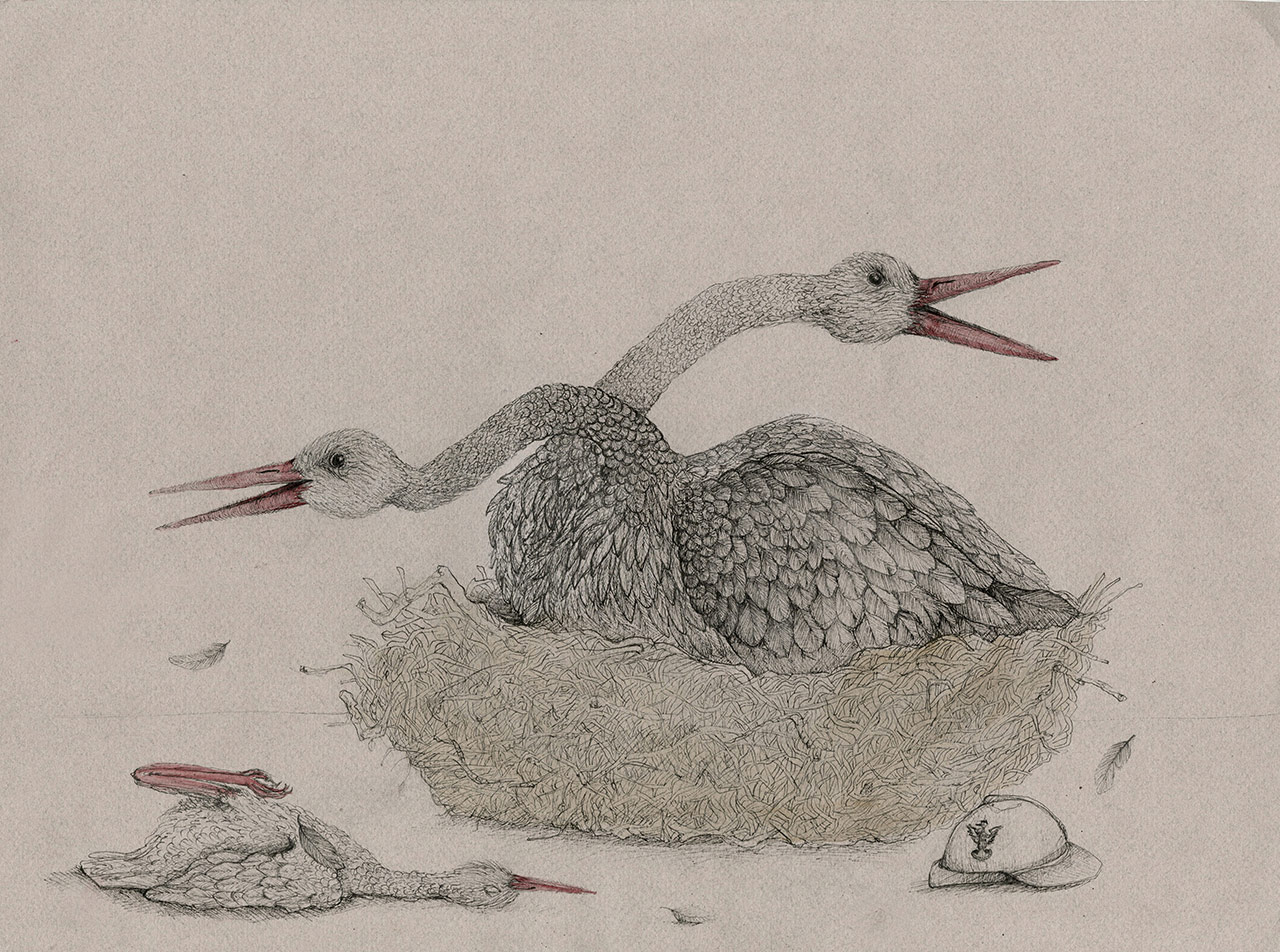
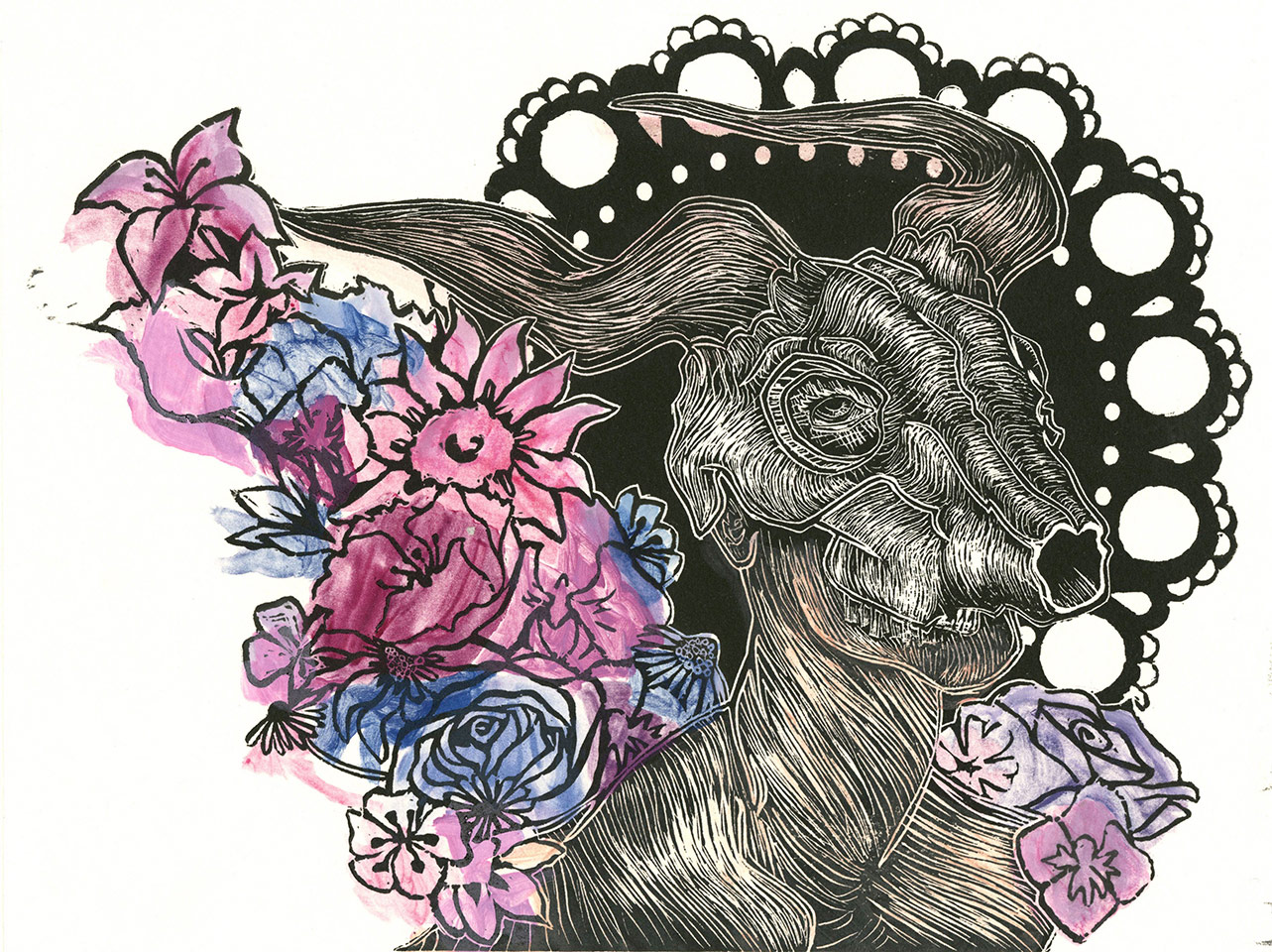
The Painting Program provides students with a nourishing environment that embraces diverse media. The communal studio spaces give students ample opportunities to converse about contemporary art practices and theories. Students are encouraged to experiment with different media. And this has the potential to transform what was originally simply a “painting.”
Yvette Mayorga’s series entitled Borderland consist of installations that evoke overwhelming sensory experiences. To create her life-size installations, which are based on the human body, the artist begins by forming a narrative, which subsequently becomes the structure of the installation. Next, she layers white foam board that is primed with white acrylic paint. Mayorga then begins to decorate the foam with colored acrylic paint, spray paint, frosting, sprinkles, glitter, rhinestones, and found objects, which are usually hidden within the layers. Mayorga uses vibrant colors. A viewer is quickly entranced by the bright shades of gold, pink, orange, and blue, while the textured and intricate details of the work cause a viewer to inspect the installation up-close. Prior to seeing the installation, a viewer’s sense of smell is triggered by the fragrance of frosting; the closer a viewer gets, the smell becomes stronger and even unbearable.
The narratives that are embedded in Mayorga’s installations concern the artist’s position on the politics surrounding the U.S. and Mexico borderlands. In her work, such political narratives are juxtaposed with the American board game “Candy Land.” The cloying sweetness of the frosting, the vibrant colors are intended to represent the American Dream, as the media in the U.S portrays it. The American Dream becomes artificial and seductive. Thus, Mayorga’s work engages post-colonial theory and the relationship between a human being and a territory.
Mayorga has taken inspiration from artists such as Frida Kahlo, especially because Kahlo incorporated aspects of Mexican culture in her work, besides passion and pain in her self-portraits. In her own self-portraits, Mayorga has sometimes emulated Kahlo’s color palette. Besides Kahlo, Nick Cave also provided inspiration to Mayorga. She enjoys his playful use of color and the use of the sound in his performance pieces. West-Coast artists, Juxtapoz magazine, gallery shows: this is where Yvette Mayorga finds politically inflected artwork that inspires her.
What medium/style of art do you practice and how would you describe your art making process?
“My work comes from a low art aesthetic, inspired heavily by comic books, tattoos, graffiti, and cartoons. Typically my process starts with a desire to tell a story- from there I look through old figurative paintings for poses and references to draw from. Titan, Frans Hals, Terbrugghen, and Caravaggio have all contributed significantly to my recent work. After I attach the narrative I want to pursue to an existing painting I look through Jack Kirby books, watch several hours of Lil’ Wayne videos, and aimlessly dig through graffiti pictures on instagram- or snap iphone pictures from the windows of trains and Greyhound buses. Gradually these influences distill into an individual image, and I execute the painting on the largest surface I can find. Finding a place to make the painting happen can have a significant impact on how the image translates to a finished piece on a wall. The different sizes, shapes, textures, and environments of walls demand a certain amount of freestyling to make my paintings work out- and that freestyling is where I have the most fun.”
Do you have a specific favorite artist/genre or style of art?
“There’s a rapidly developing practice of contemporary mural making that I’m really inspired by. I don’t know if it’s fair to call it street art of graffiti because lots of the pieces I’m really drawn to were constructed legally, and often for a pretty large sum of money. There are a lot of artists in this field that I admire. ARYZ, Nychos, How and Nosm, and James Jean are probably my favorites though.”
Do you remember the first time you went to a gallery/art museum that encouraged you to make something?
“Probably the first contemporary piece that really made me think I could try being an artist was a William Kentridge animation I saw at the MCA or the Art Institute, with some of the original drawings displayed to accompany it.”
How do you discover new artists or integrate them into your art? If you feel as if you don’t necessarily draw inspiration directly from artists, where do you find creativity?
“I usually look to the Internet first for new artists, but it’s a lot more rewarding to discover people in real life. Seeing a mural or a really excellent tattoo is one of my favorite ways to discover a new artist, because there’s a much more honest connection to their actual work.”
Who is your most inspirational artist?
“I have a lot of artists that inspire me! Some of them are ones I've known for a long time and sometimes I find amazing artists online (like on Pinterest, Buzzfeed, or just searching the web) but I'd honestly have to say my most inspirational artist was my art instructor I had when I was in the third through eighth grades. Because of her, I have grown into the artist I am today. Her name is Carla Inwood and she taught me everything I know from my beginning years. She is a fantastic painter. She used to hold classes in her home and her paintings would surround me and I would just stare at them in awe. All of my teachers, professors, and people who have guided me through my artistic journey have influenced me, but Carla Inwood definitely inspired me the most.”
What is your art process?
“My art process differs for each type of art I do. I can draw, I can paint, I can design graphics, and I can do industrial/three-dimensional design work. But if I had to give you a general art process for everything I do, I would say that I first start with inspiration. Either something inspires me right off the bat and then I go from there, or I have to look for it. But I have to be inspired. Then I begin gridding things out, planning my ideas, drawing and sketching a million times, re-thinking my ideas, failing miserably, starting all over again, and perfecting it. But the most important part is failing, because it always leads to a better idea and better results. It's a good lesson for all artists to learn and I'm glad I learned it early.”
How has your inspirational artist shaped how you view art, approach art, and make art?
“Carla Inwood, my instructor from when I was eight- and fourteen-years old, impacted everything. She made sure I was well informed of every aspect of art from seeing shapes instead of objects, perspective, shading, technique....just everything. She shaped me by example. I watched everything she did with a close eye and I mimicked as best as I could. I think doing that at a young age truly transformed the way I view, approach, and make art.”
What made you interested in art?
“I can't even answer this question! :) I have been interested in art since before I can remember...my Mom likes to tell the story about how when I was two-years old and I had a Magnadoodle (remember those? Google it) and how I would just sit for hours and draw people and places and things. She said she was amazed. And if I drew something pretty good, she would take a picture of it. So I have been interested in art my entire life. I couldn't imagine ever doing anything different than art with my life. I know it is my passion and what I am meant to do. My only problem is that I love so many different types of art and design that I still don't know what I want to do exactly with it! I guess we will see what will happen in the future!”
Hannah Desch
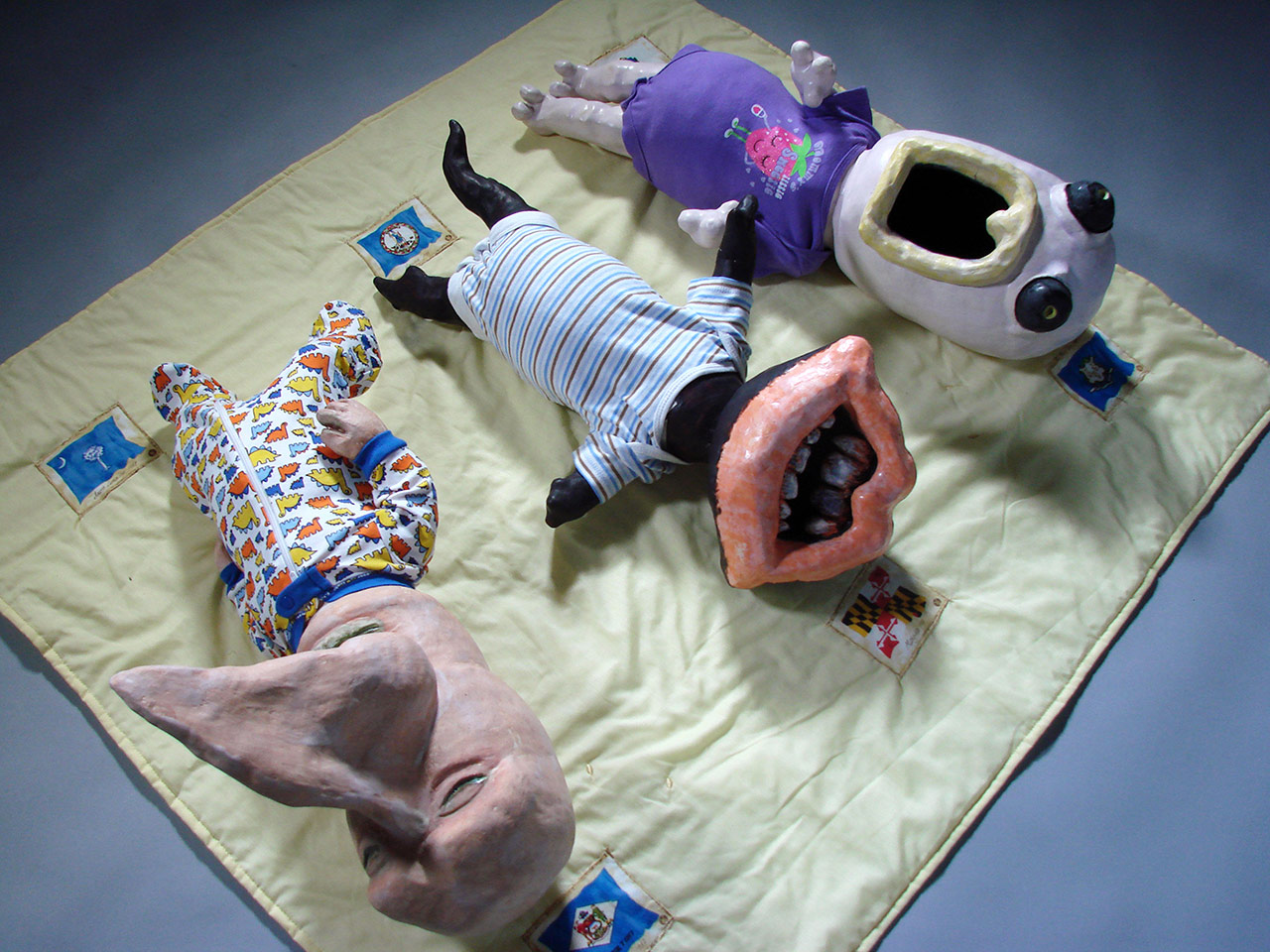
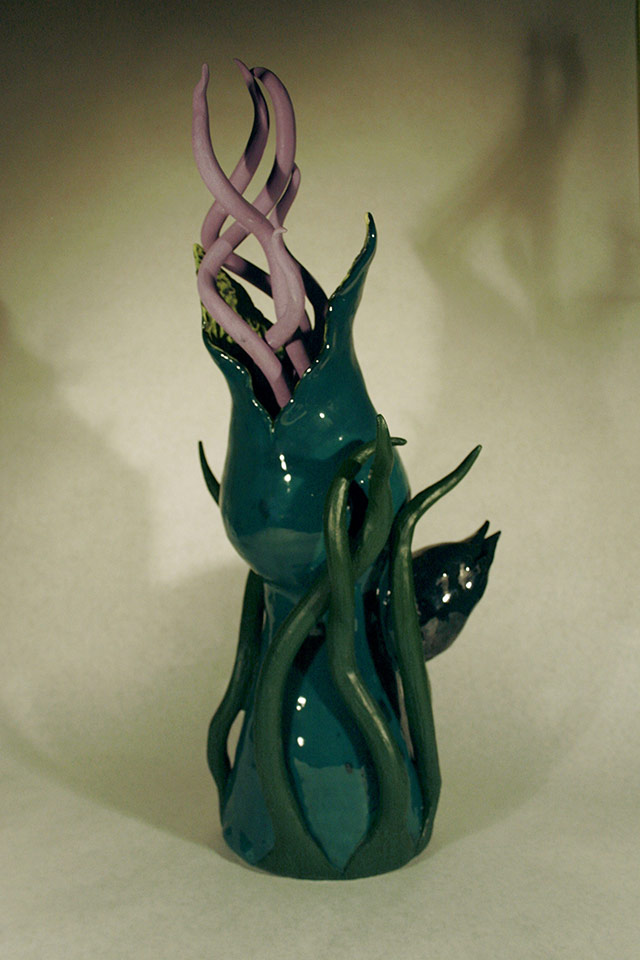
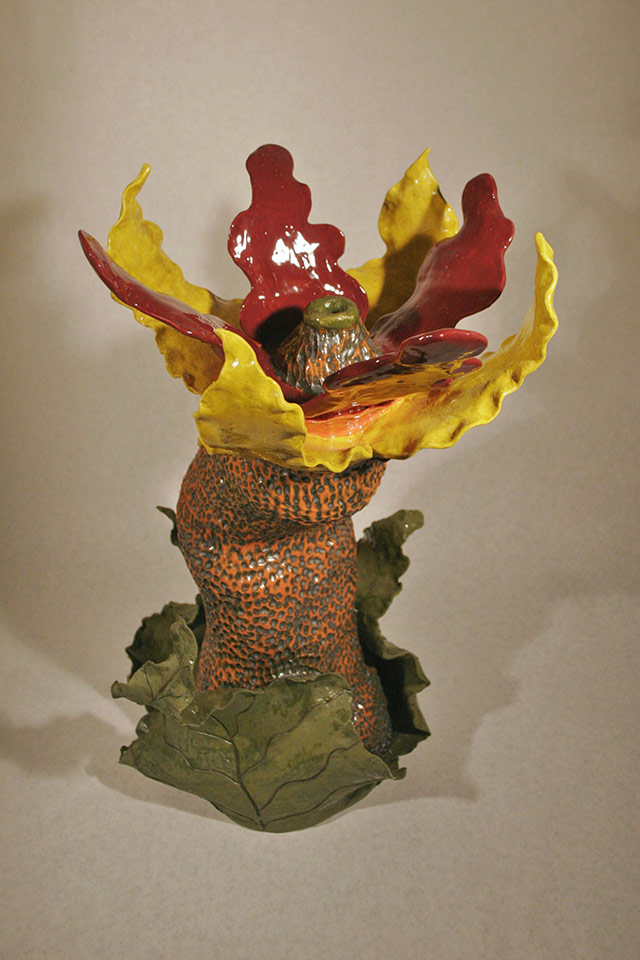
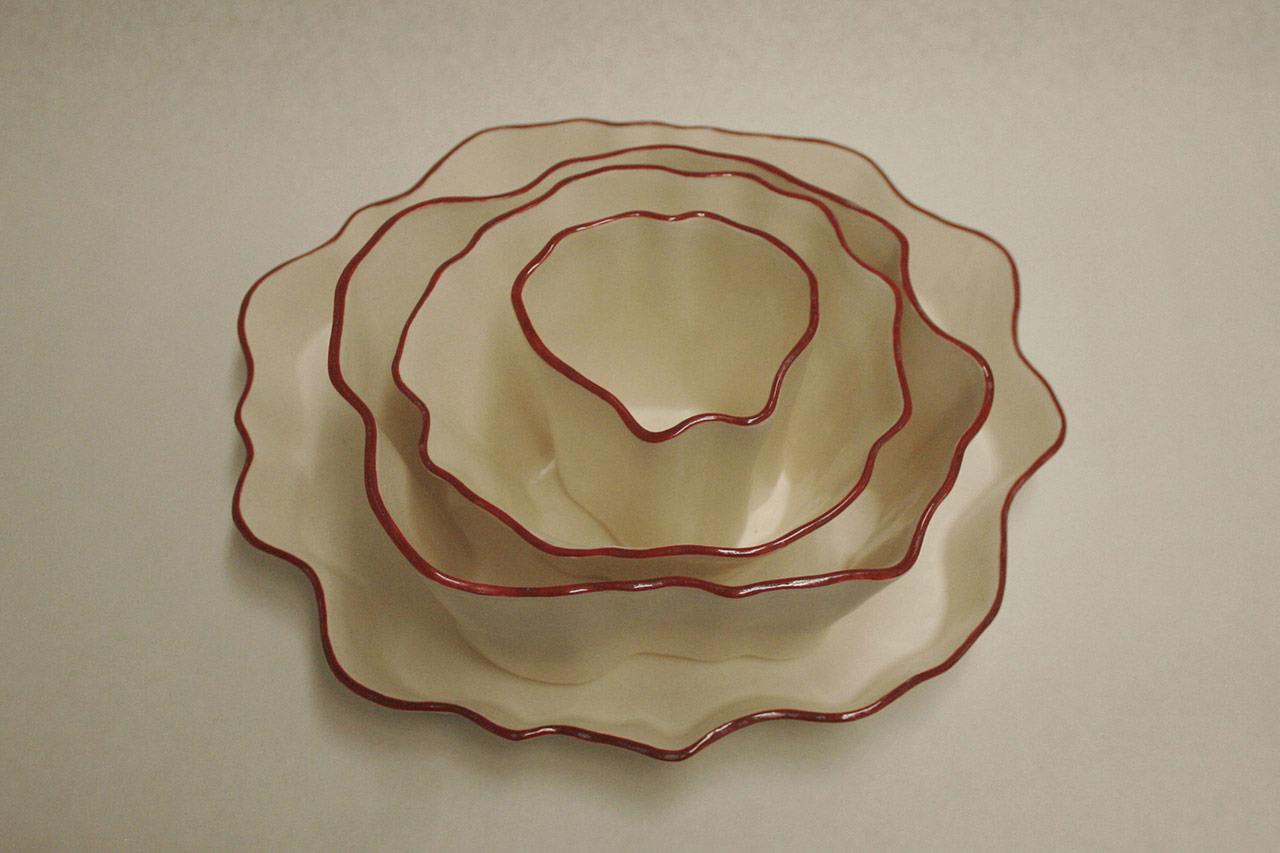
Emmett P. Boblick
Vanessa B. Burritt
Denise Castaneda
Sarah E. Chaney
Yu-Hee Chung
Nicholas J. Curtin
Eduardo Diazmunoz
Andrew G. Fishel
Matthew A. Glickson
Evan D. Jarzynski
Audrey S. Javier
Nini Kao
Courtney P. Lai
Matthew S. Lanter
Monique Marchwiany
Maggie S. Michael
Avsar J. Modi
Hyo Ri Nam
Elaine M. Palutsis
Daryl T. Quitalig
Nathalie M. Rock
Derek T. Steinweg
Heather L. Stickney
Rachel D. Weissman
Michael K. Wernert
Shelby S. Wills
Ellen C. Winston
Michael Zhang
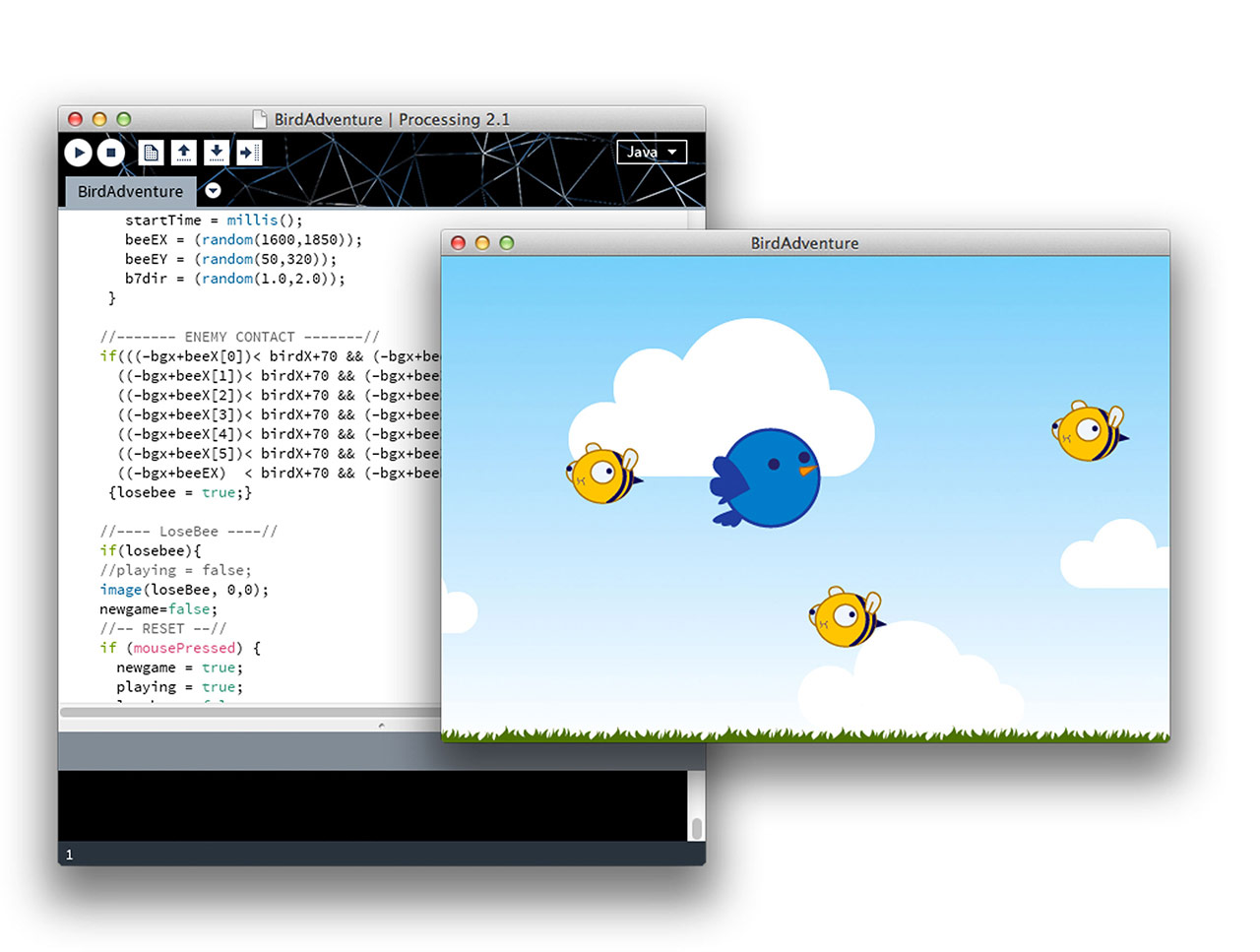



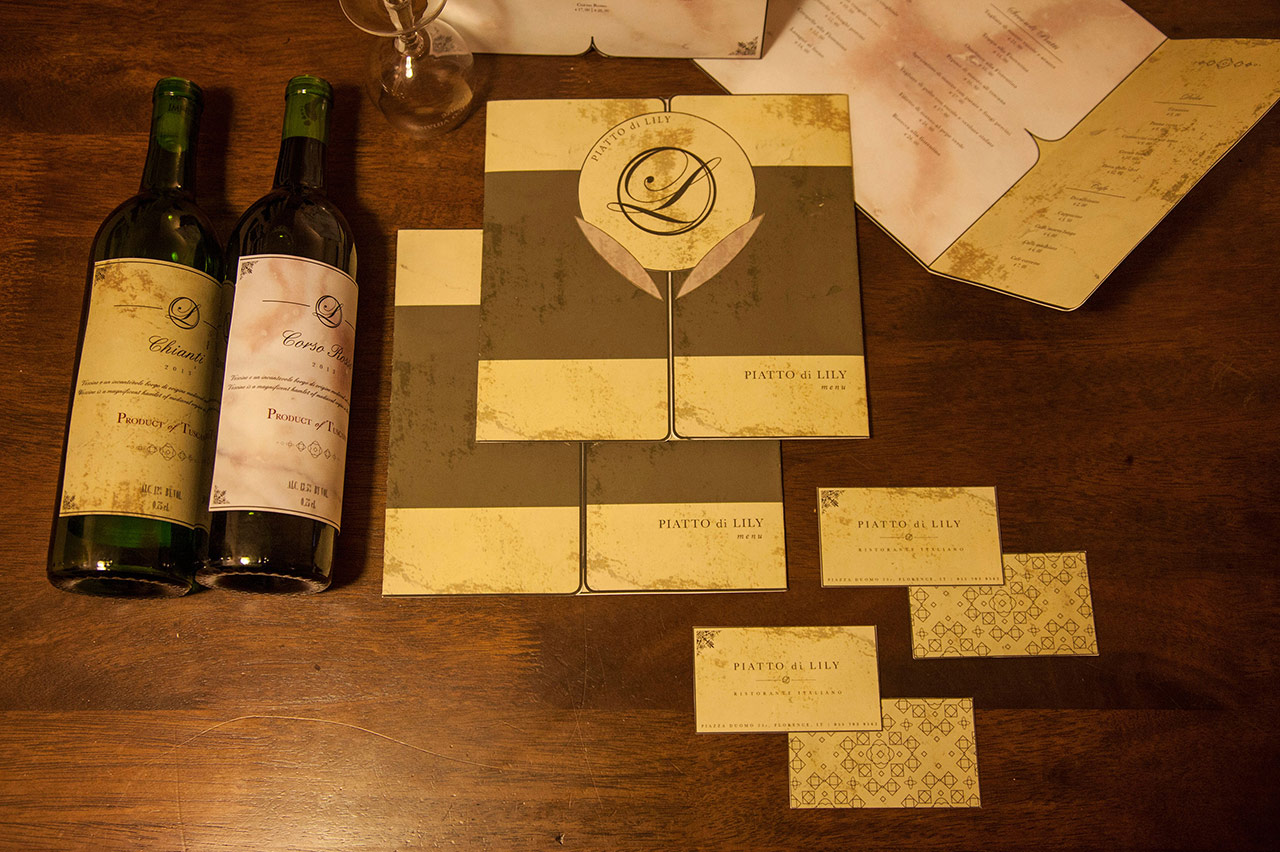
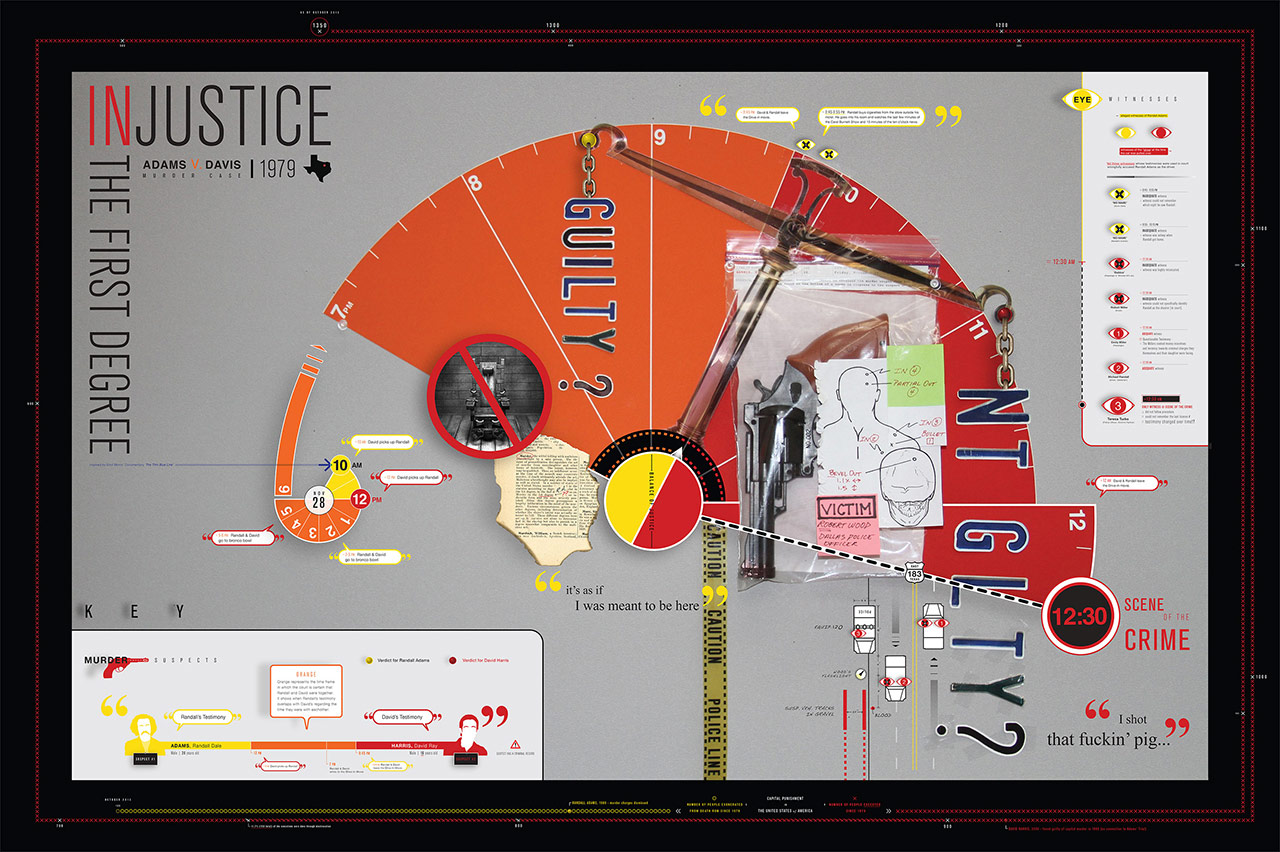
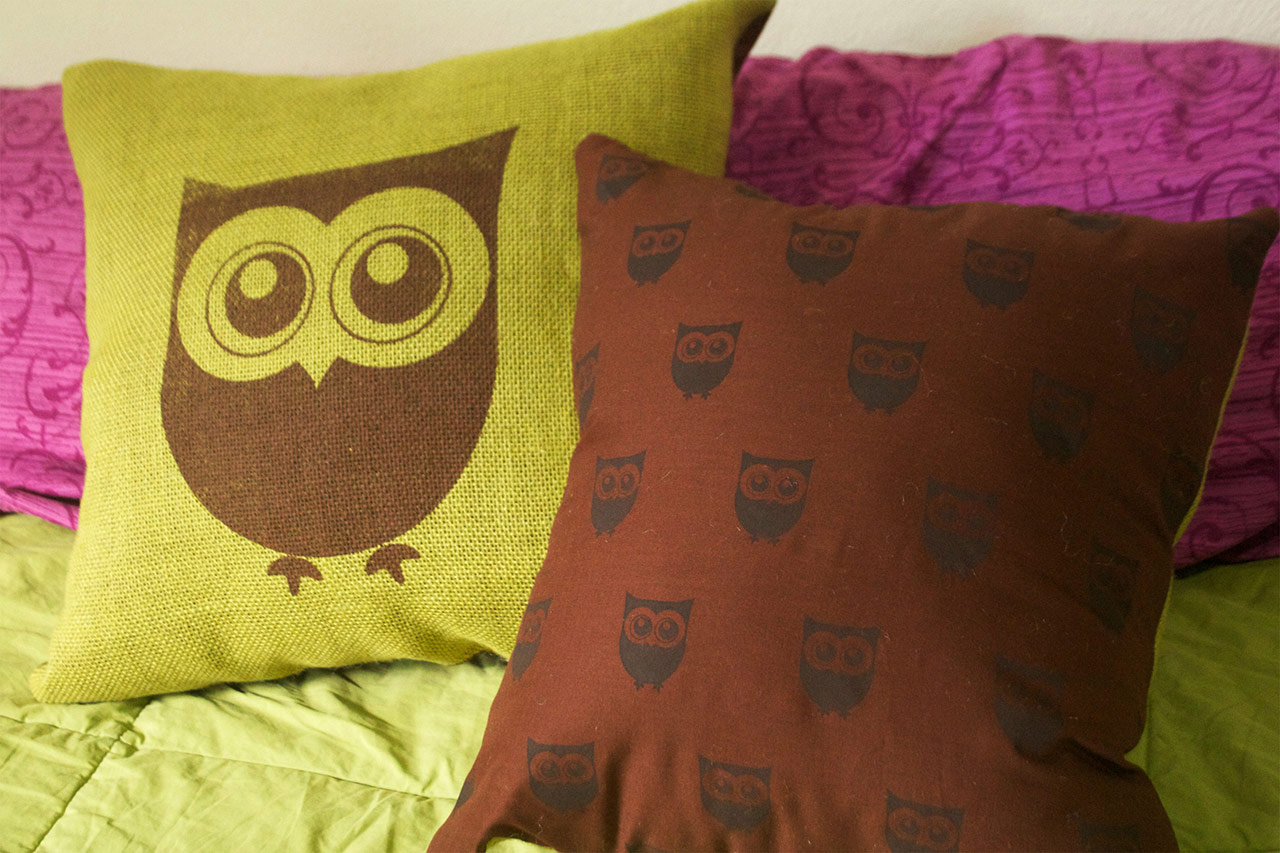

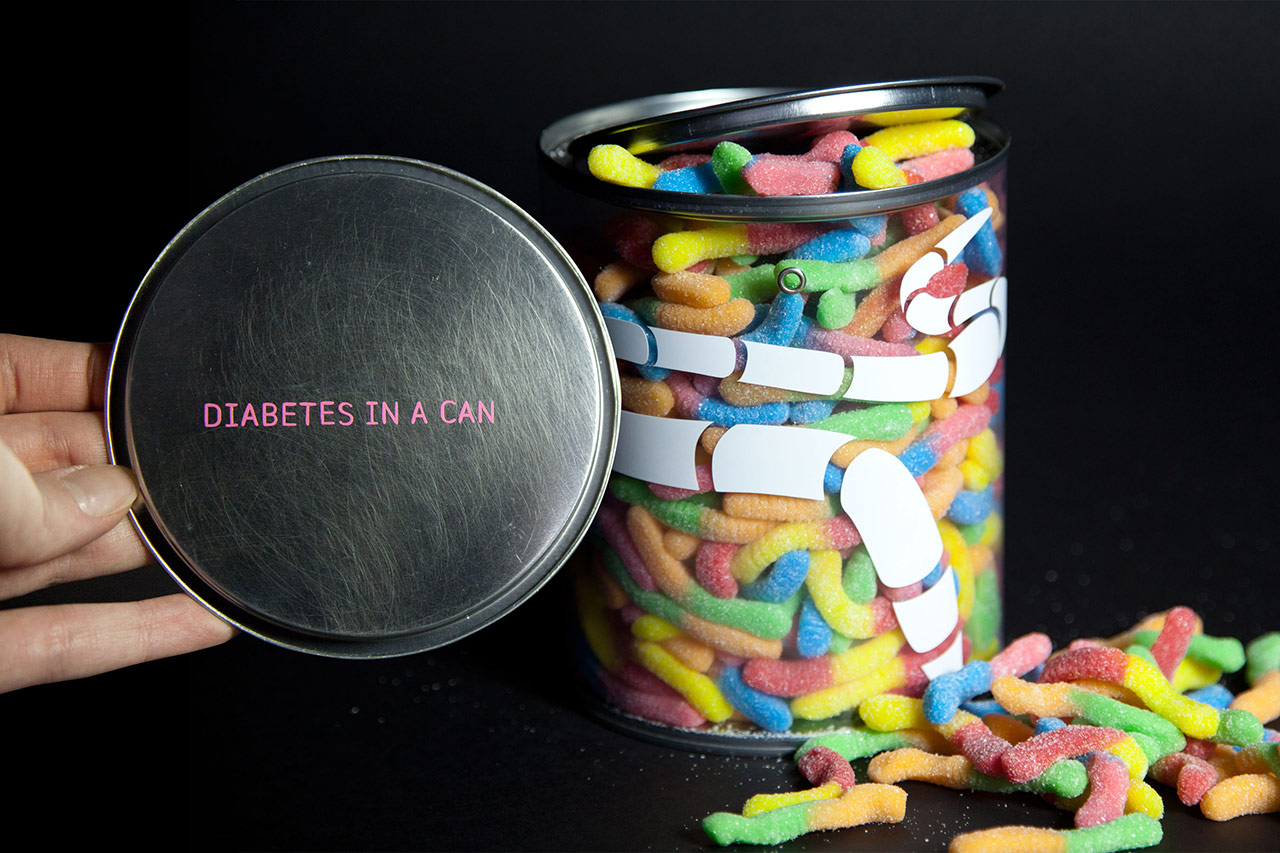

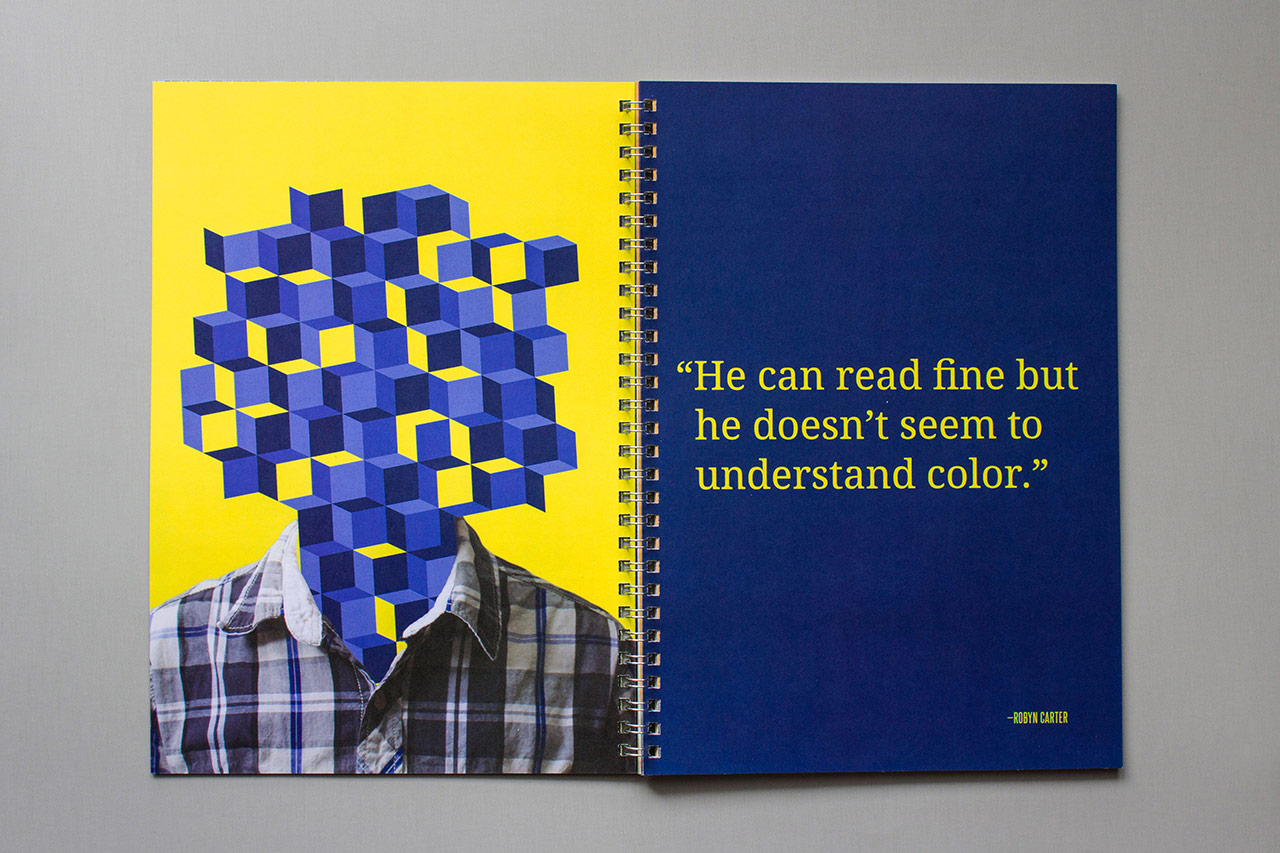
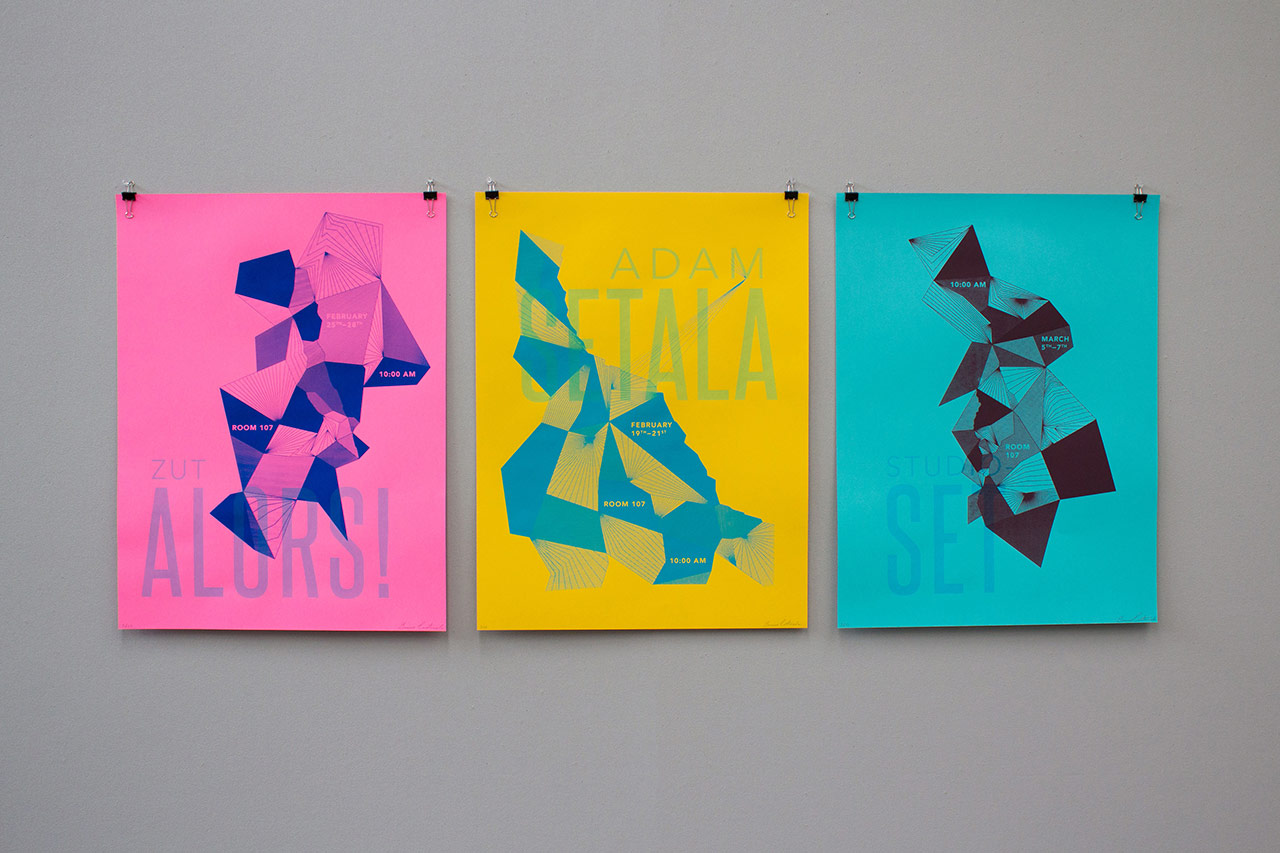
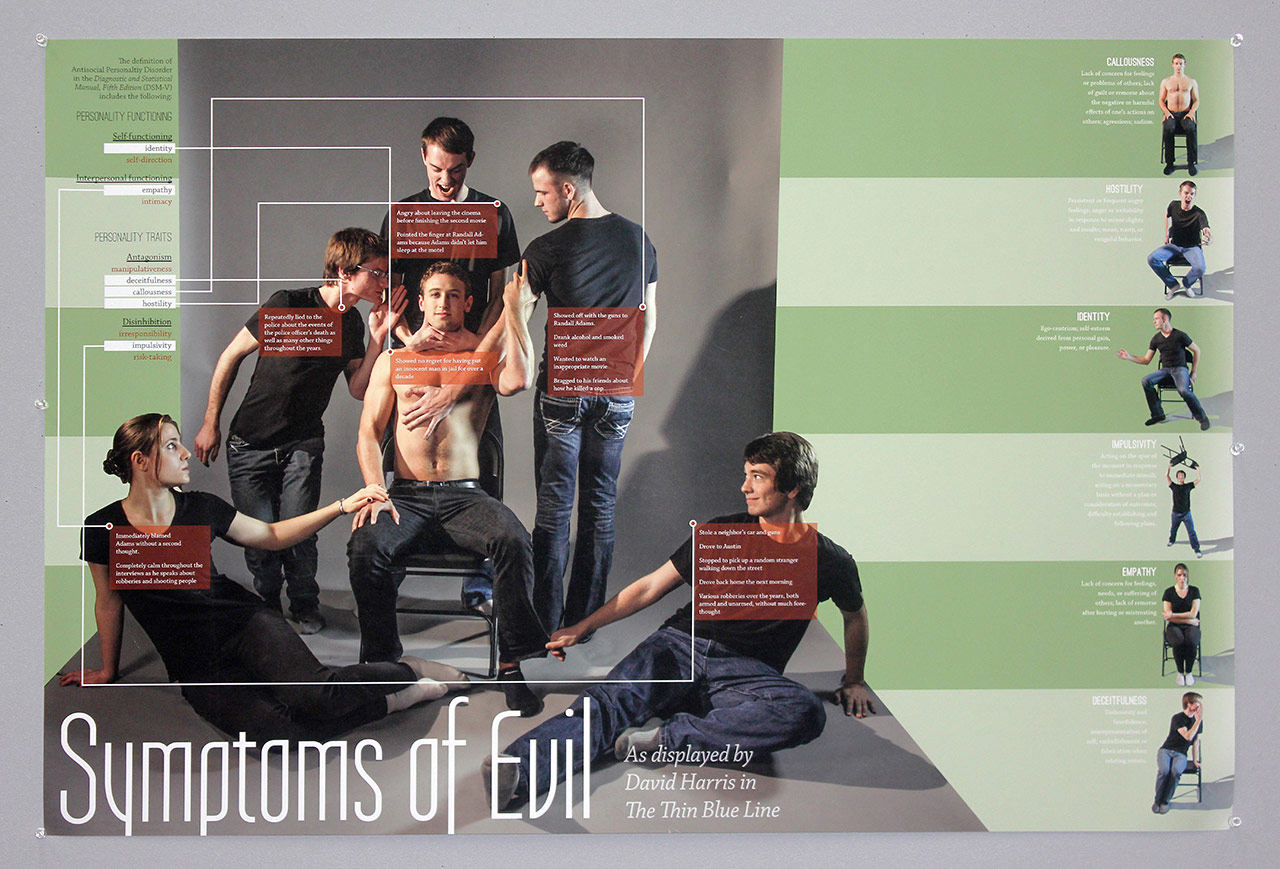
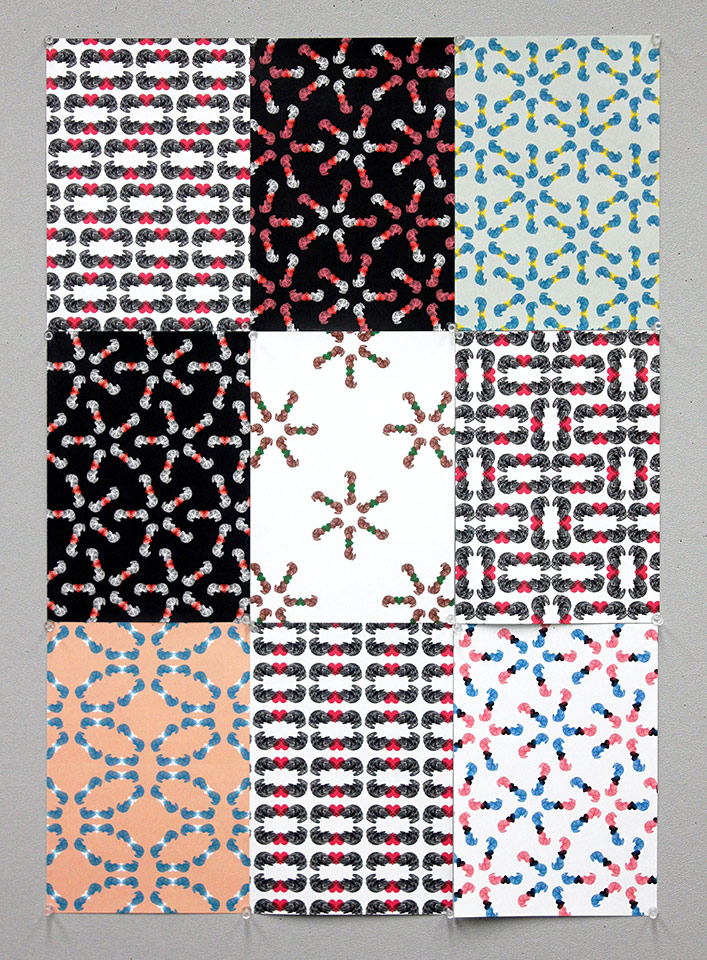
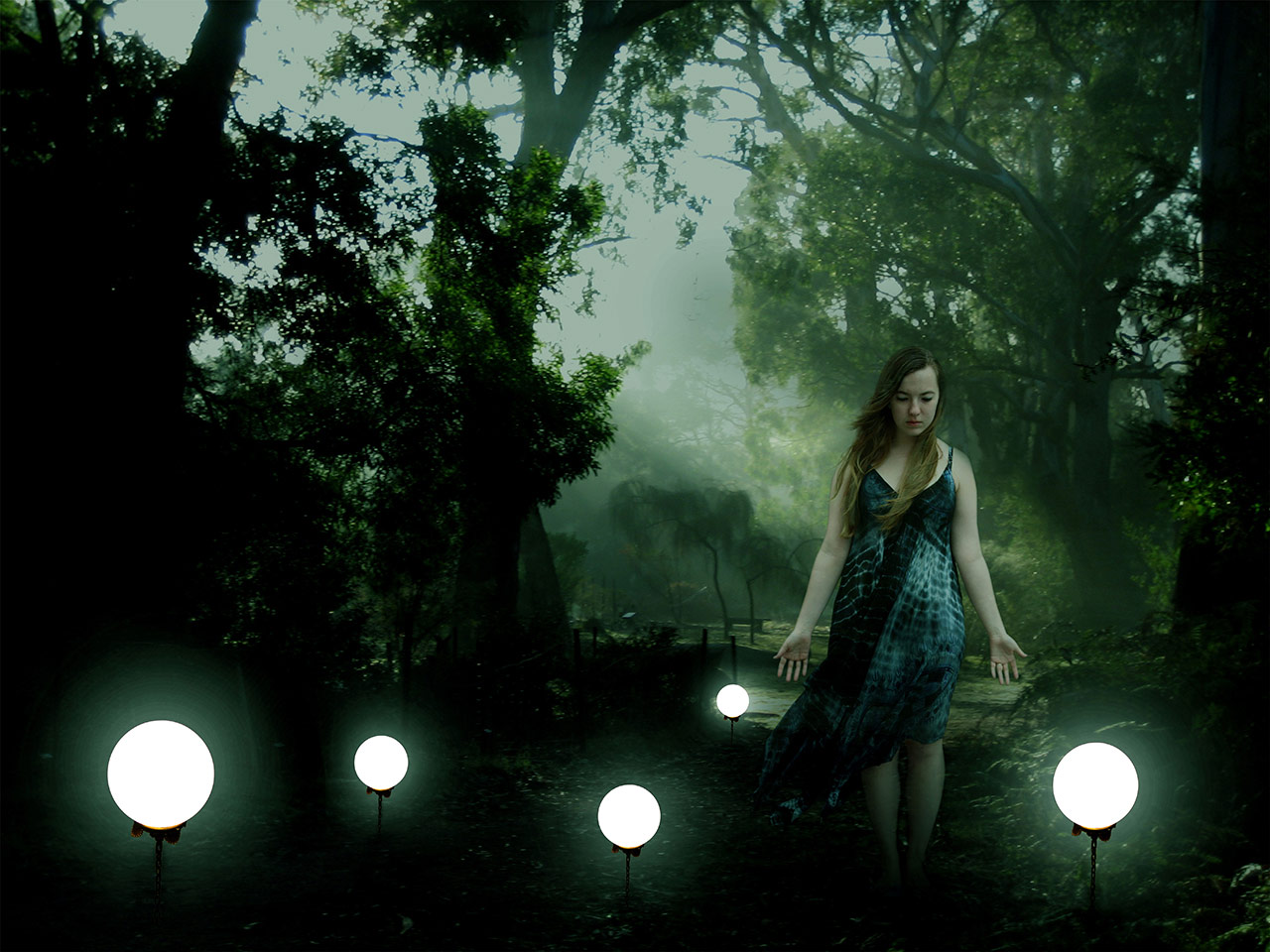
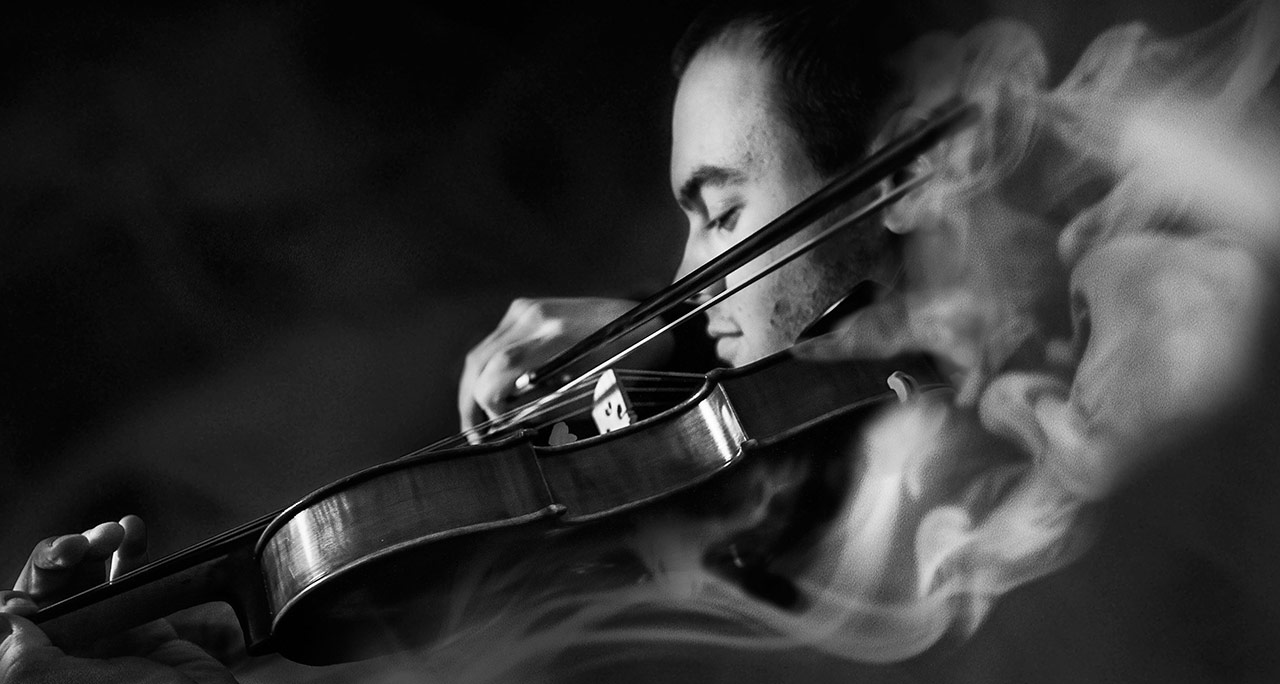

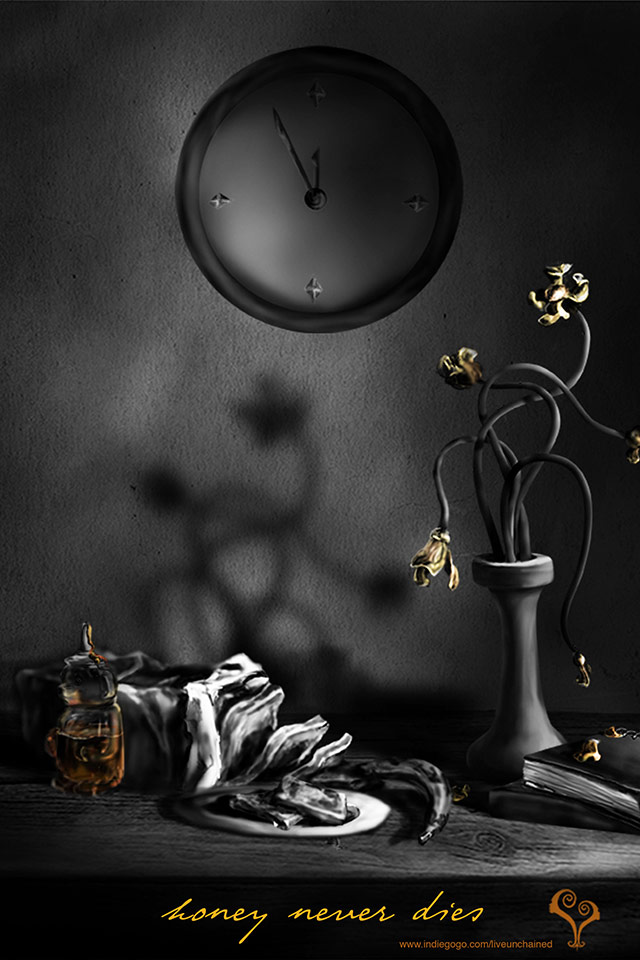
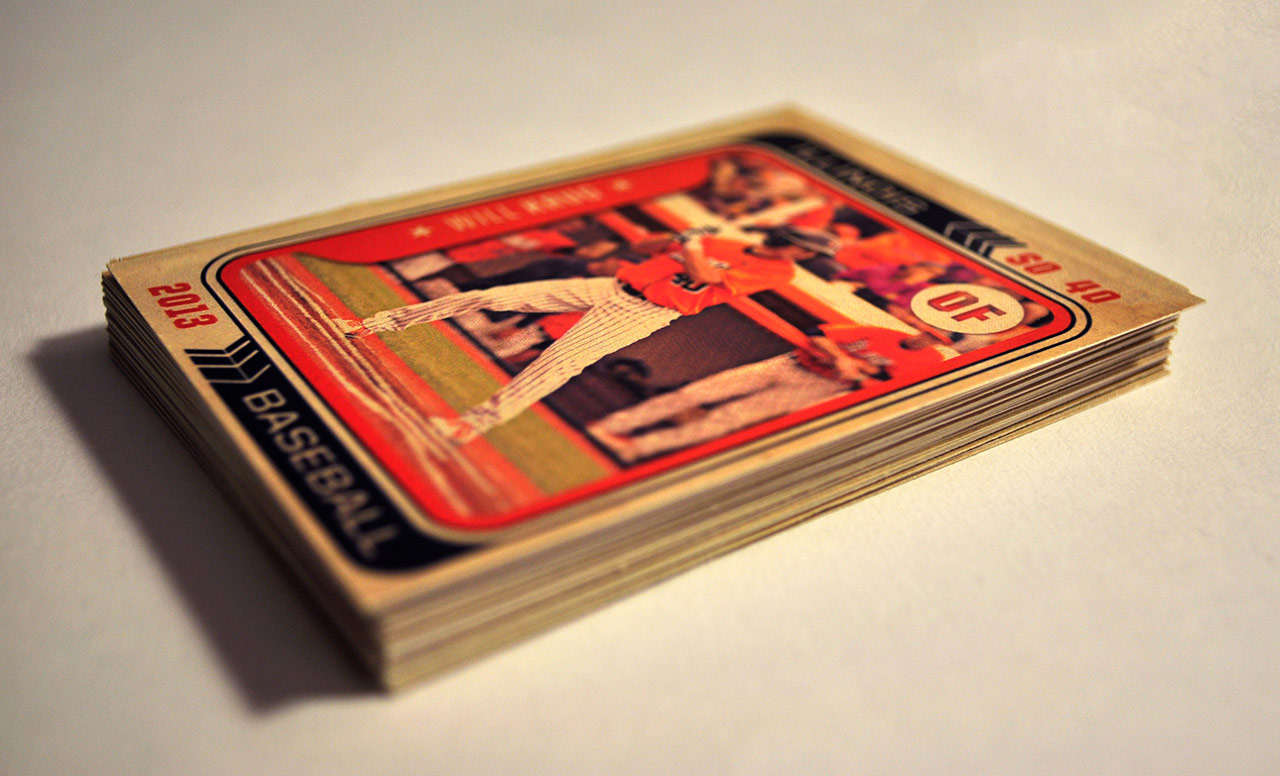
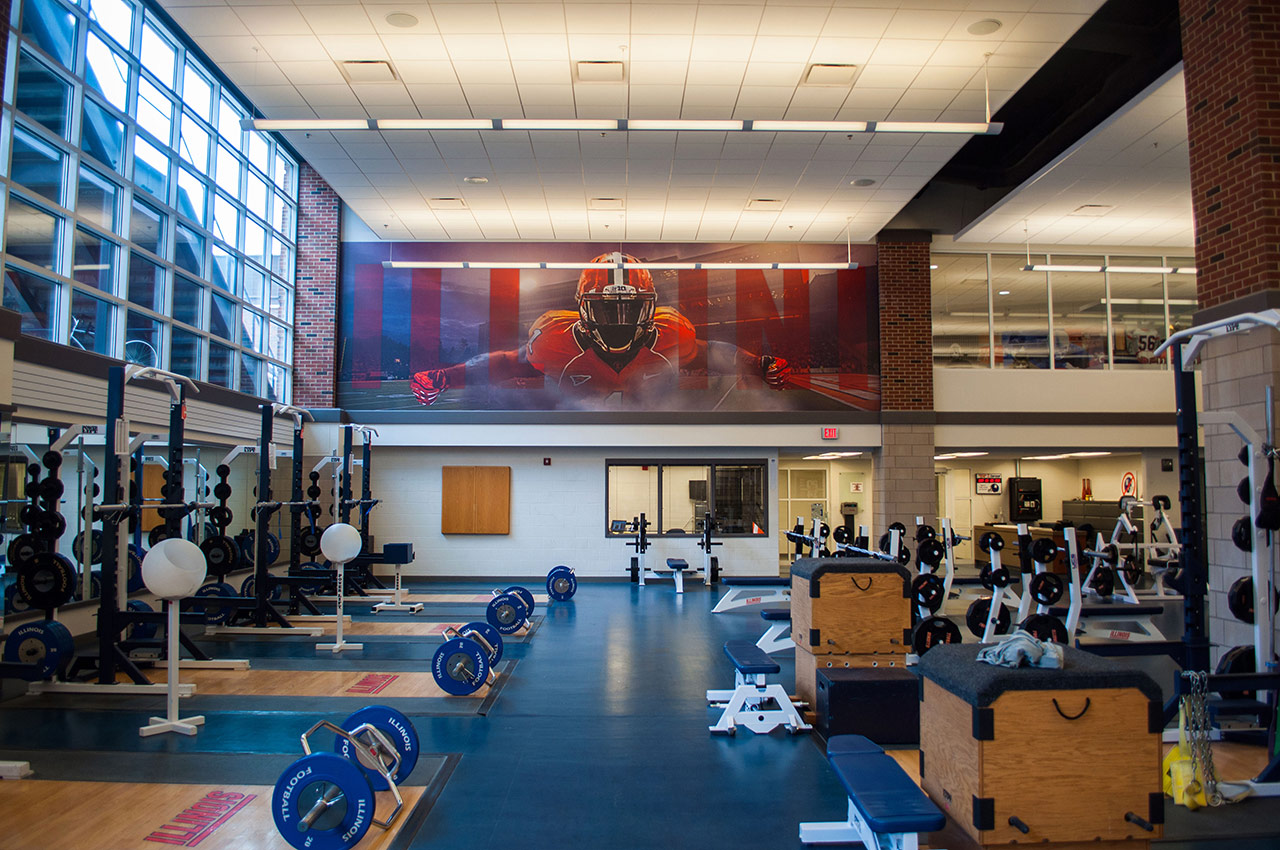
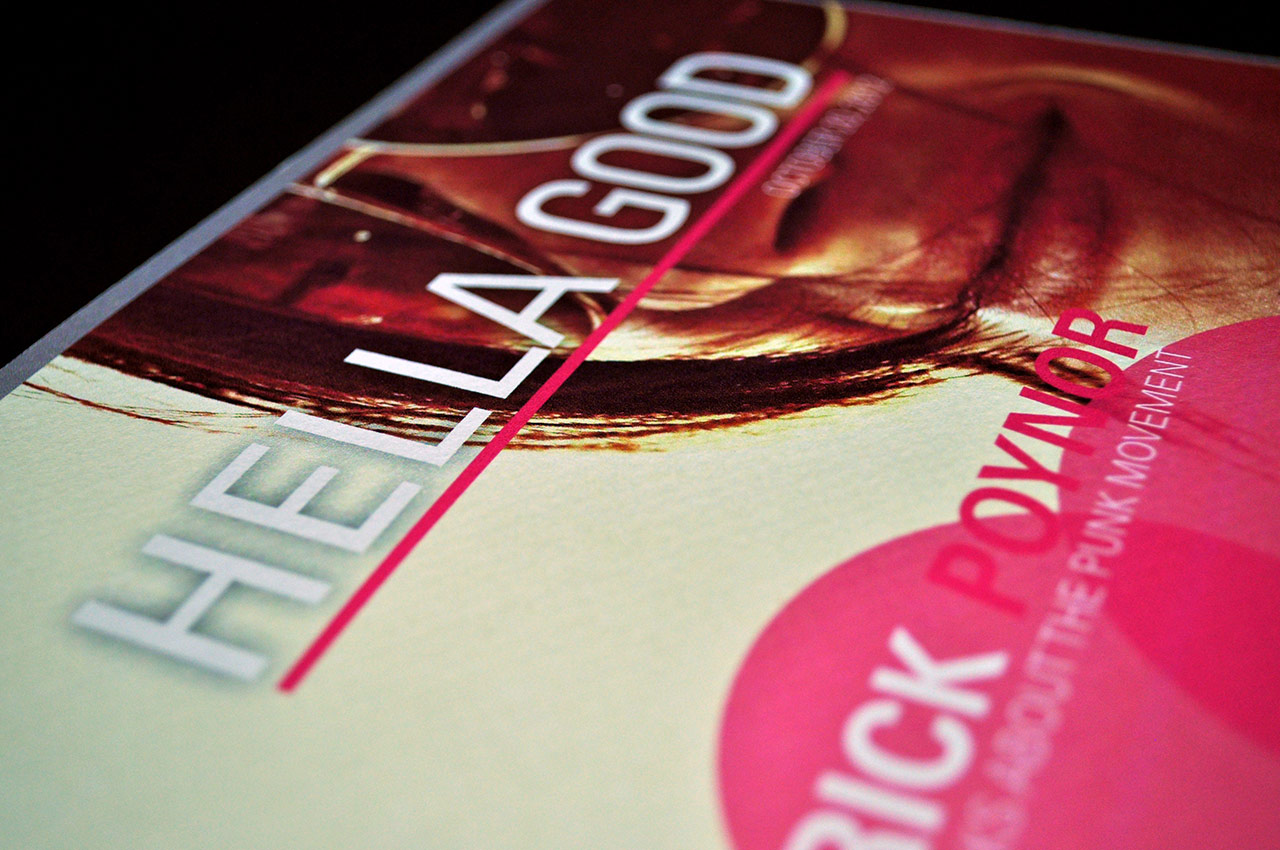
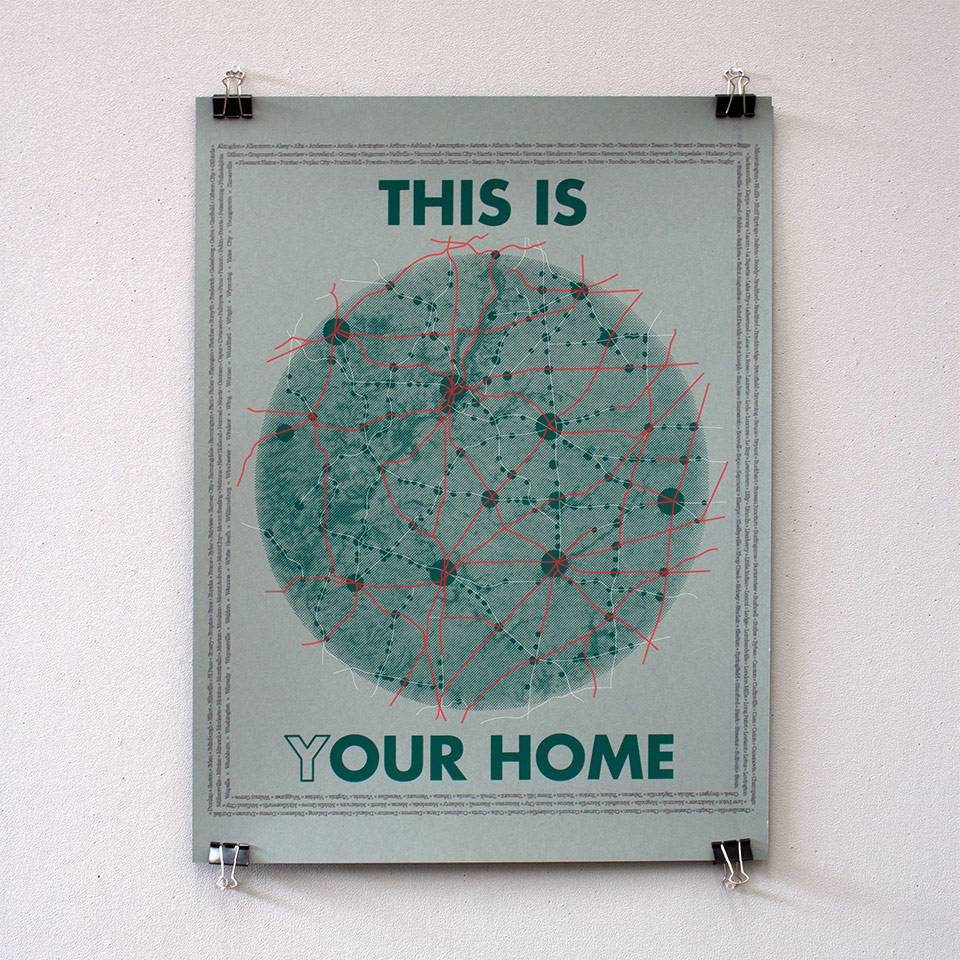

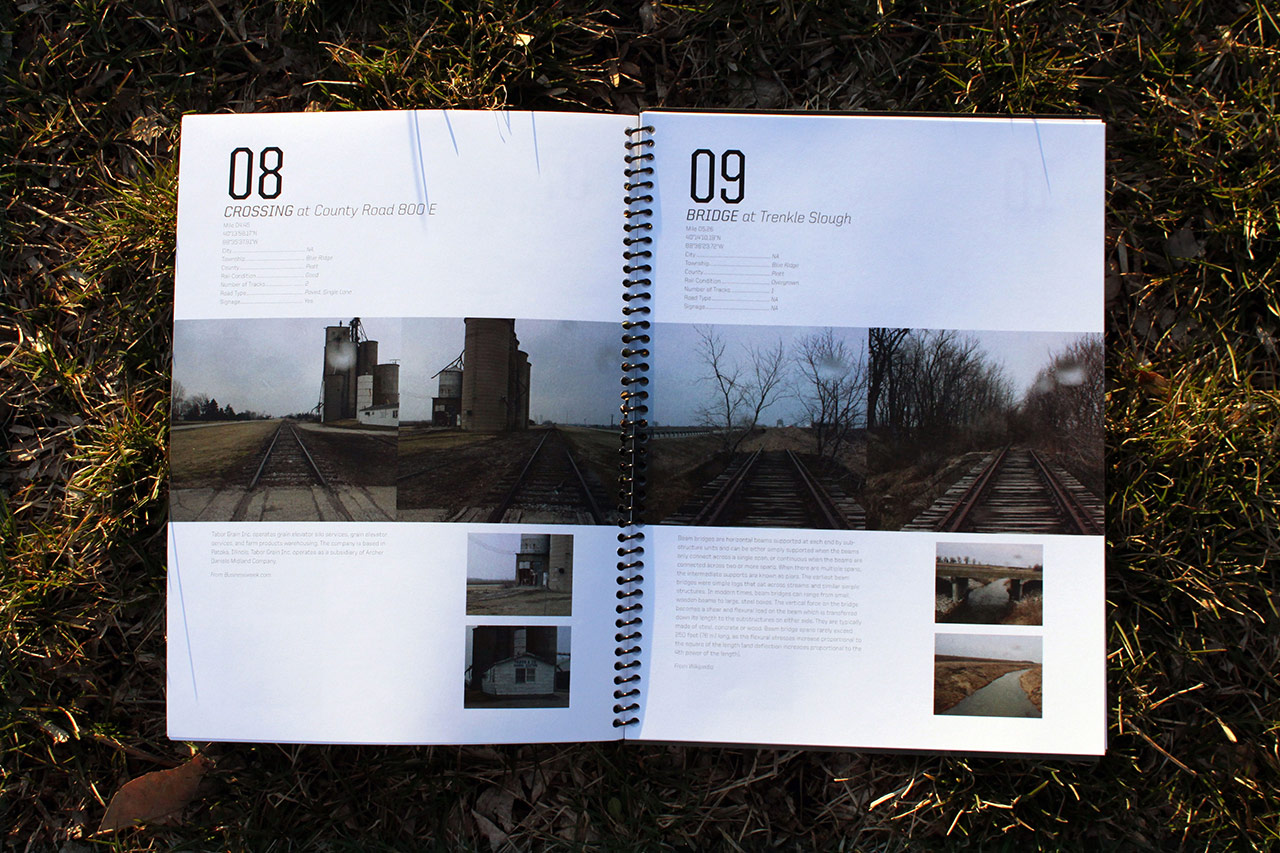
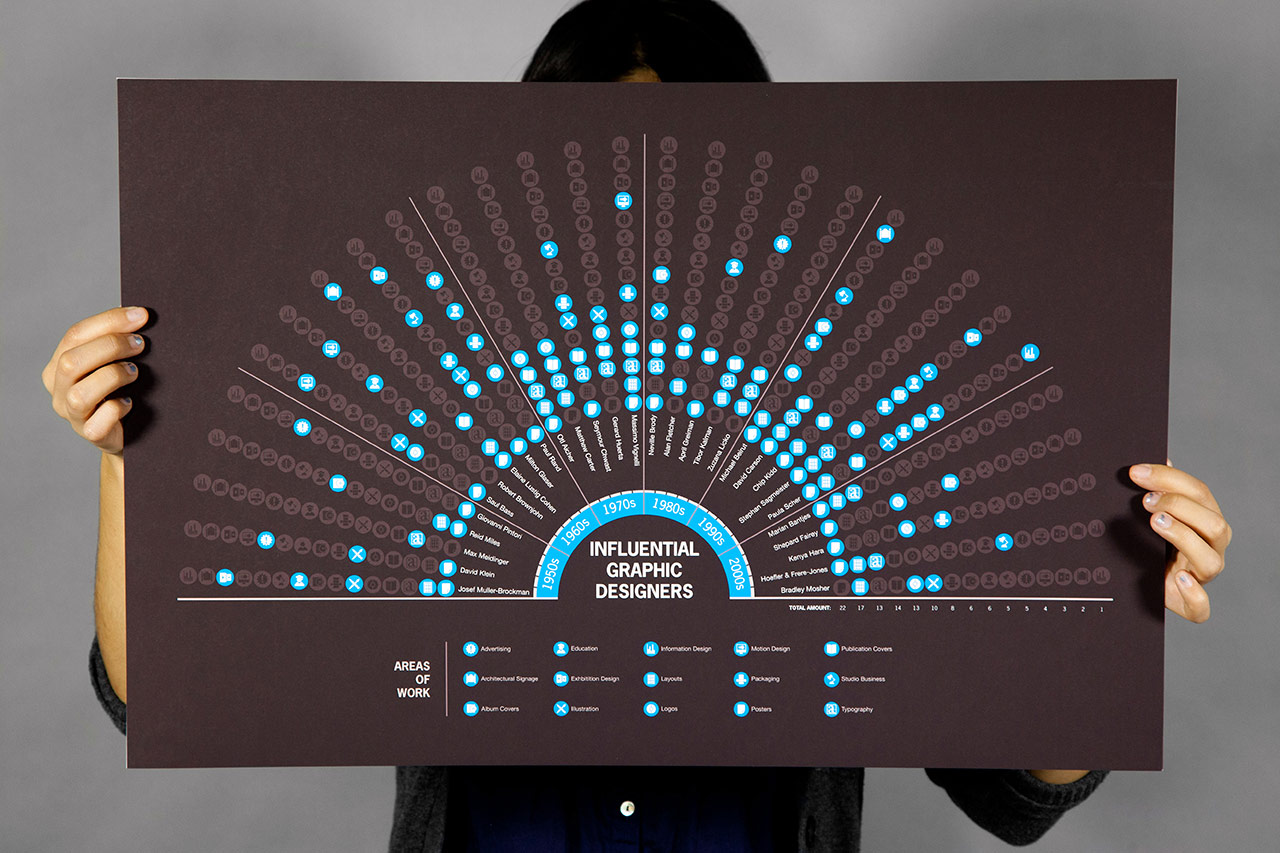
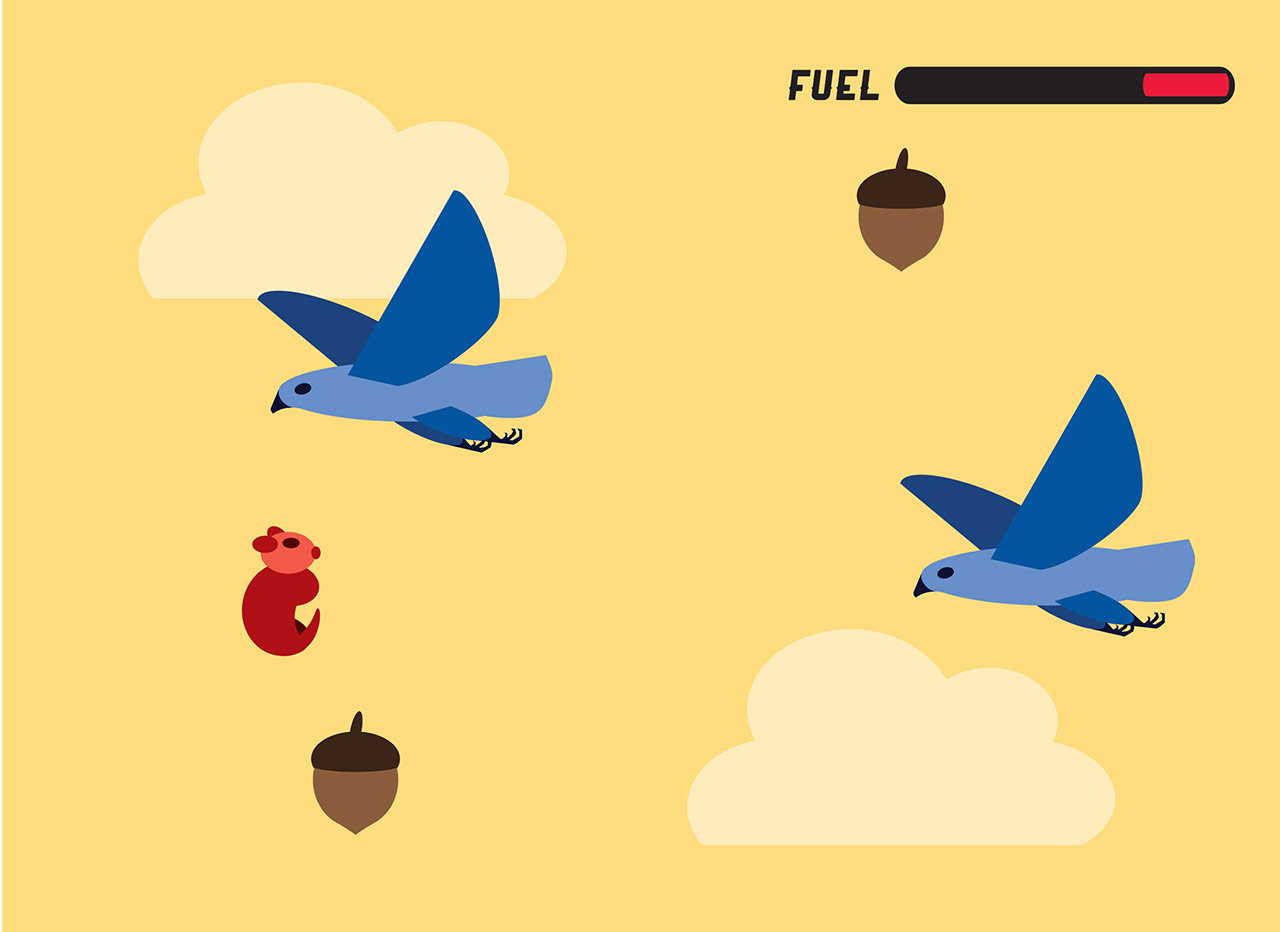
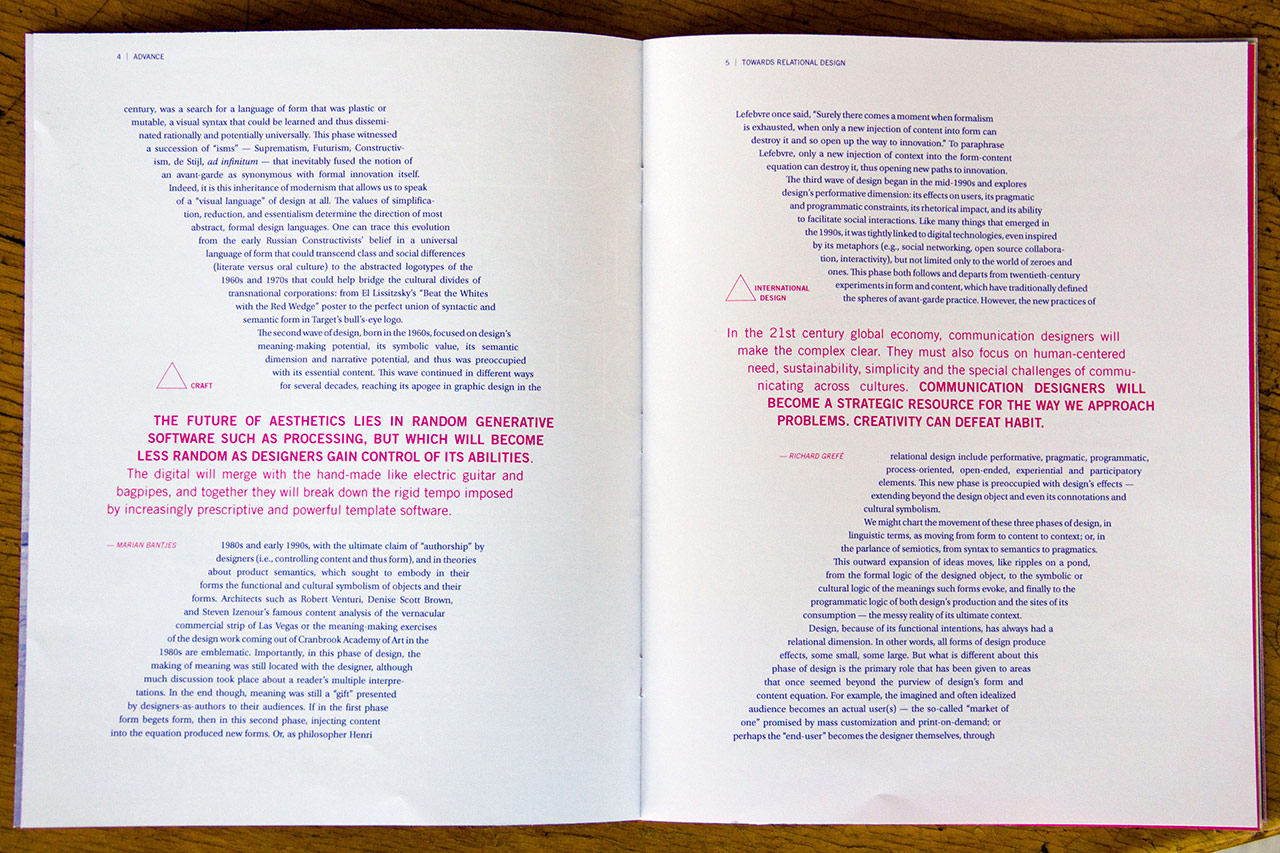


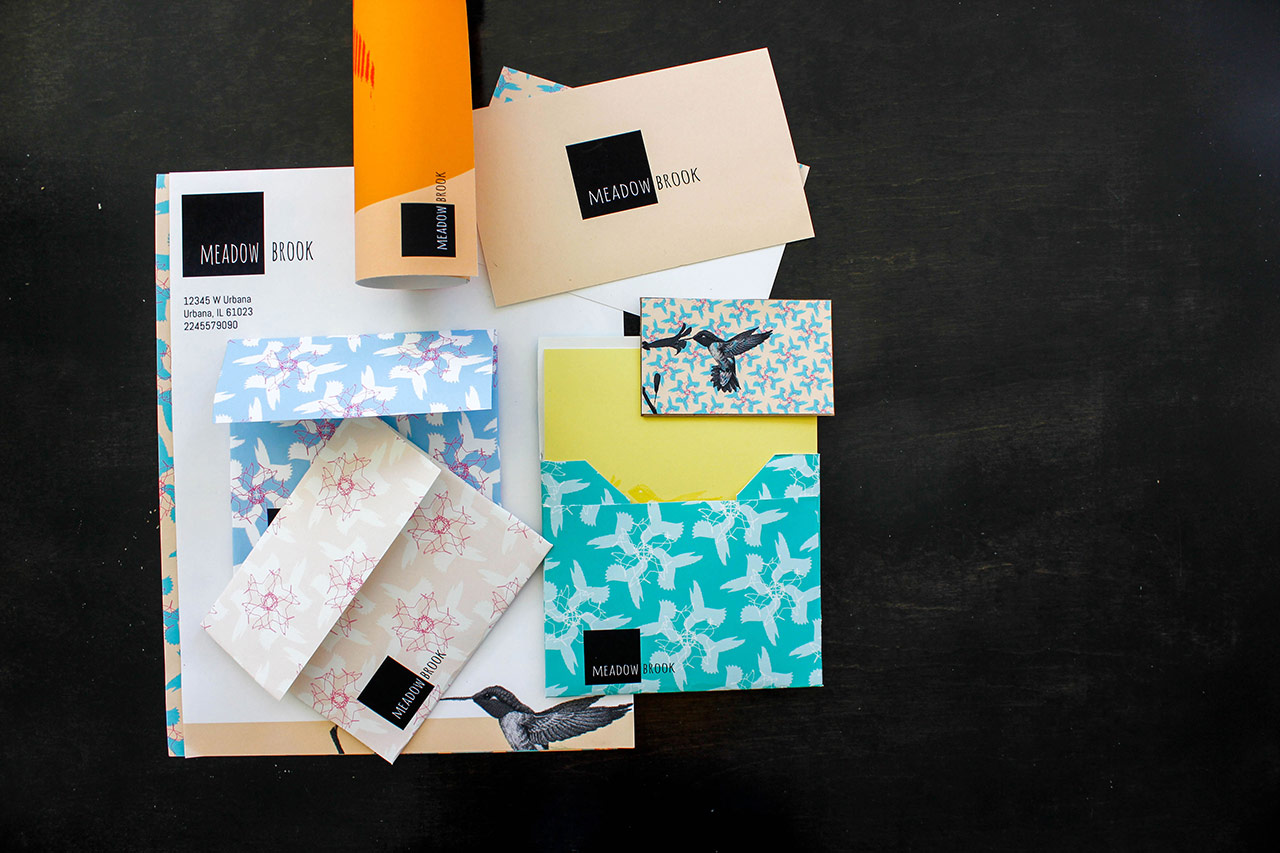

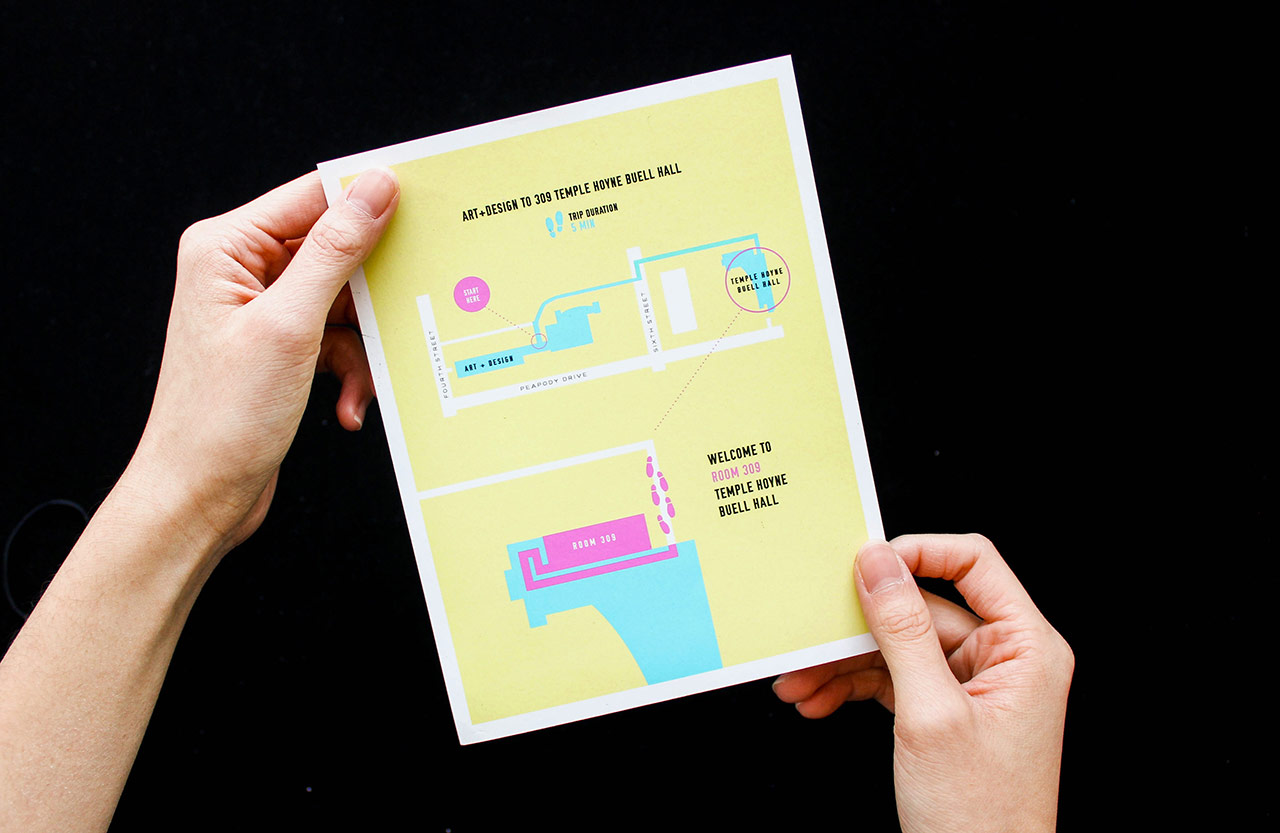
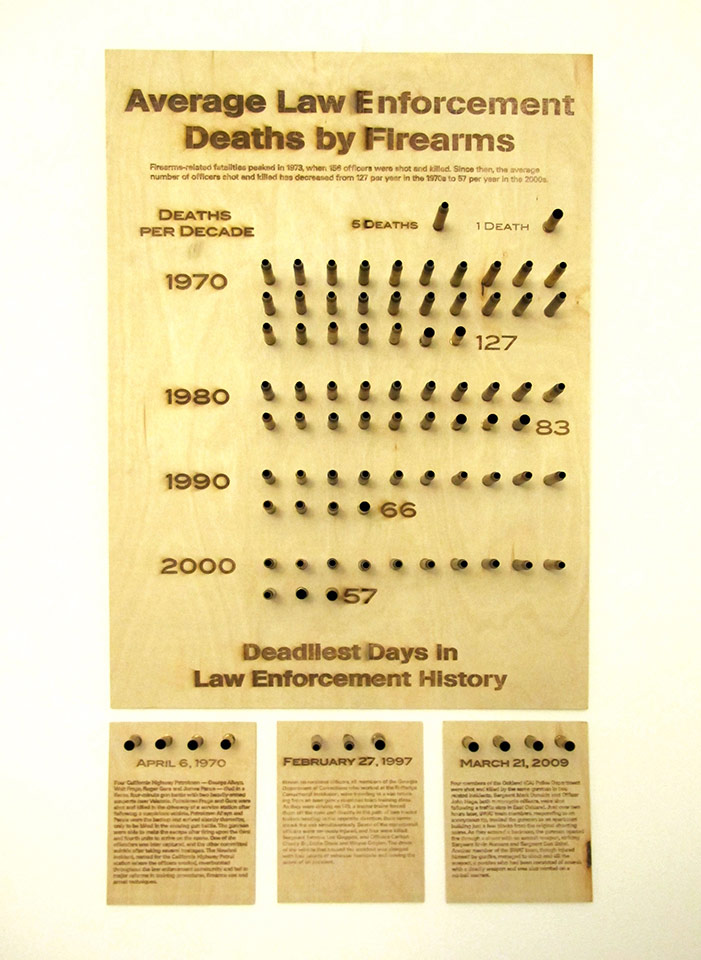
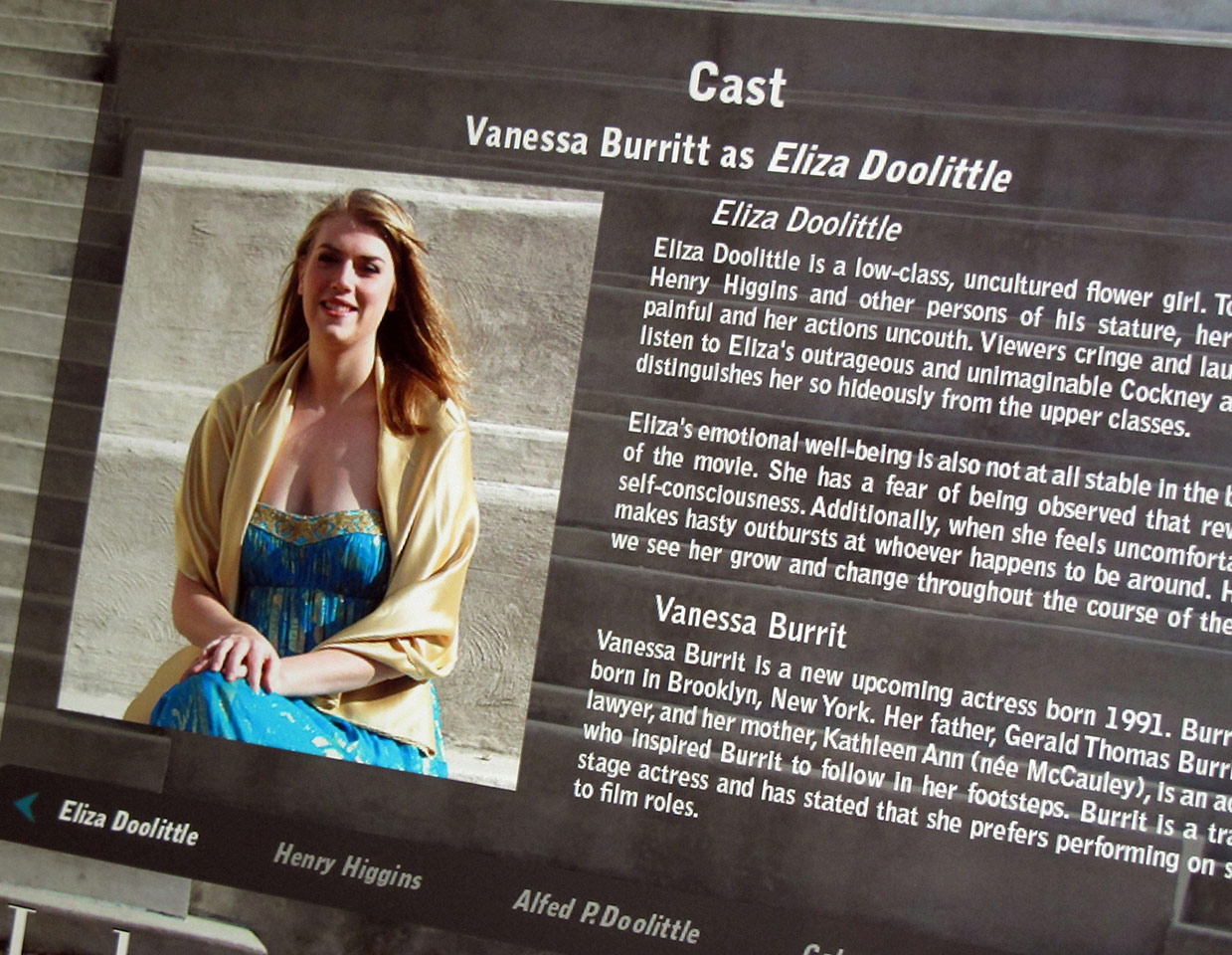

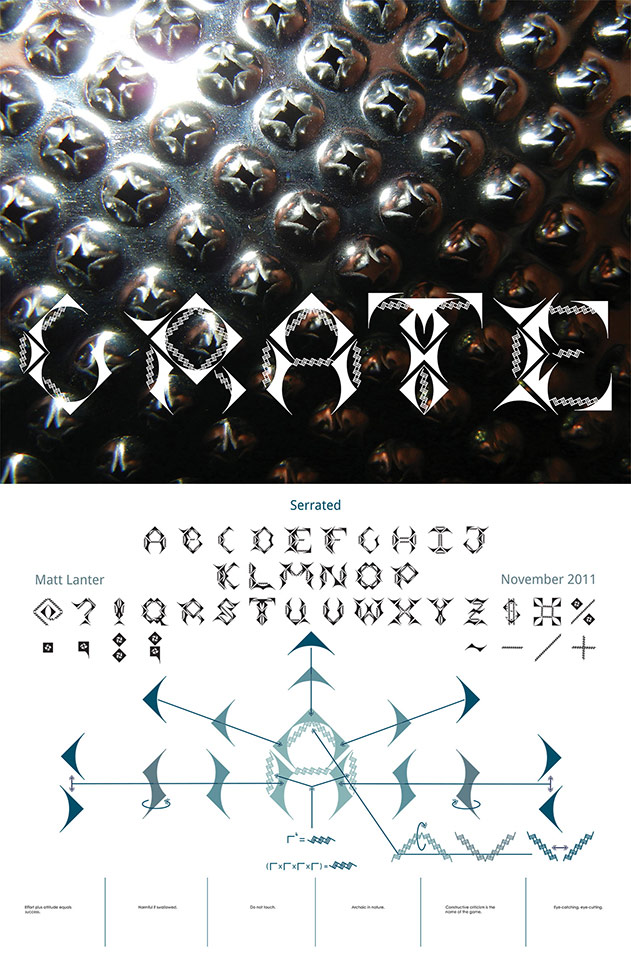
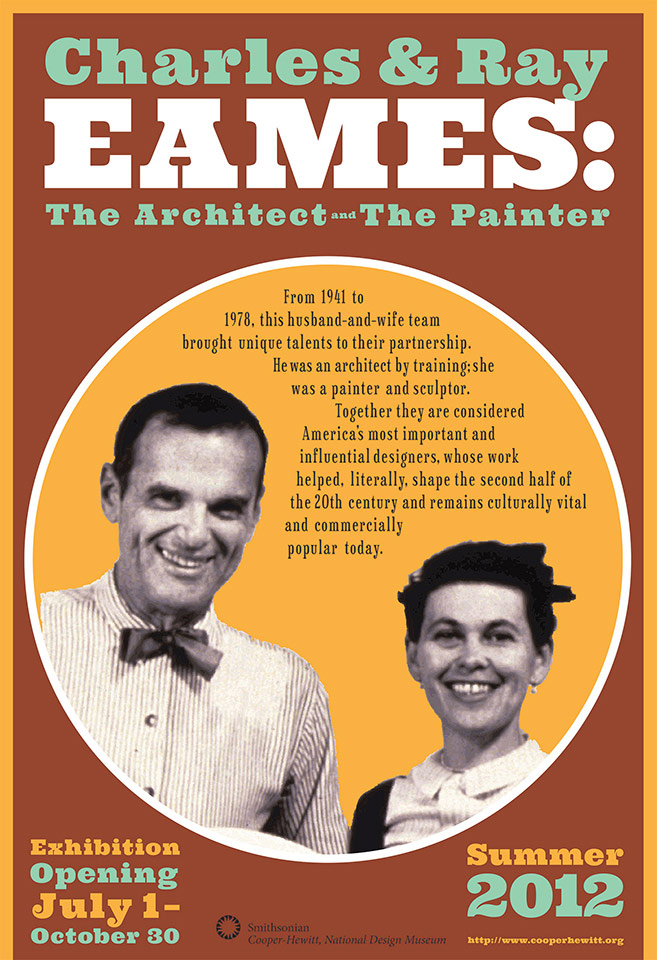



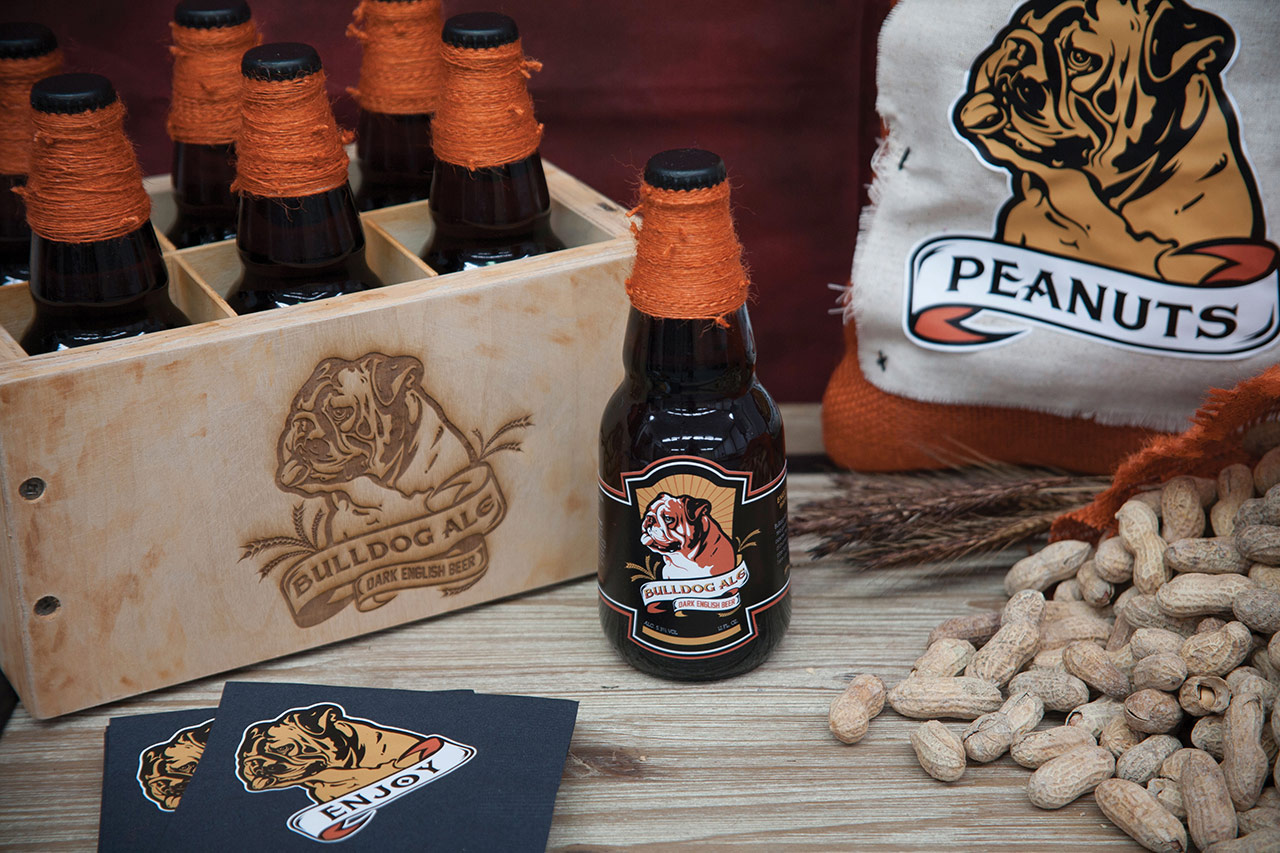

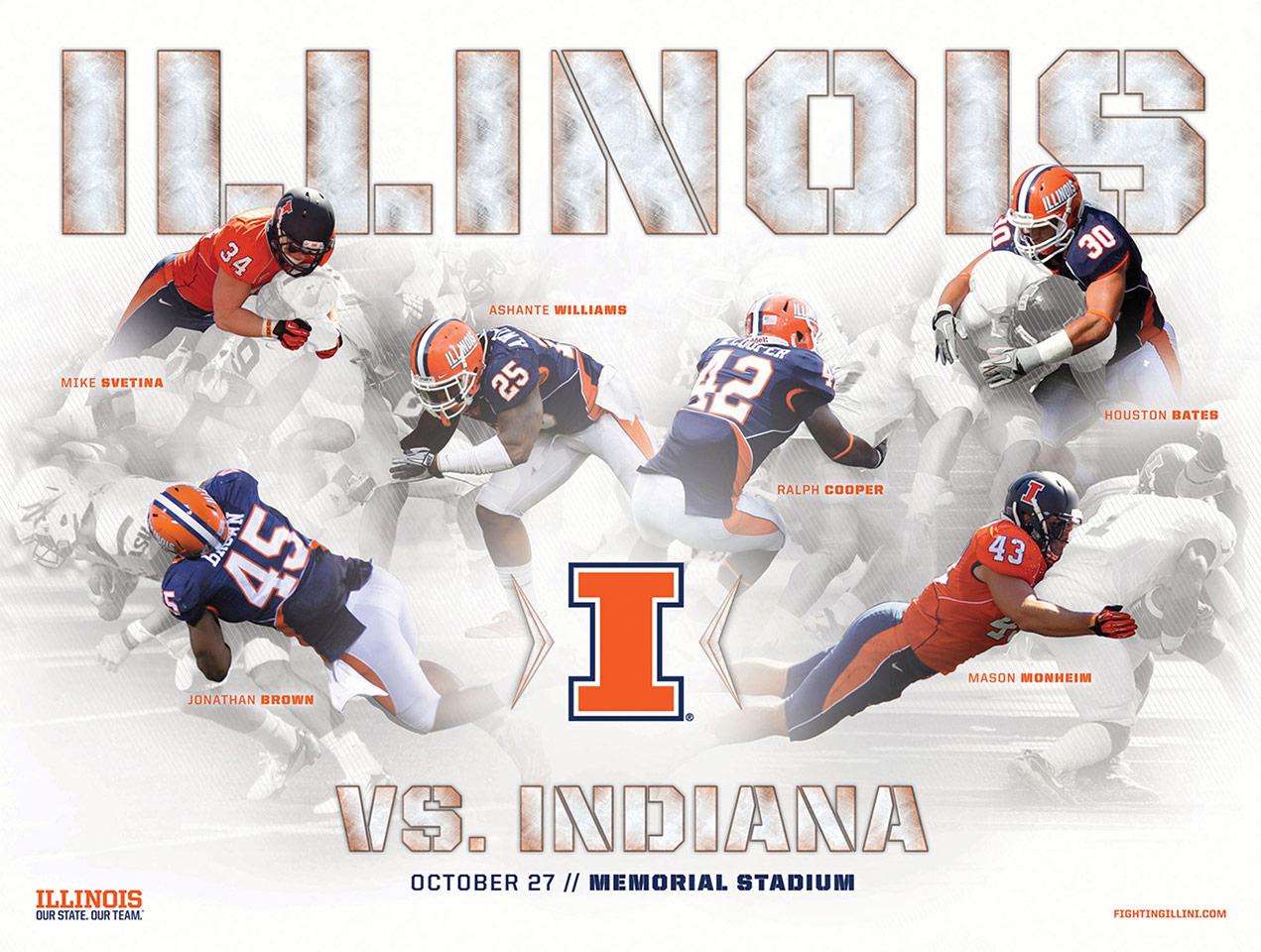
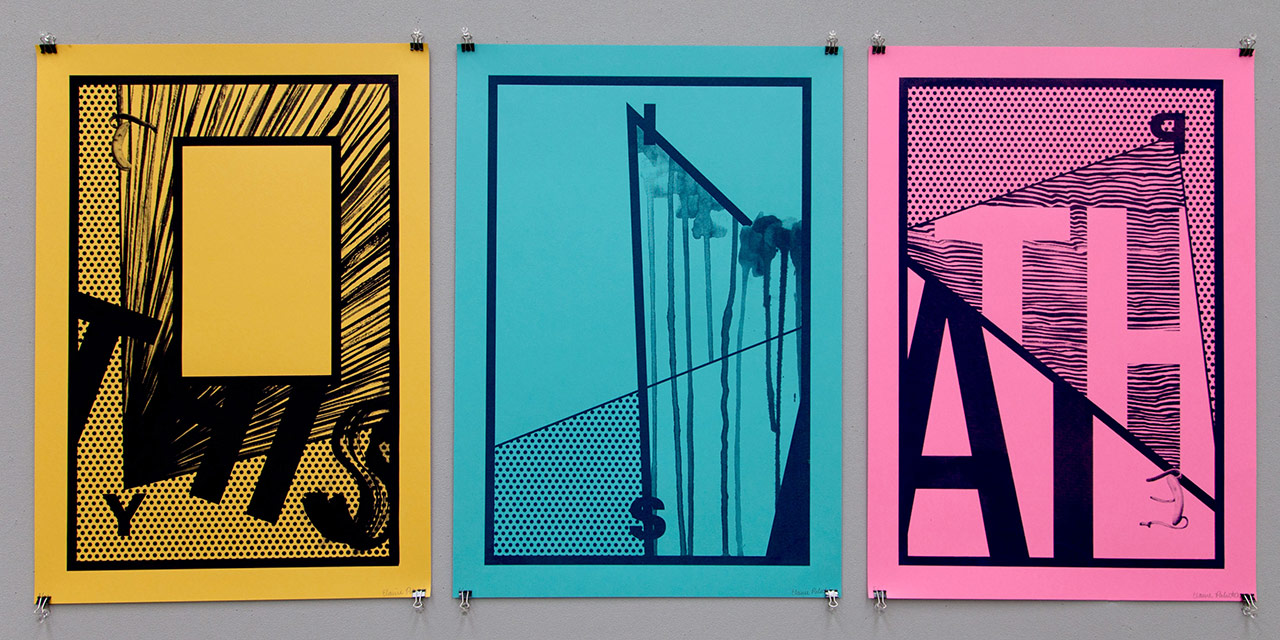
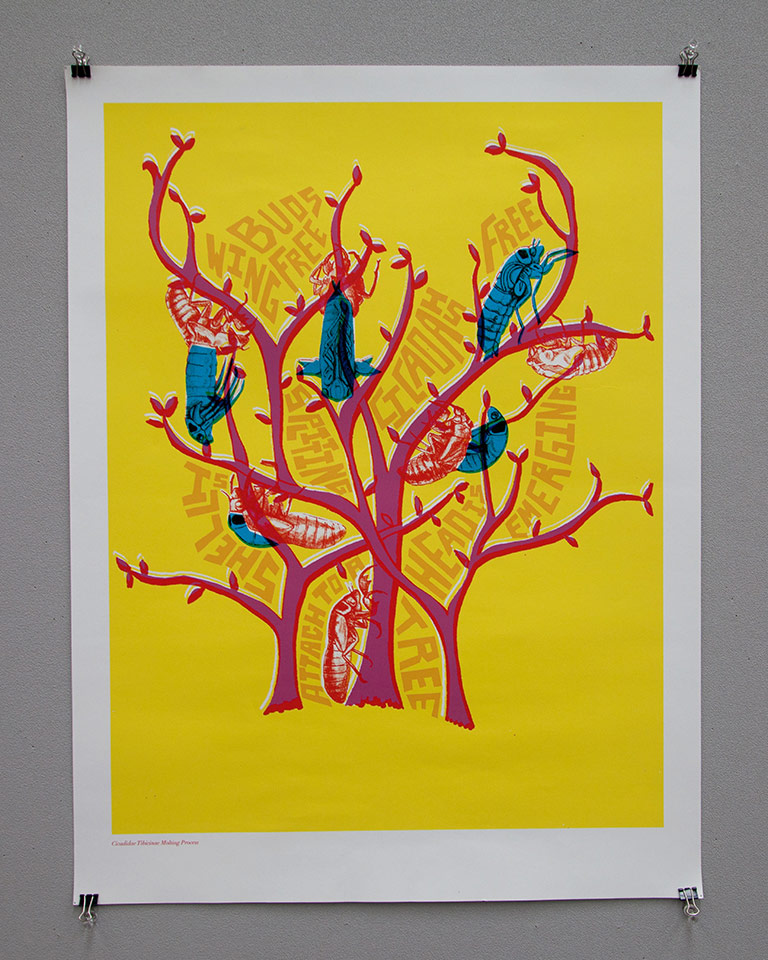
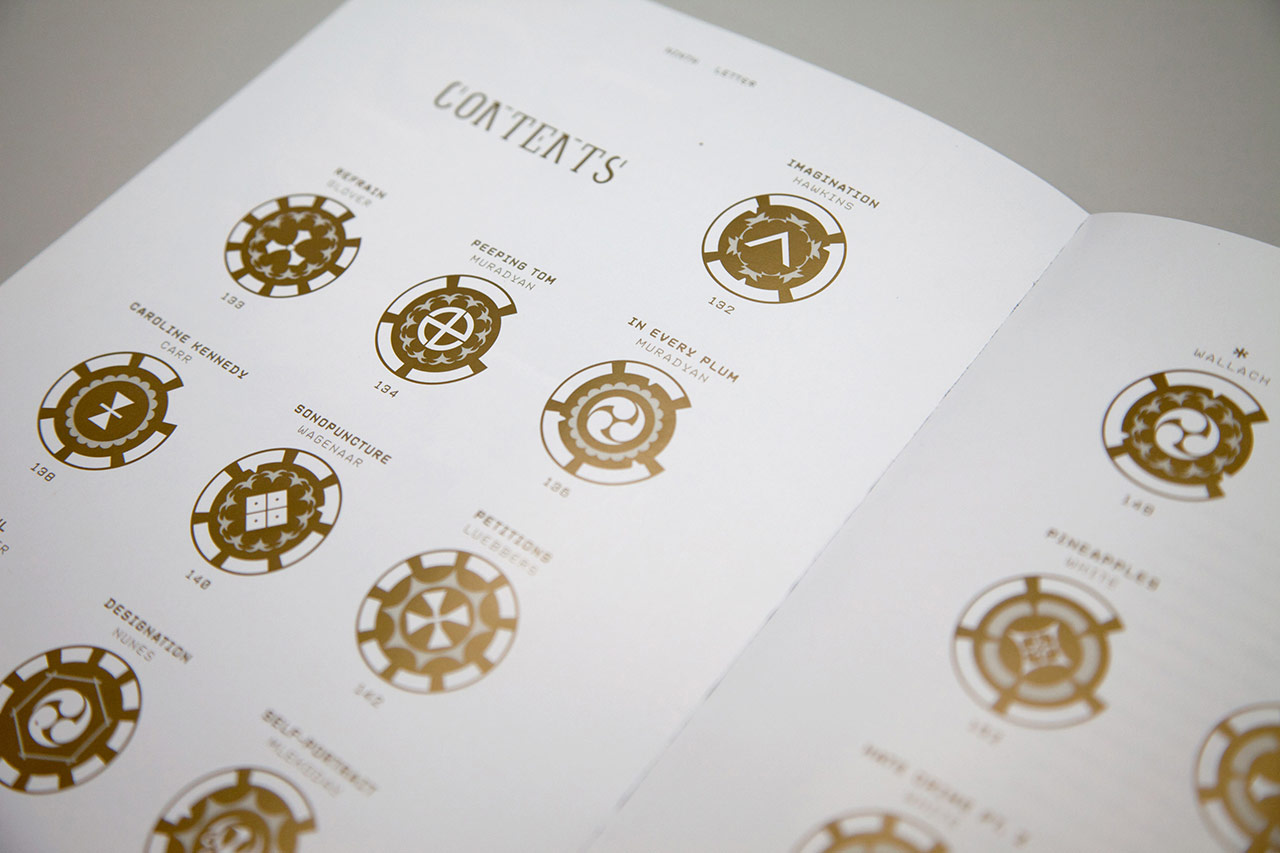
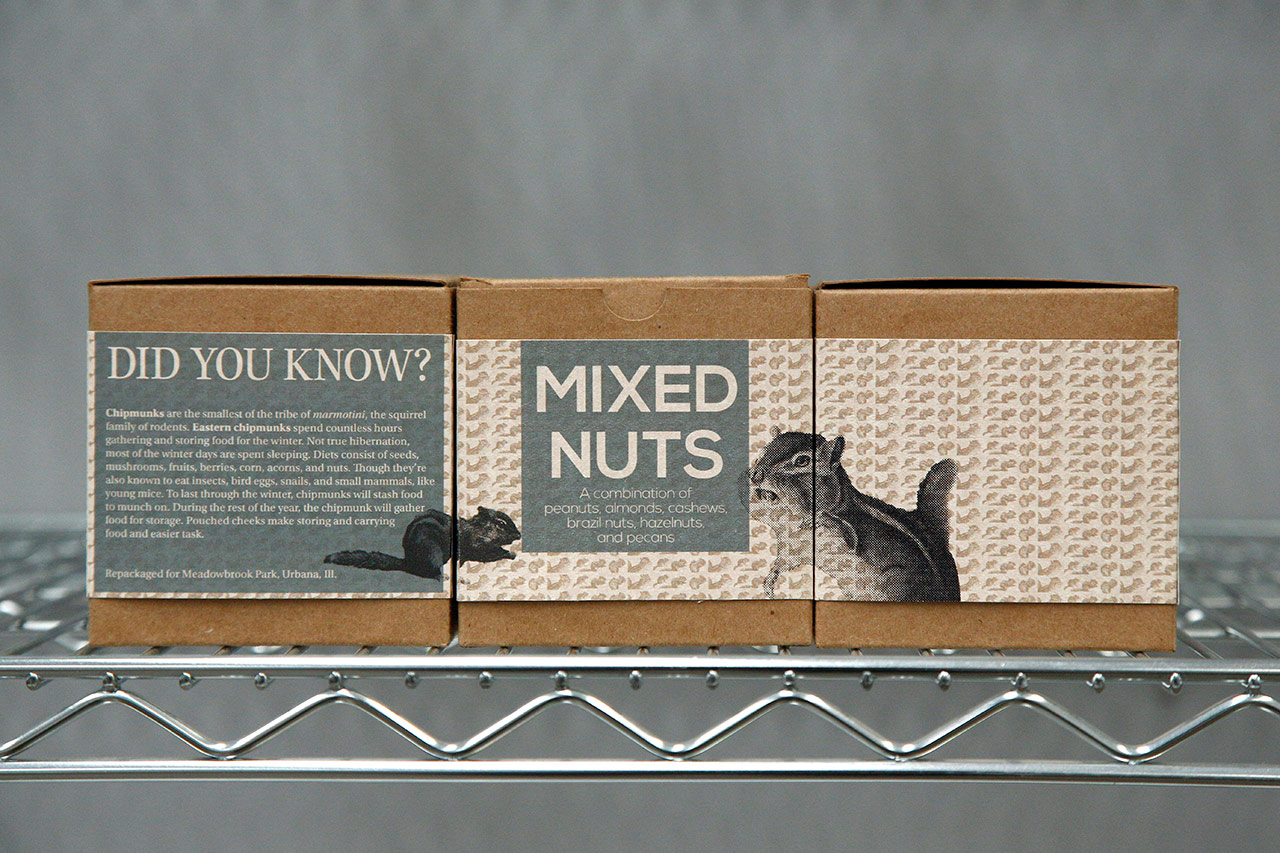
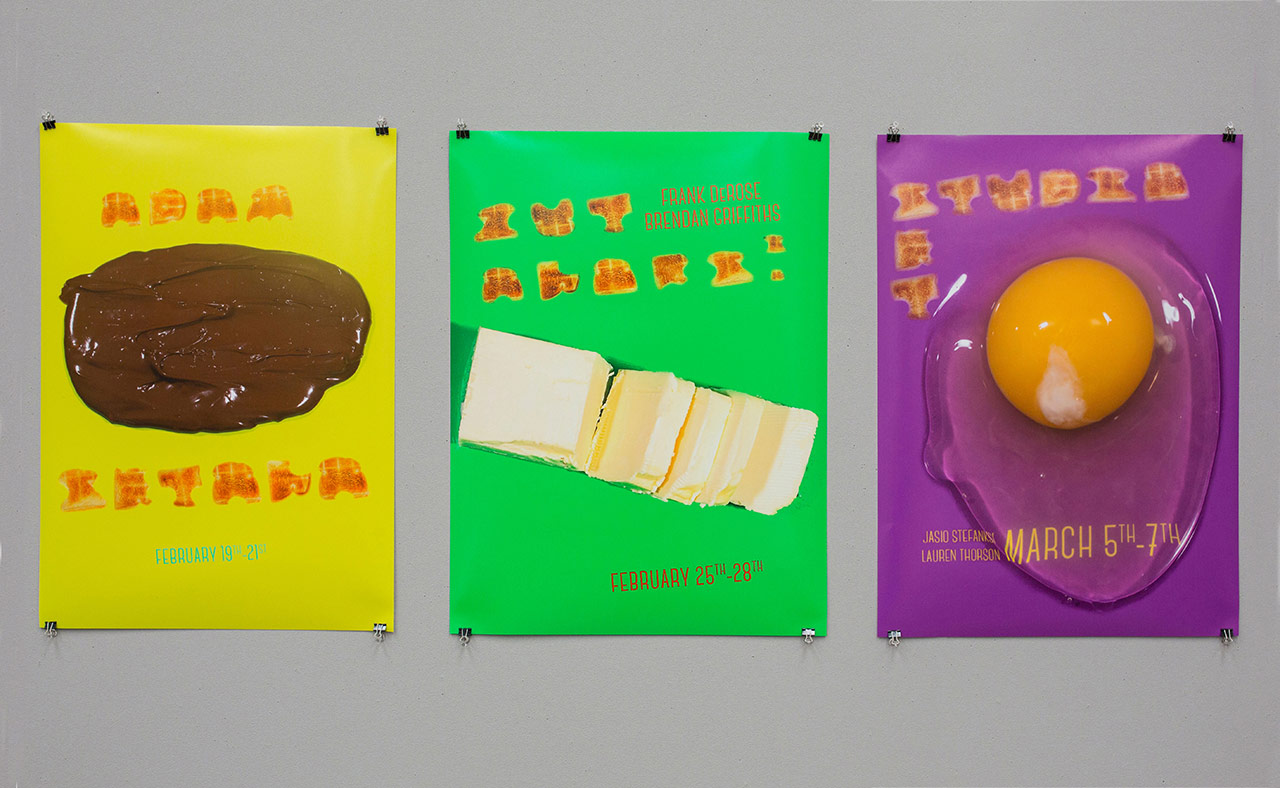
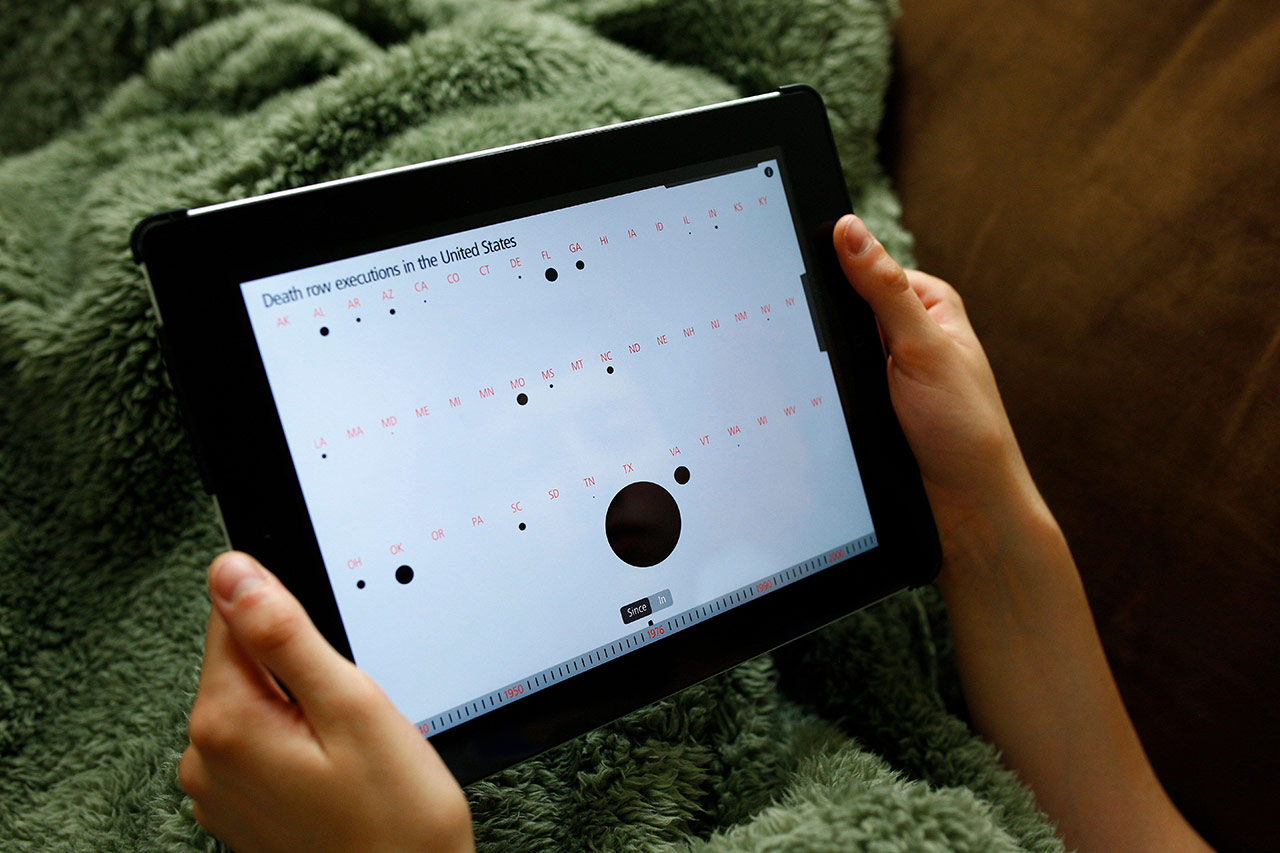

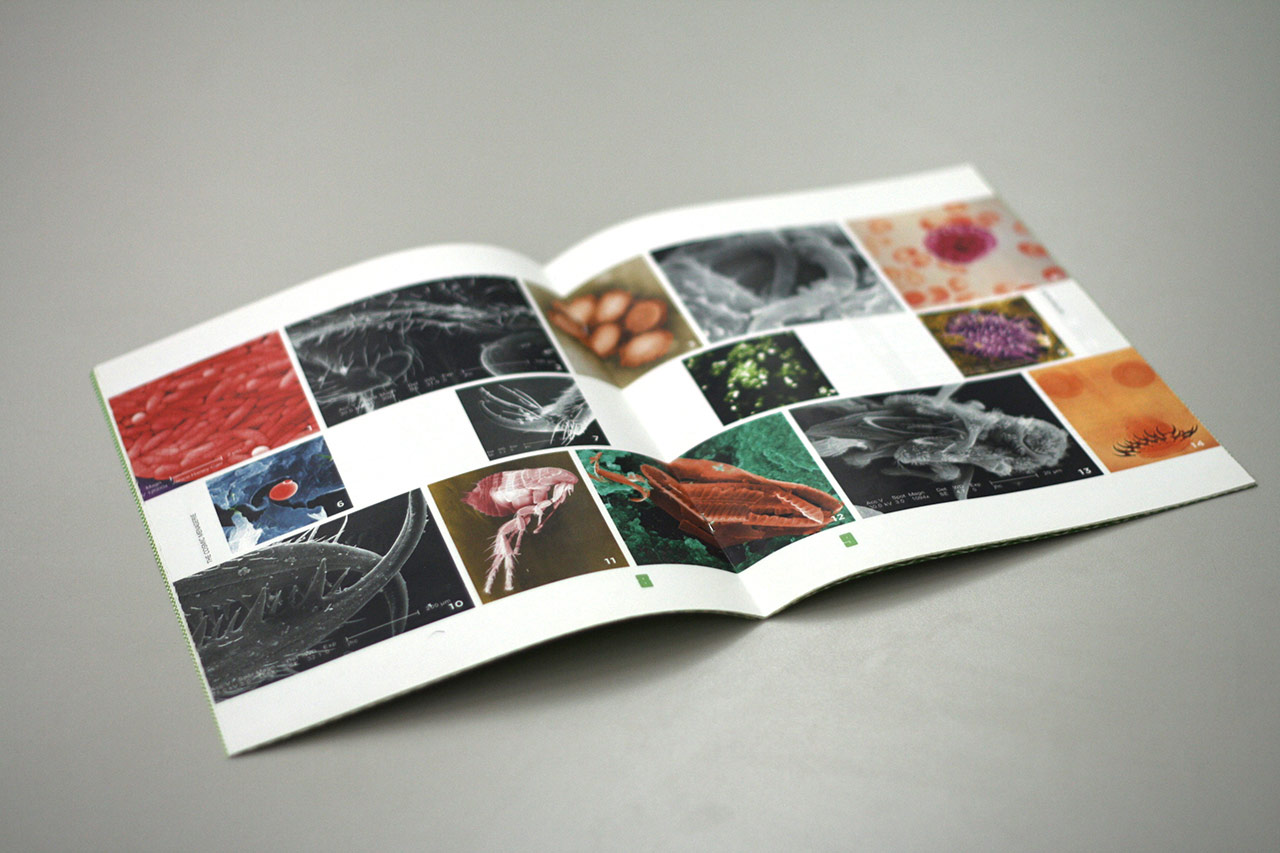
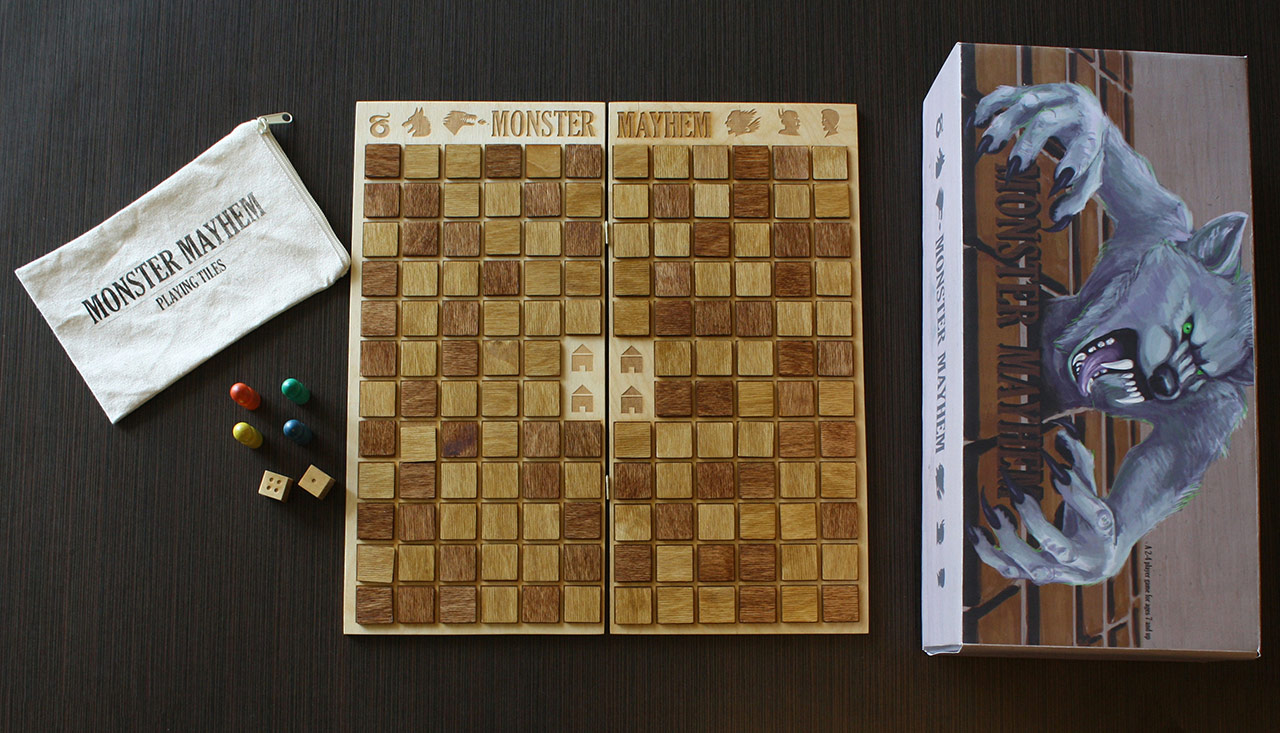
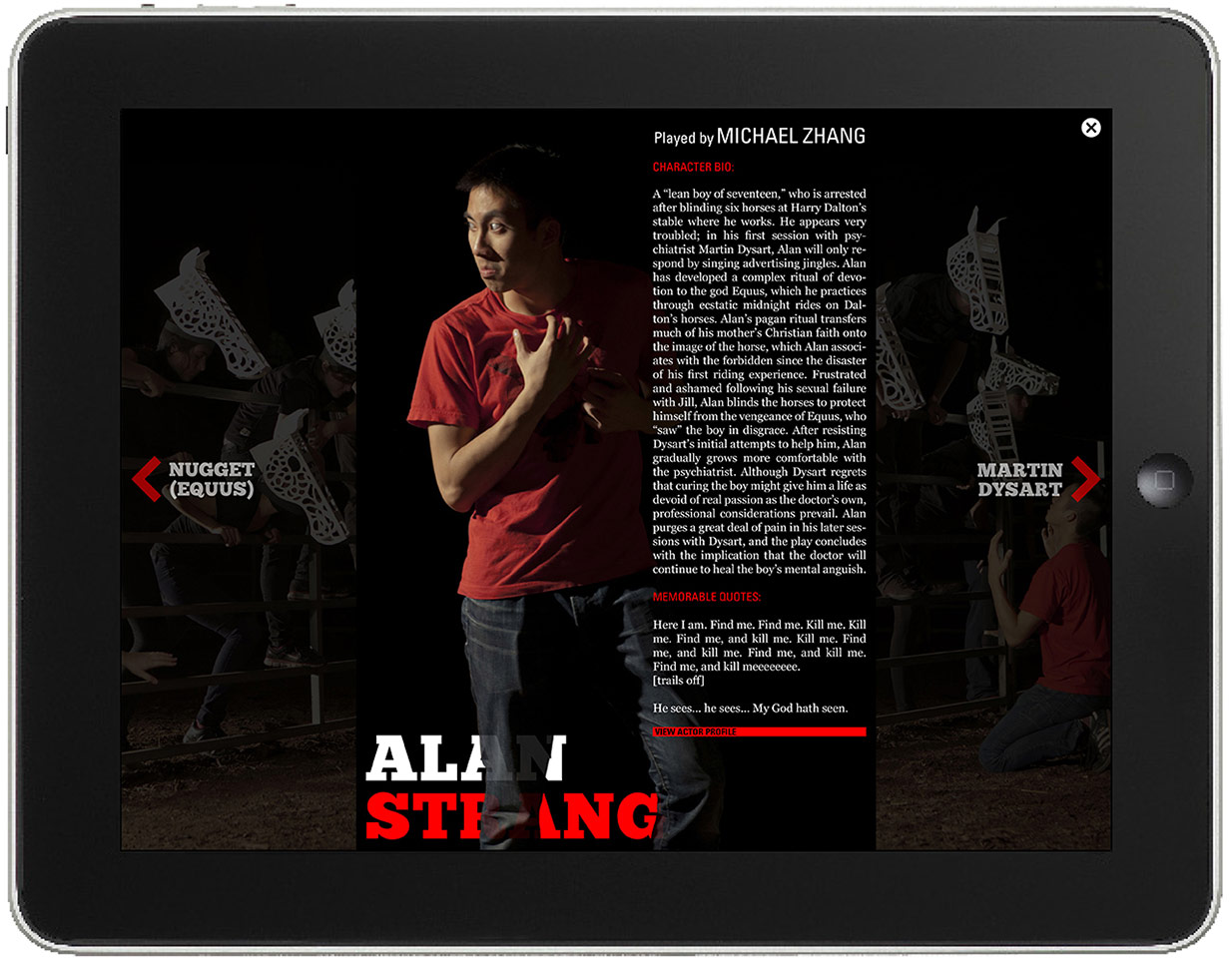





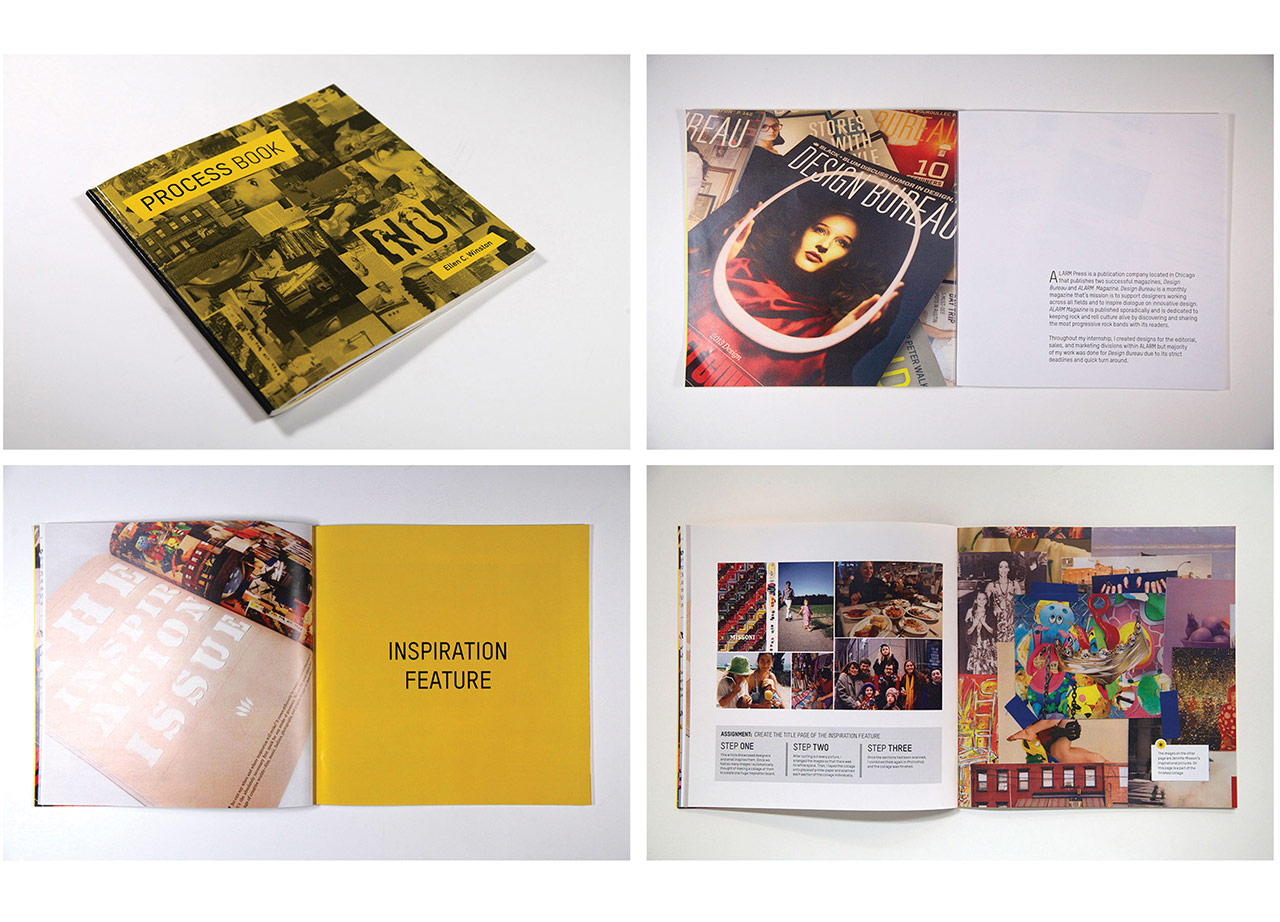

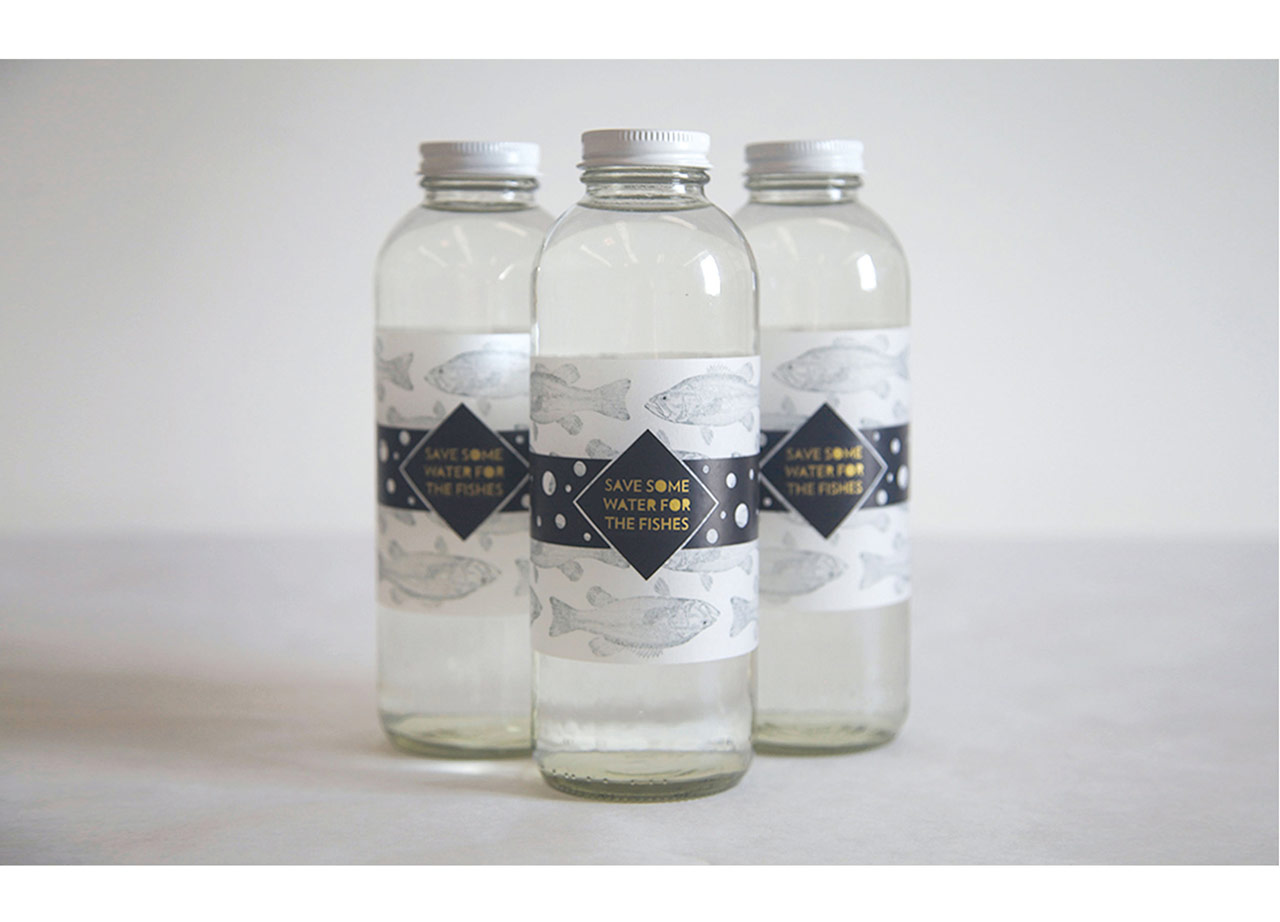



Durand K. Cho
Kaito J. Choy
Jeremy A. Davis
Kaiyao Duan
Willliam P. Gavin
Andrew J. Haglund
Kaitlyn P. Kasper
Daniel P. Kelly
Brian P. Kennedy
Kathleen Khau
Cardell C. King
Hyokwon Kwak
Michelle R. Kwak
Ana L. Lagos
Ayame M. Lewis
Yuhan Li
Zhenmin Li
Sanny Lin
Ting-Ju Liu
Avani Miriyala
Kaila D. Pettis
Terry Qi
Lana P. Rottler
Cevat Sayili
Lauren M. Shepherd
Alexander Siedband
Brad R. Surmin
Arnold Syphommarath
Amanda L. Tiberi
Nicole A. Villamin
Shan Wei
Xinyu Wen
Anne R. Wessel
Jonathan G. Wright
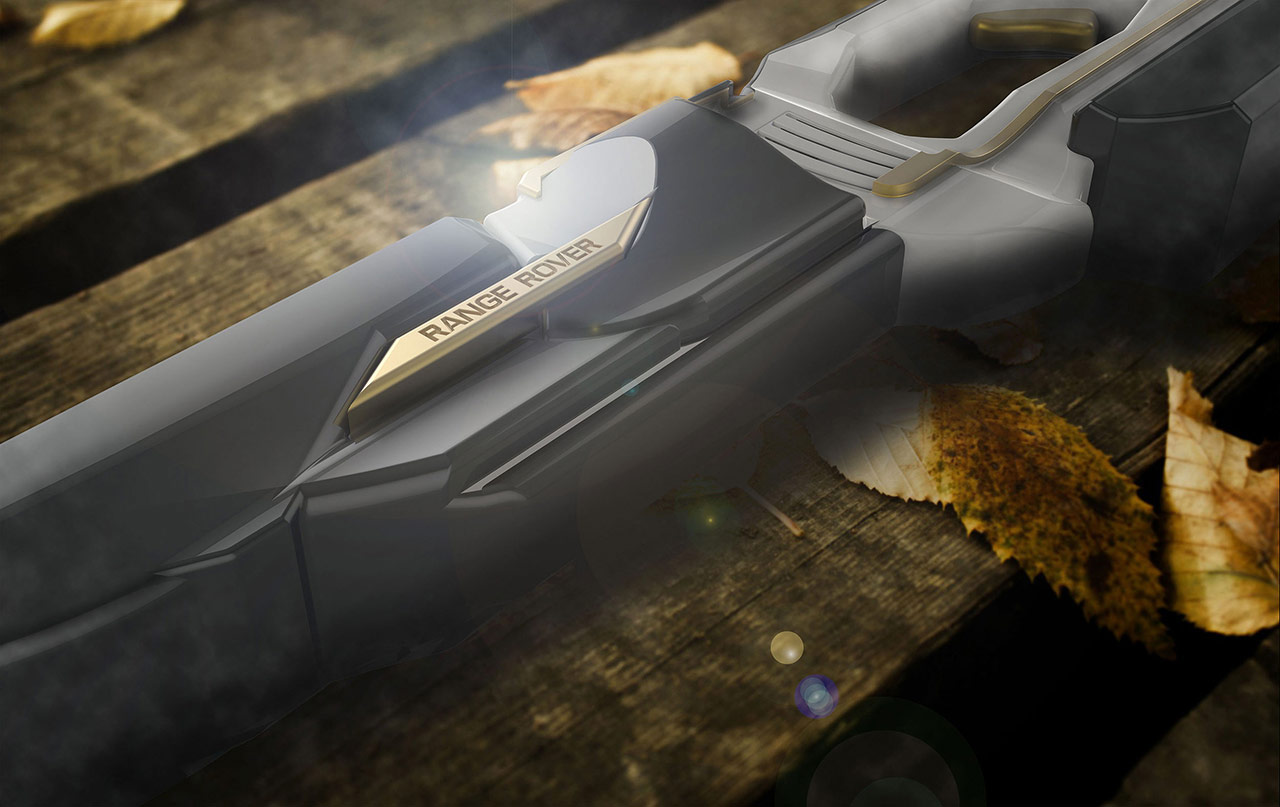
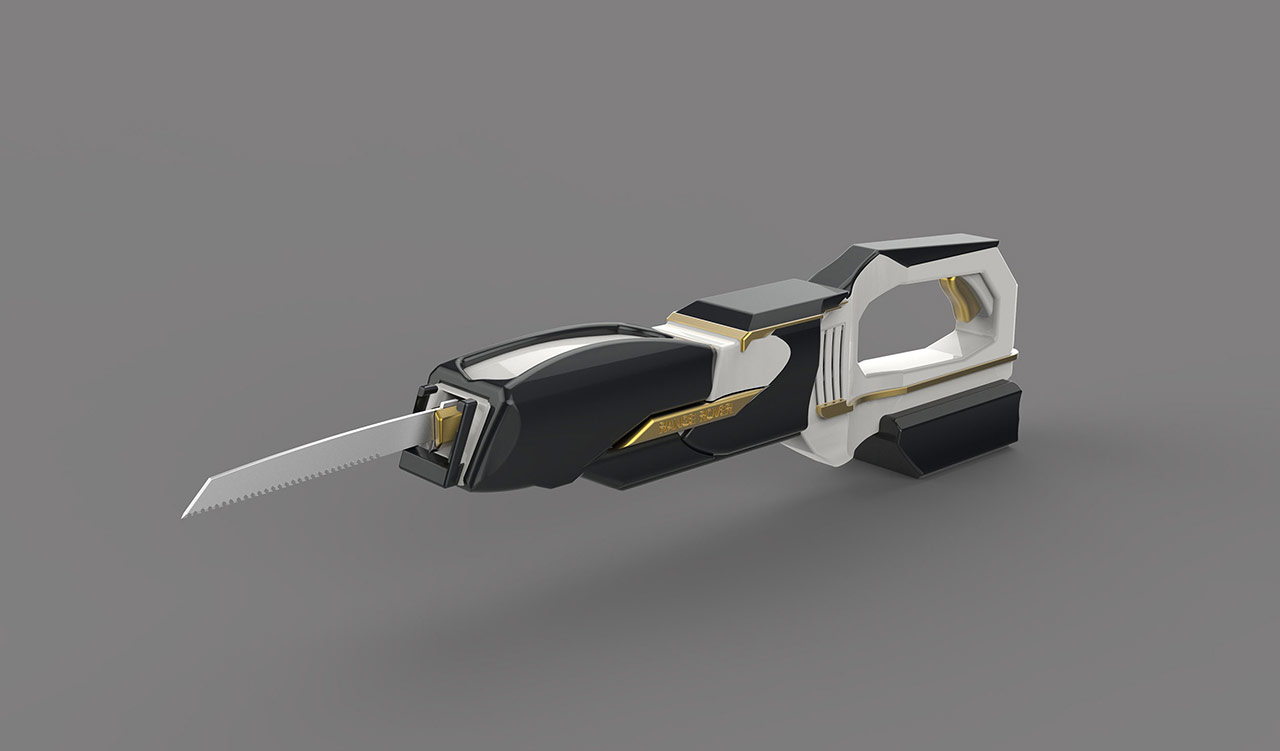
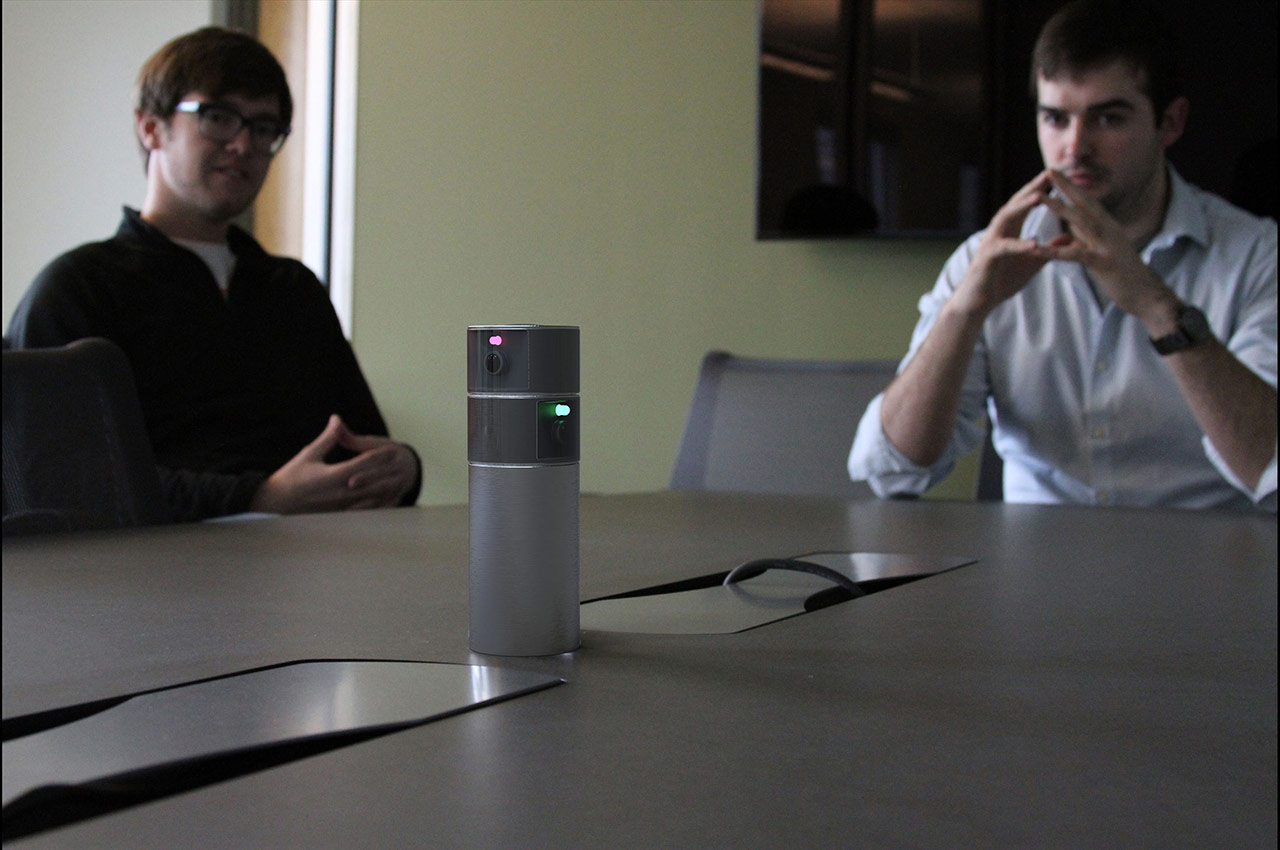

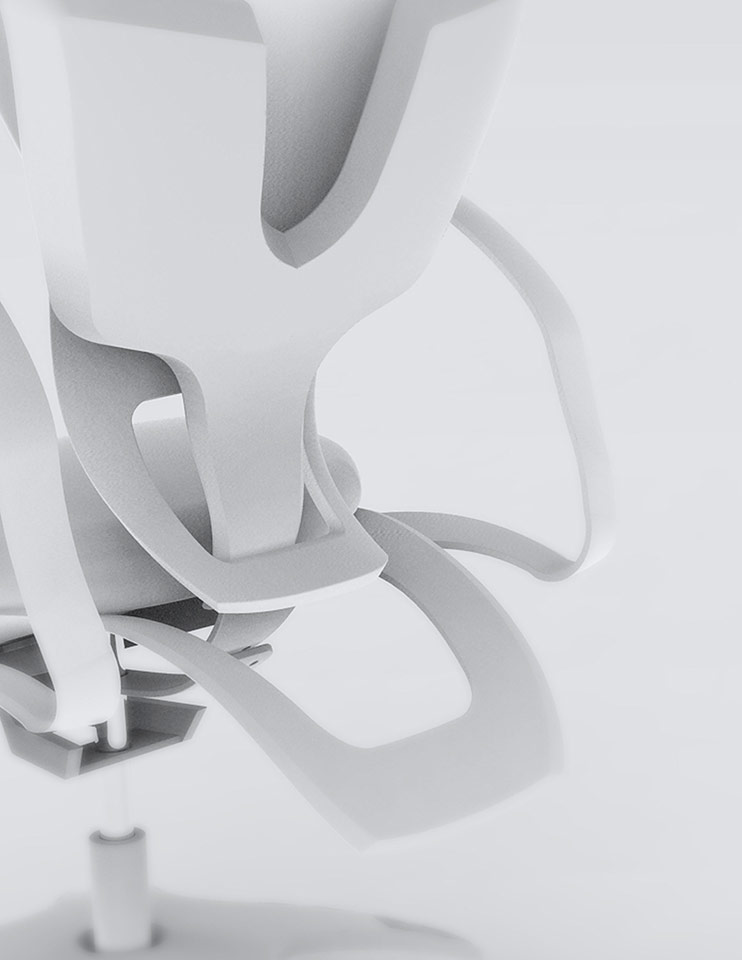

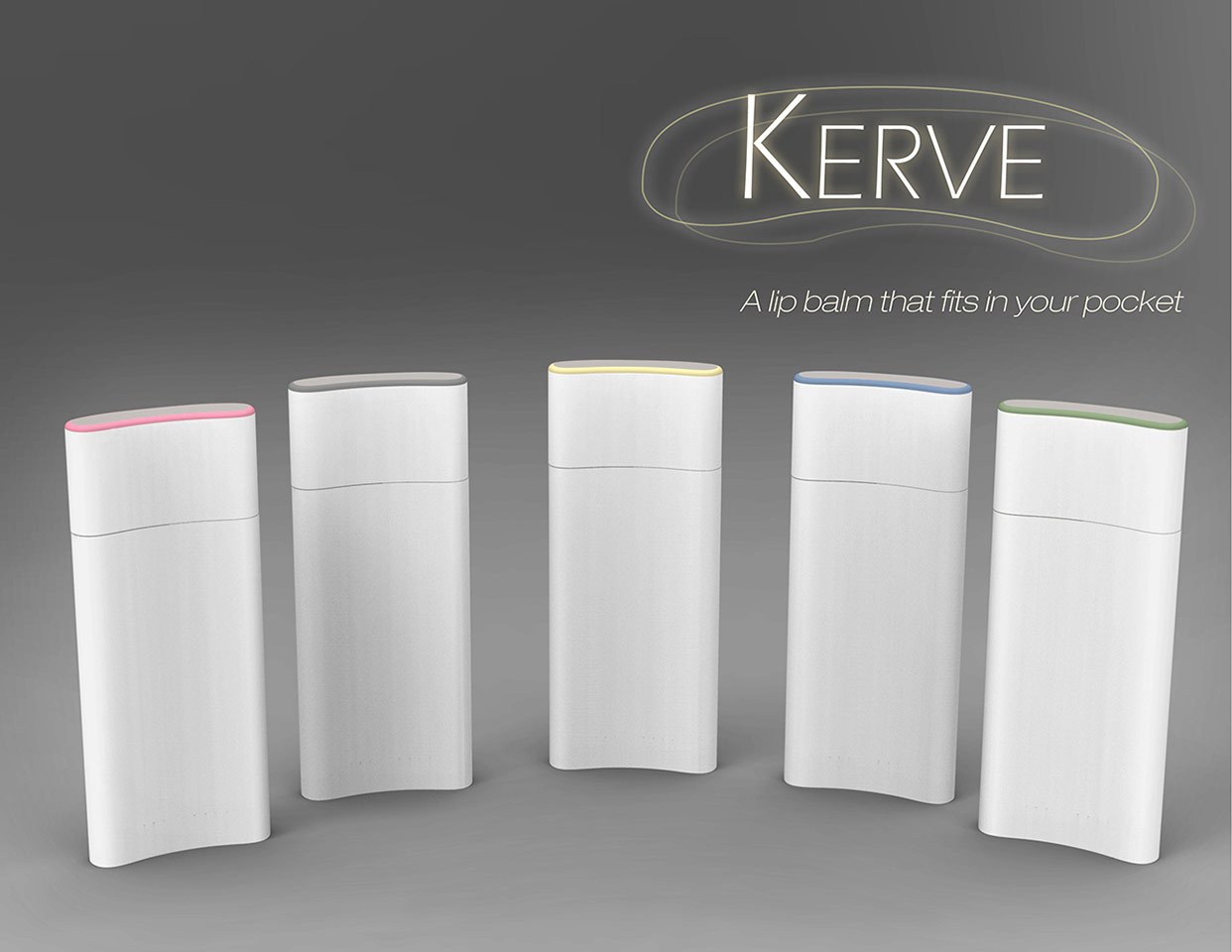

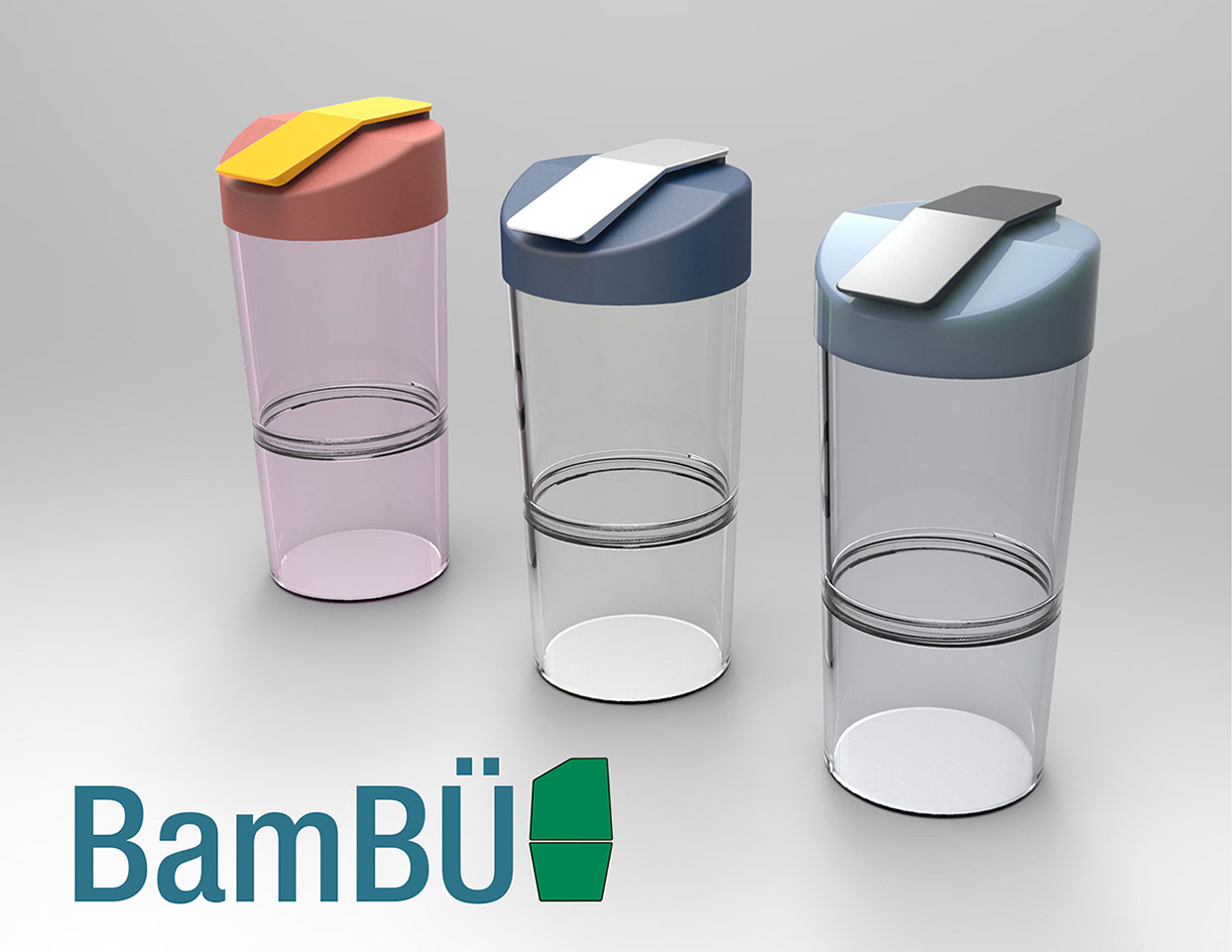
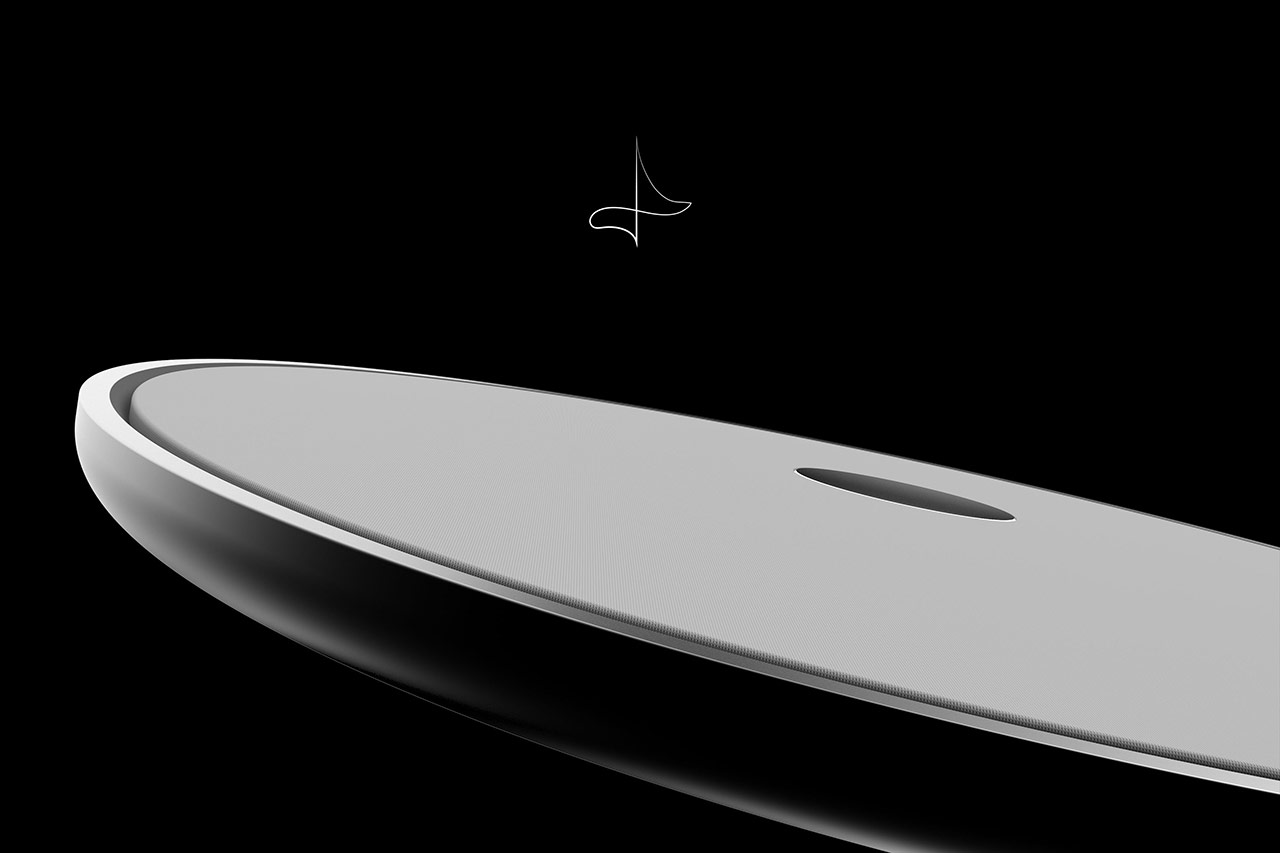
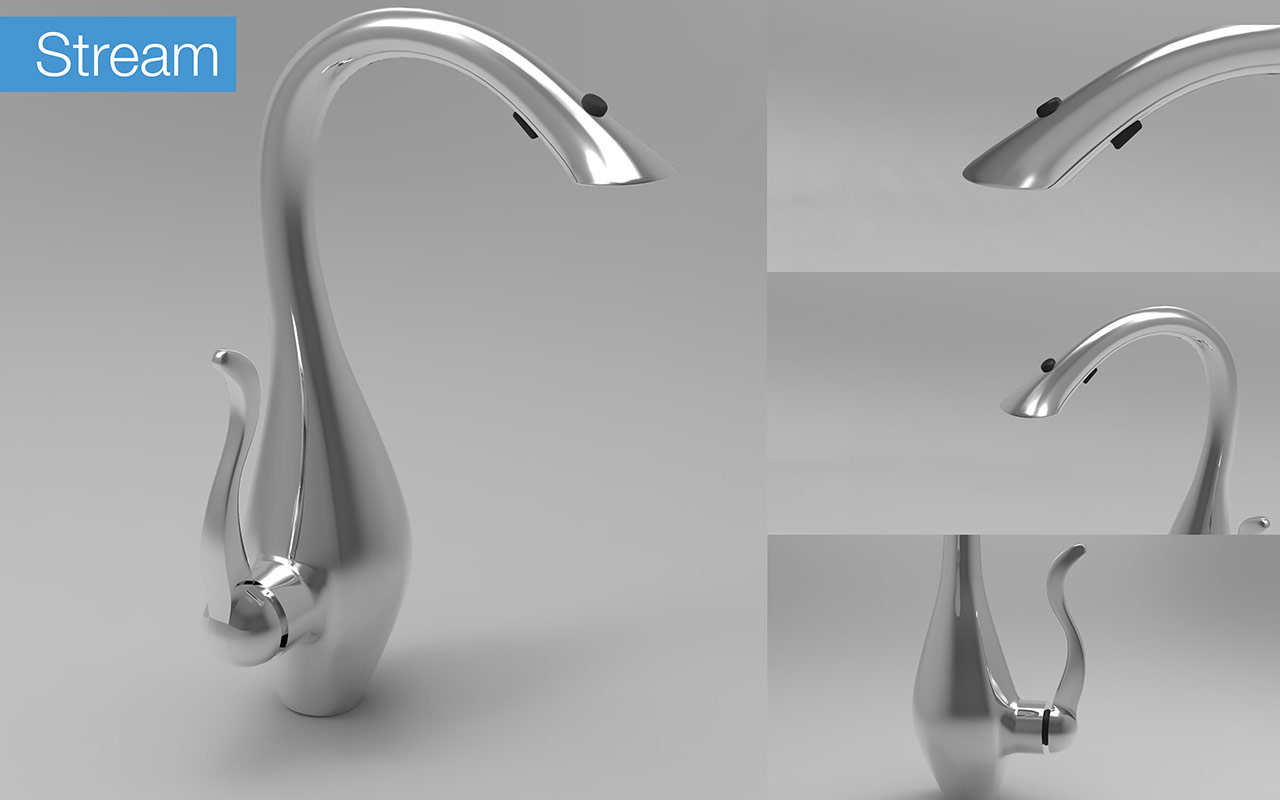
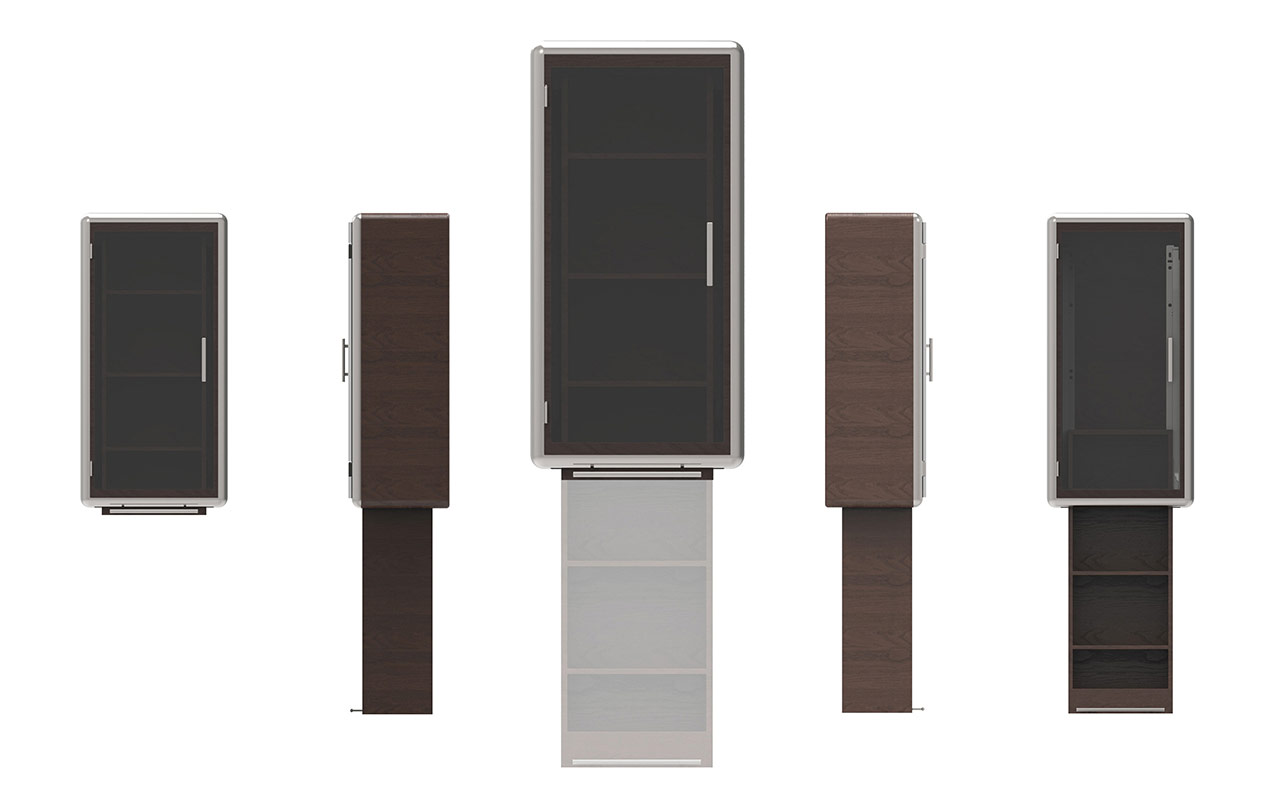




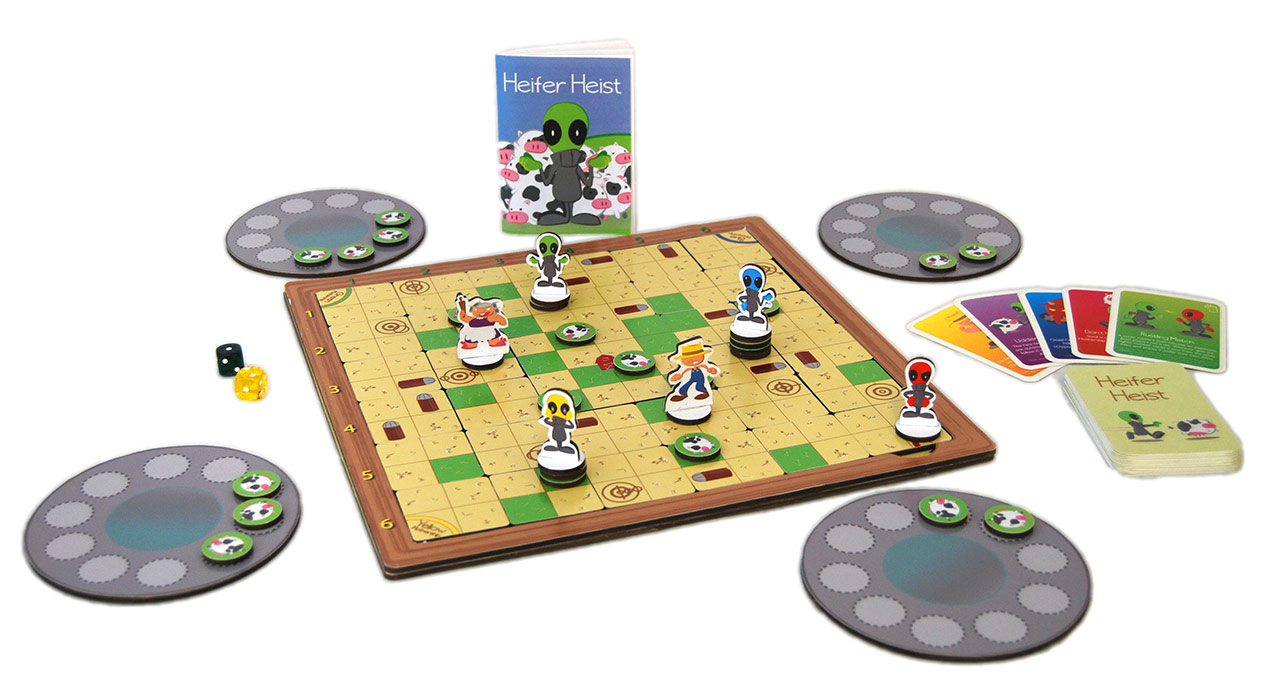
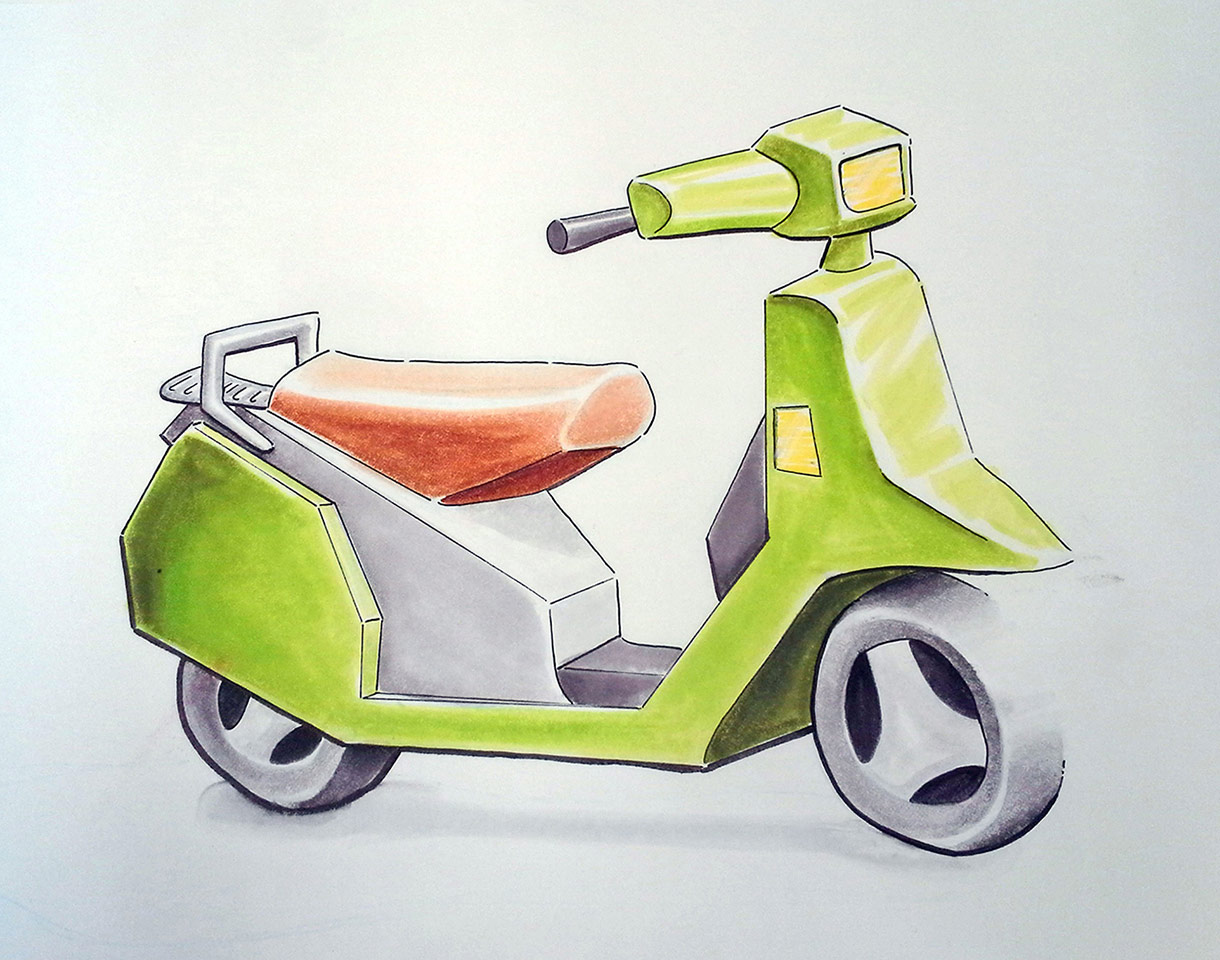
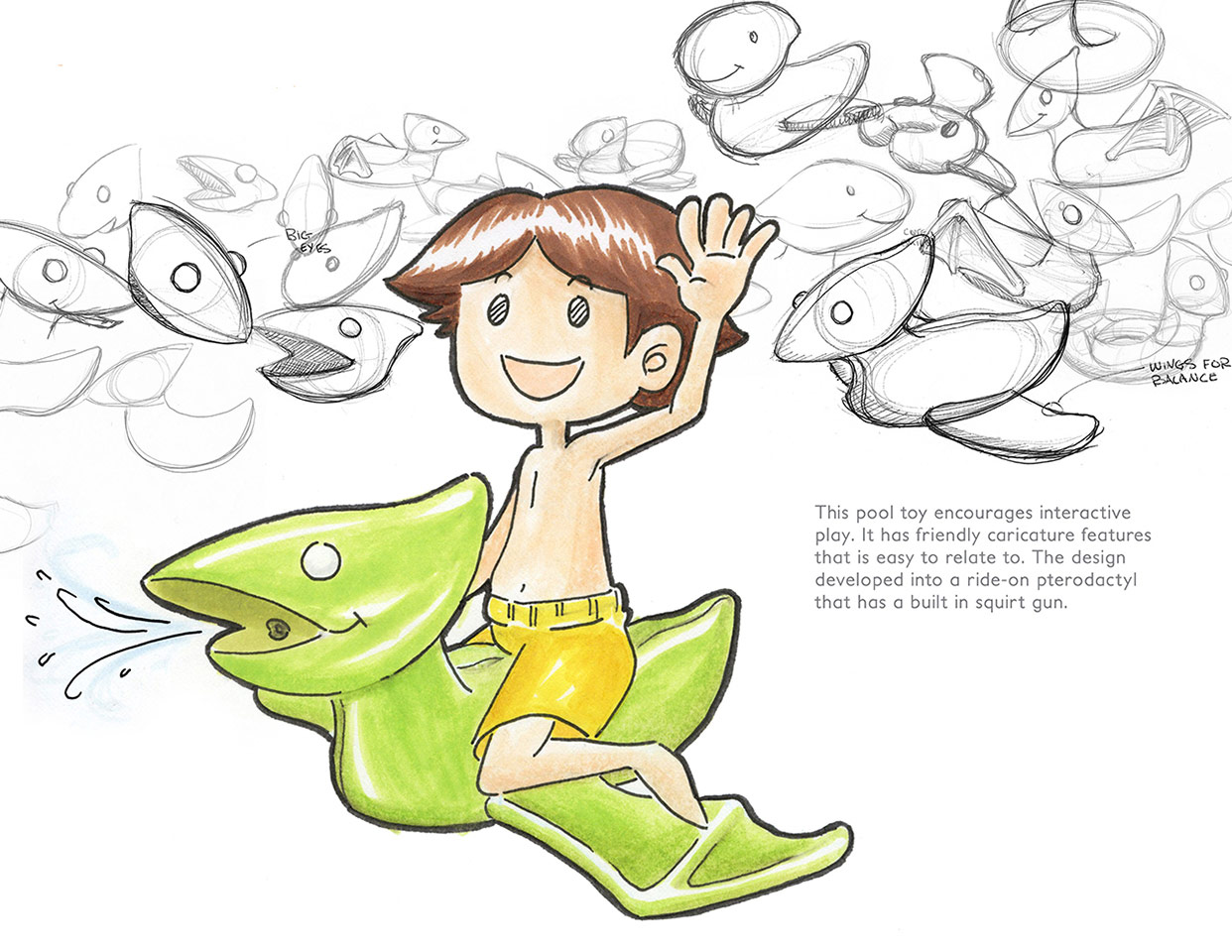

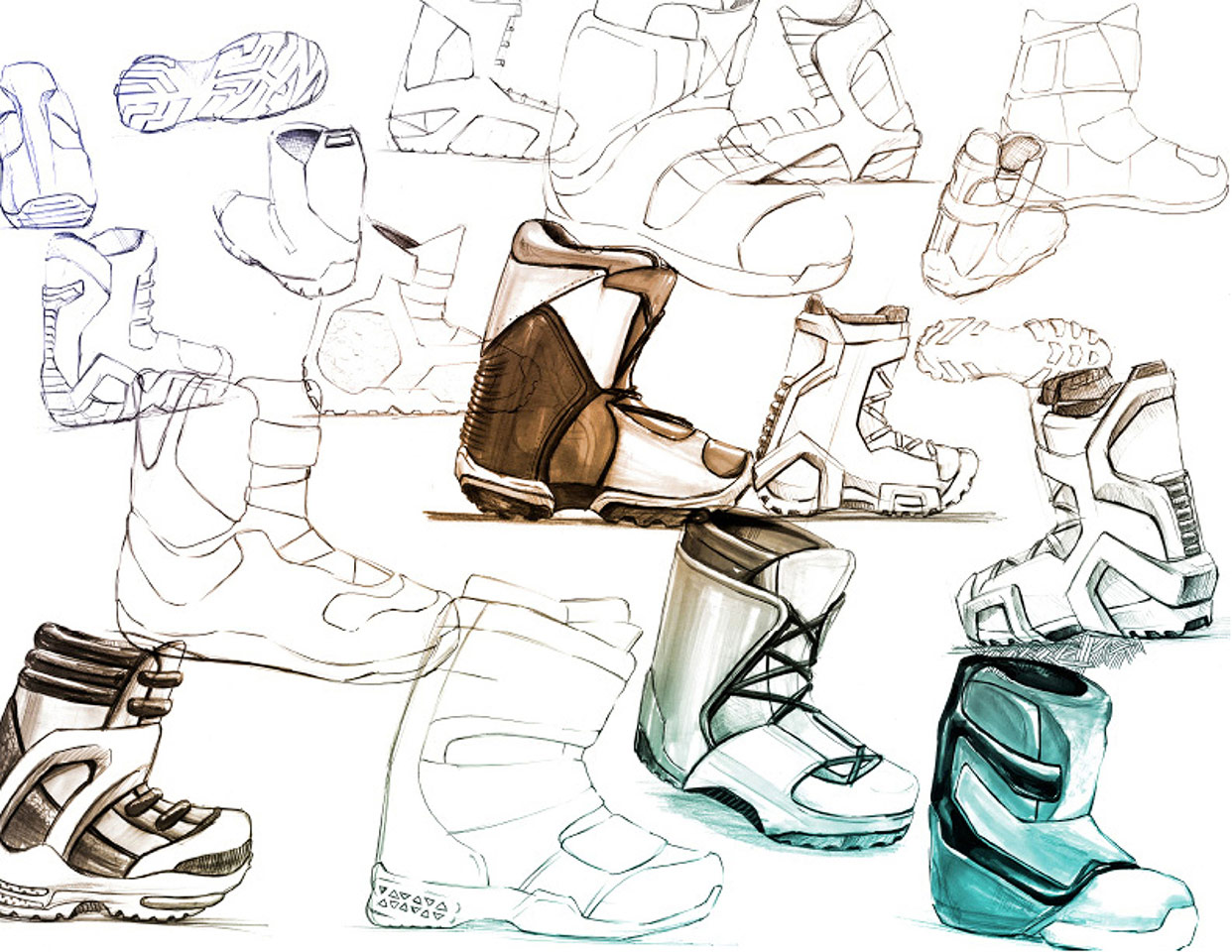
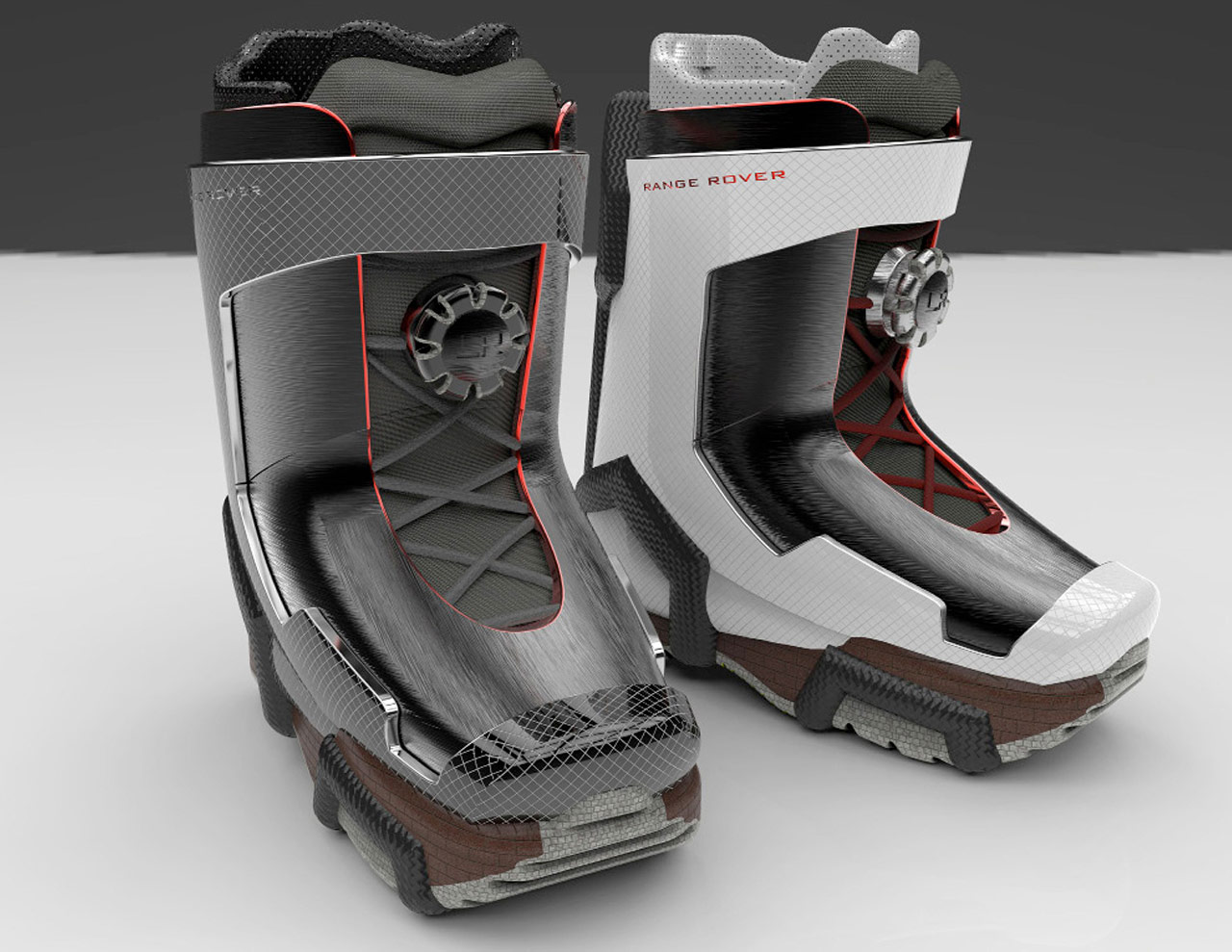



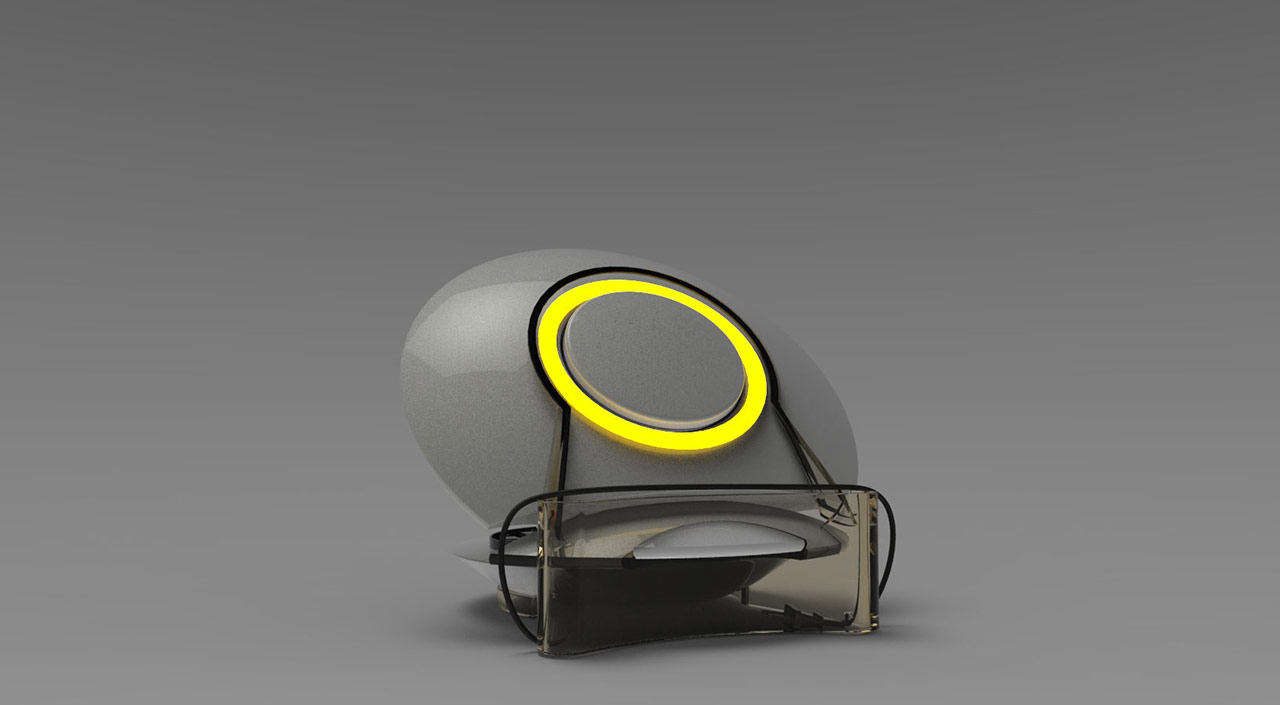



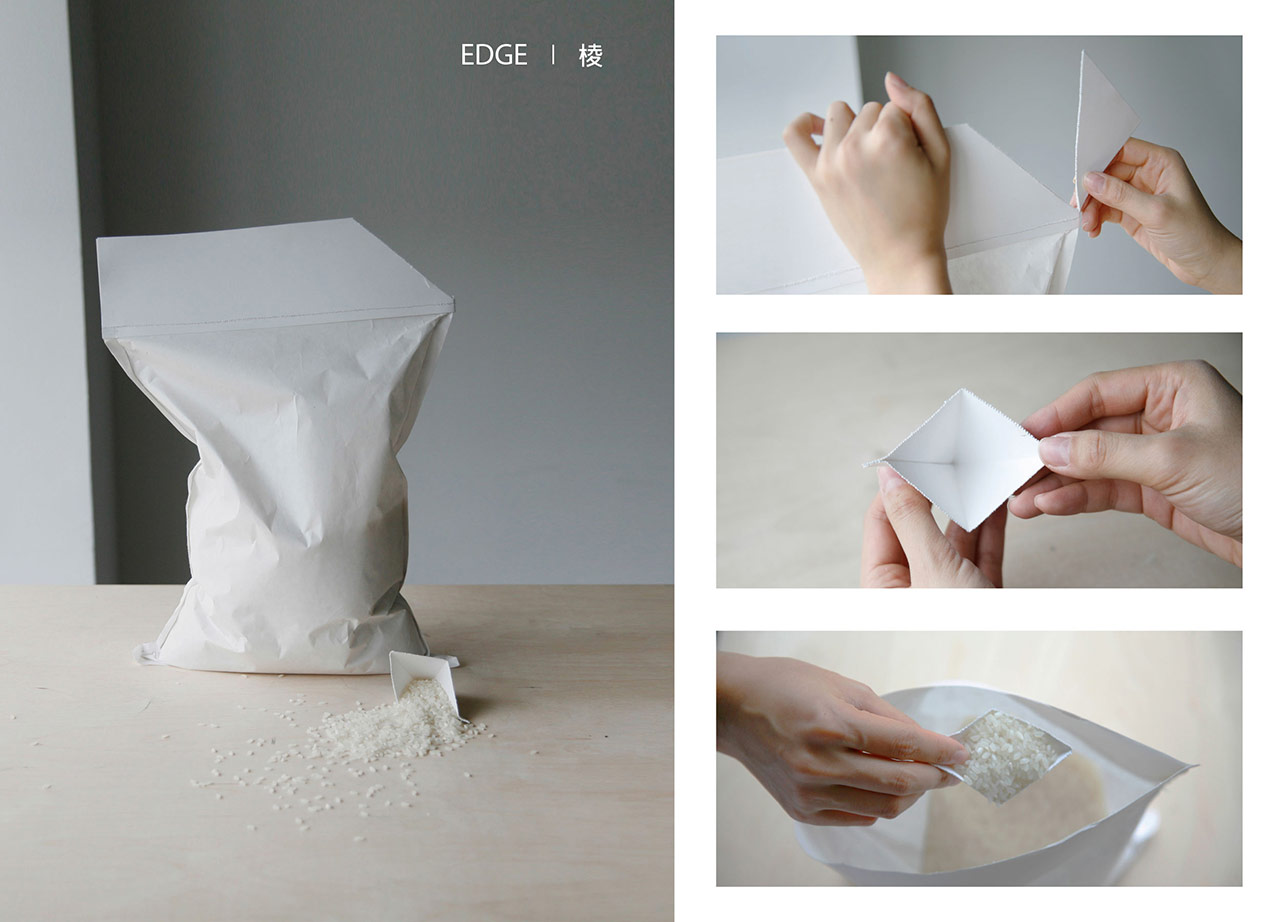

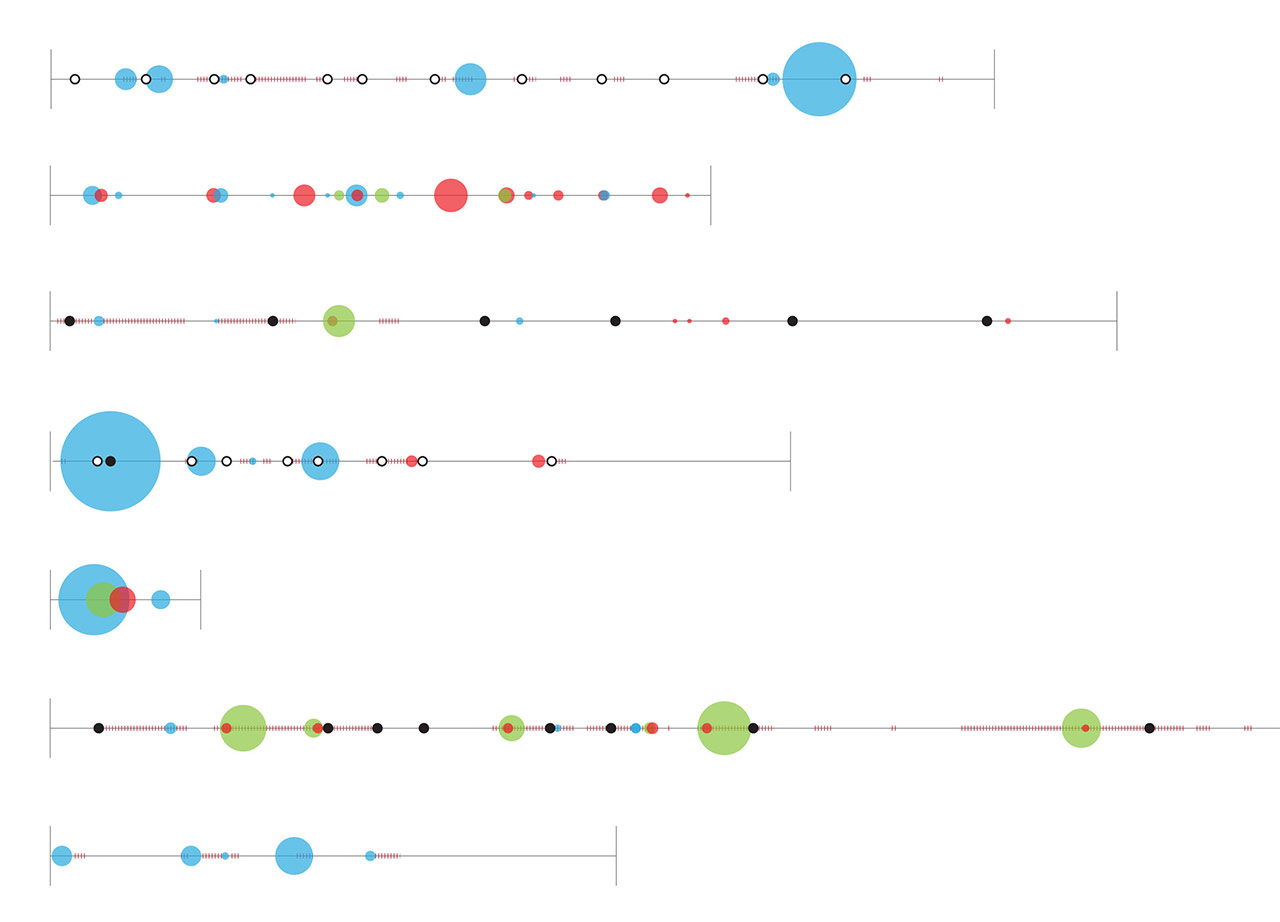

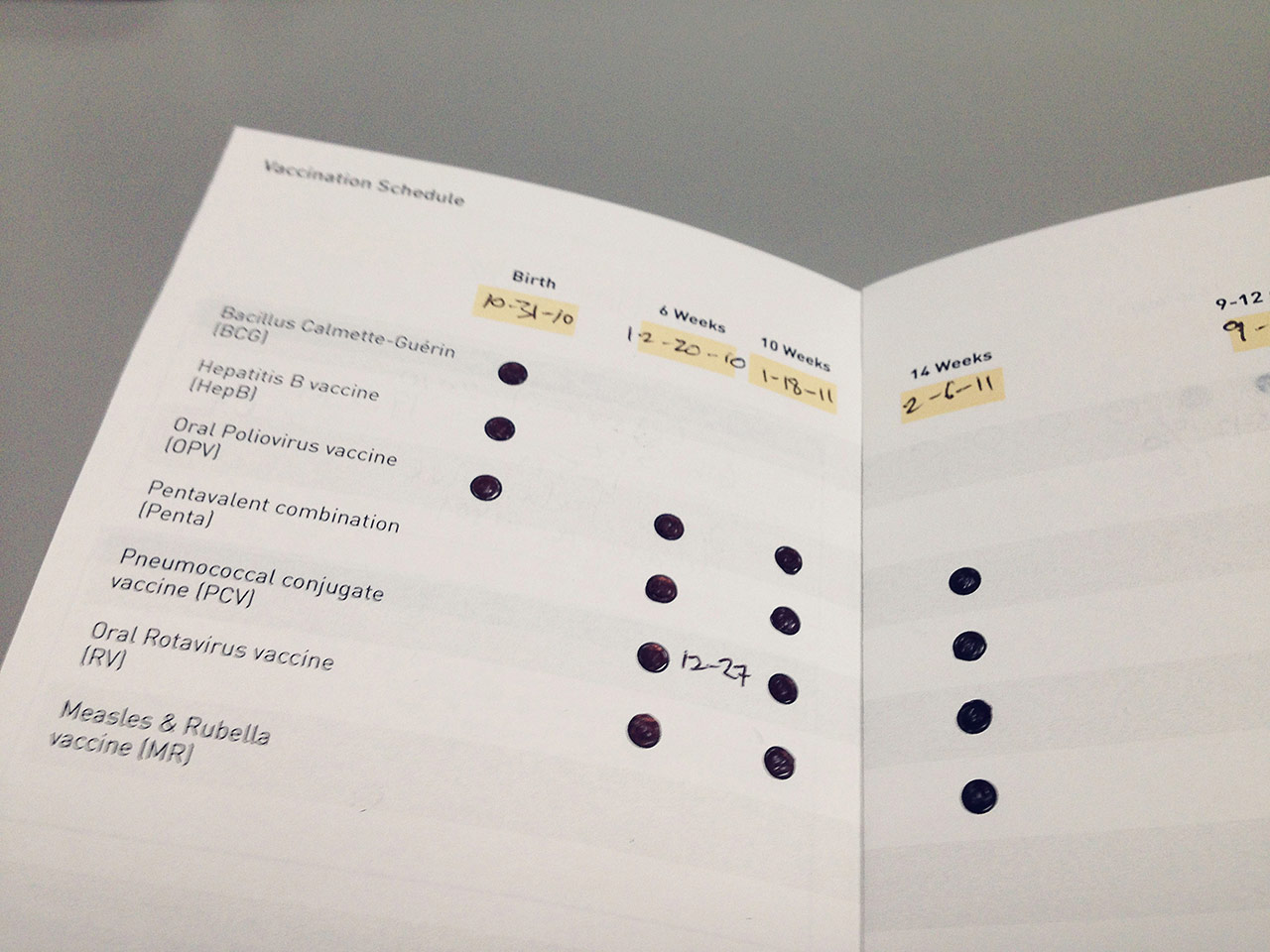

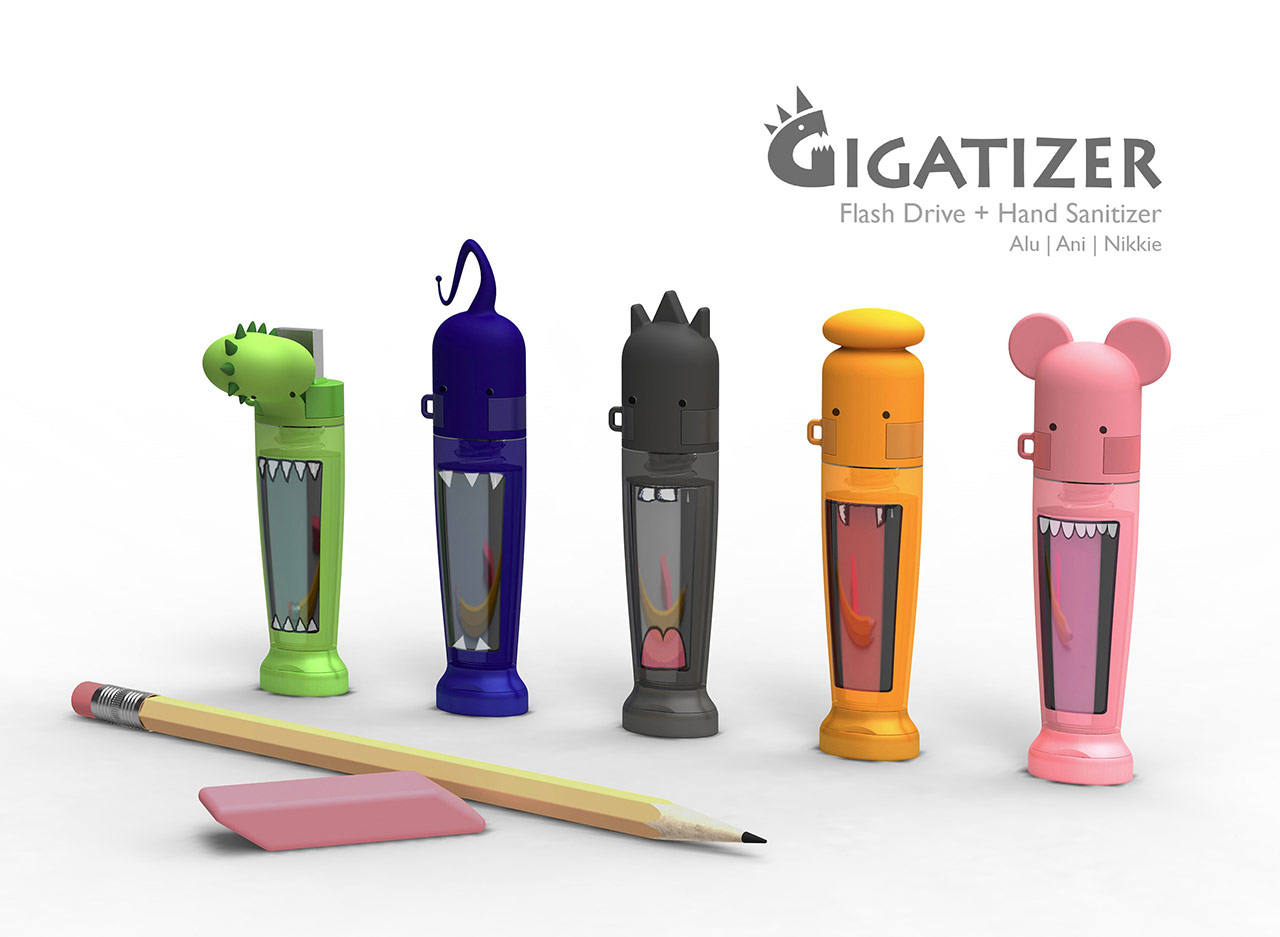



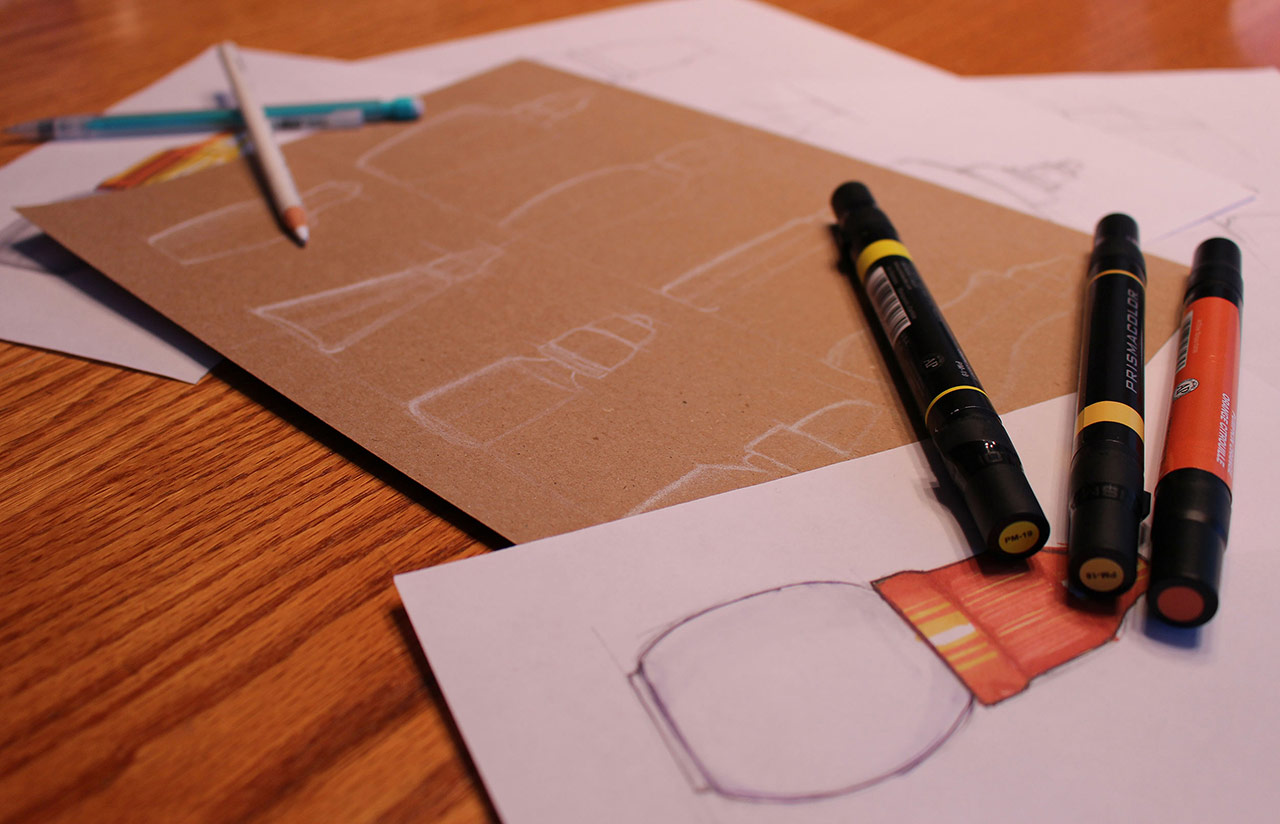


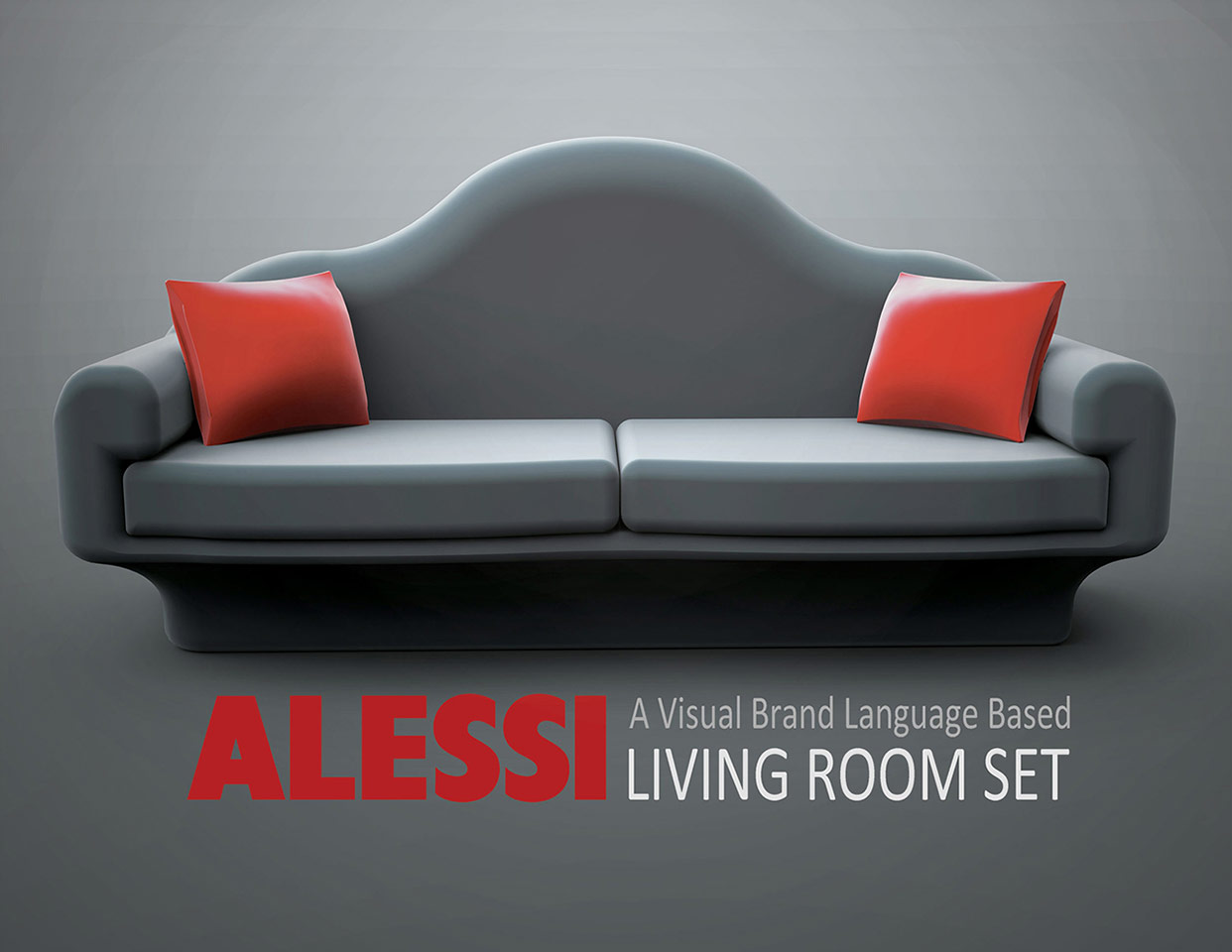


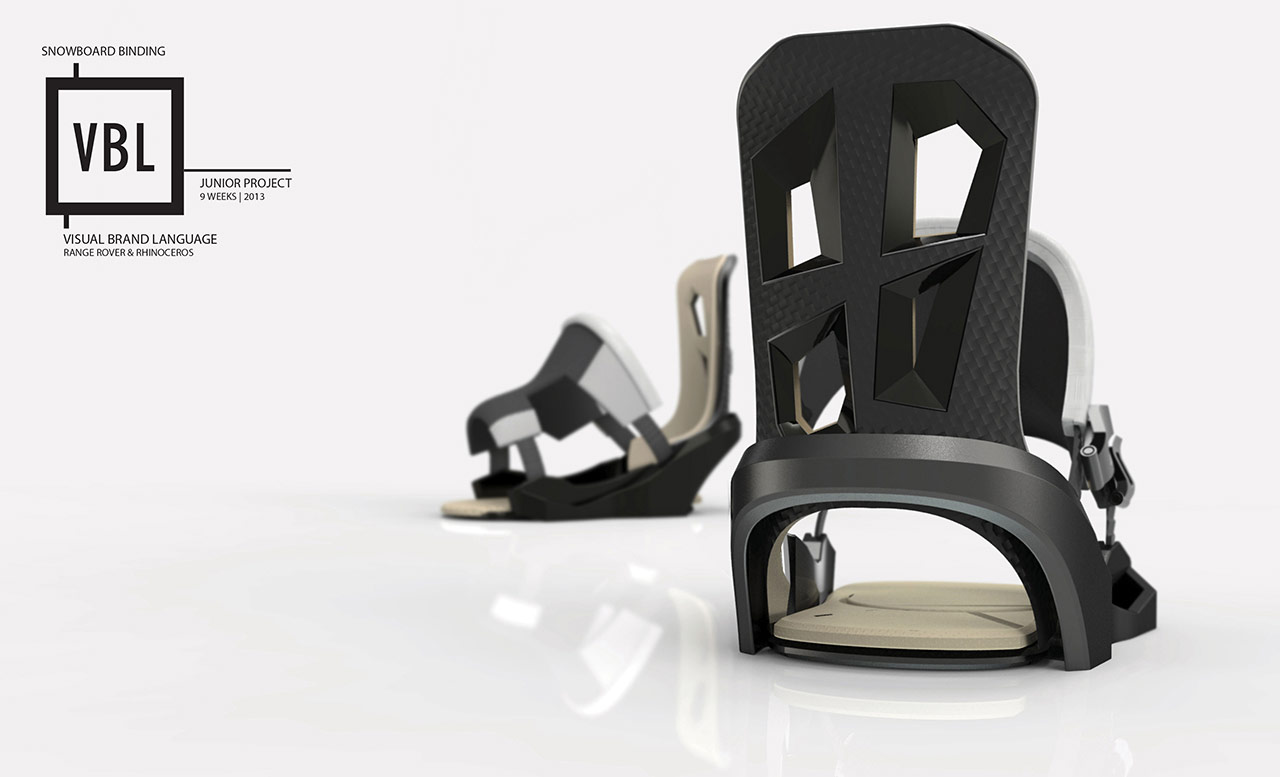
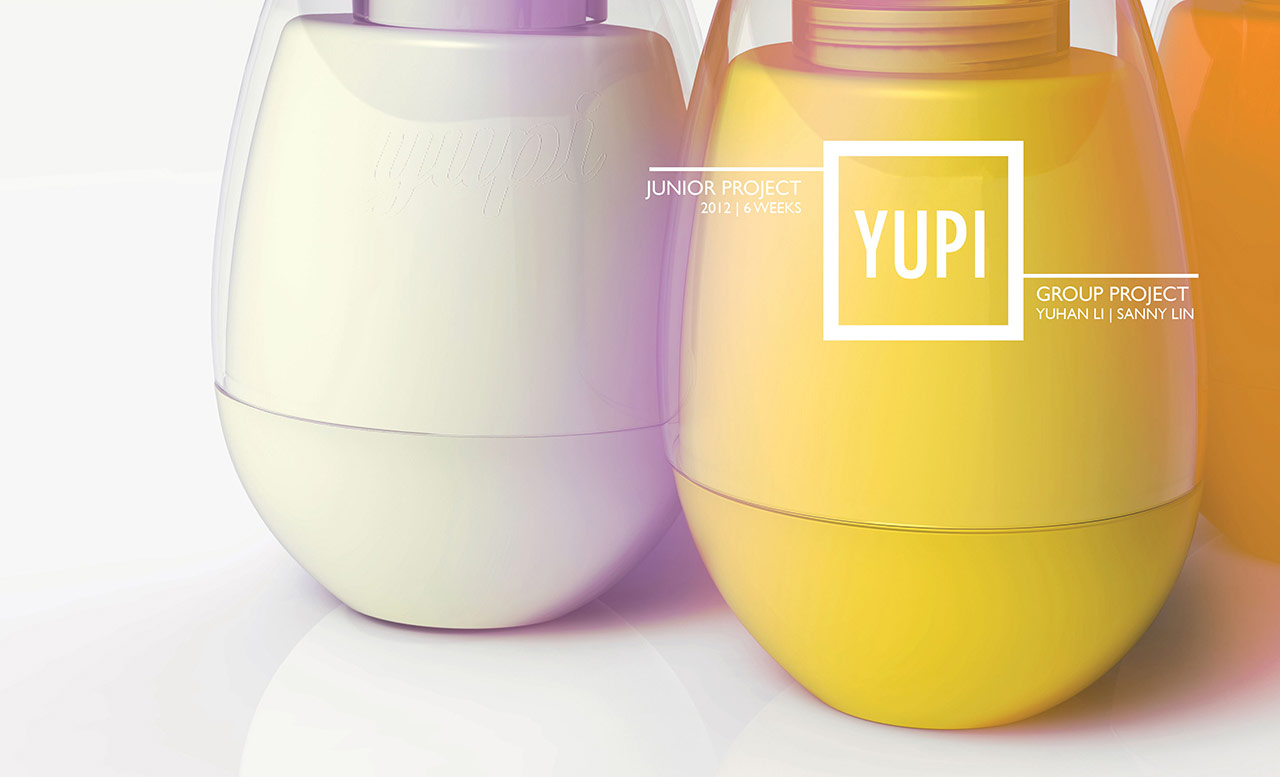
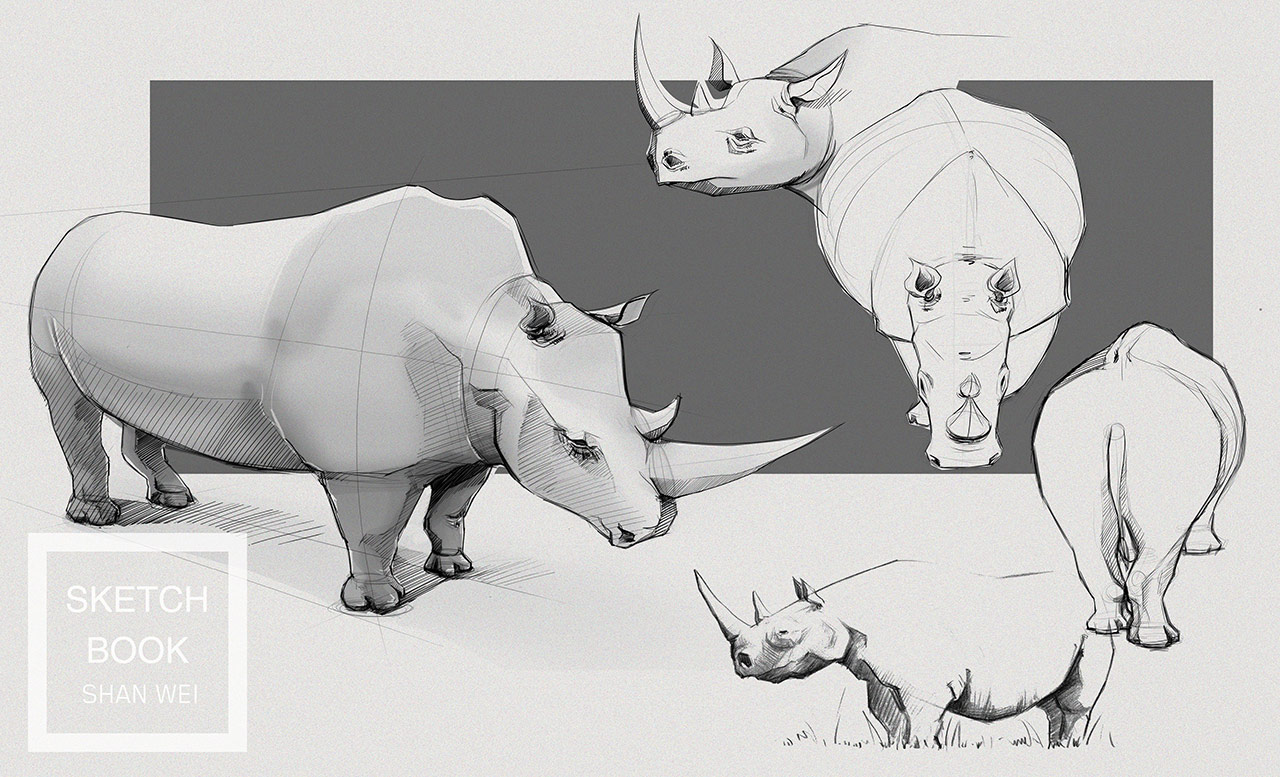
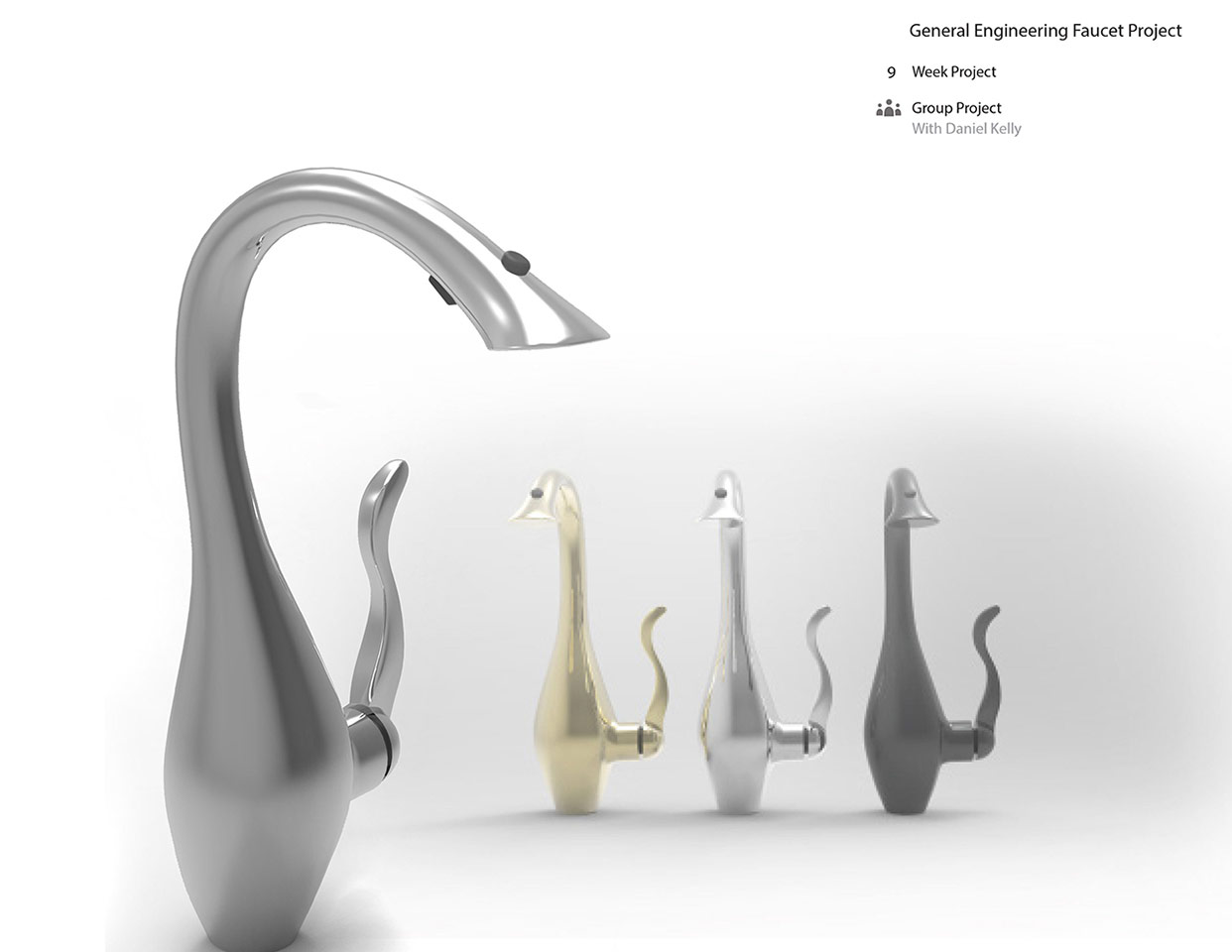
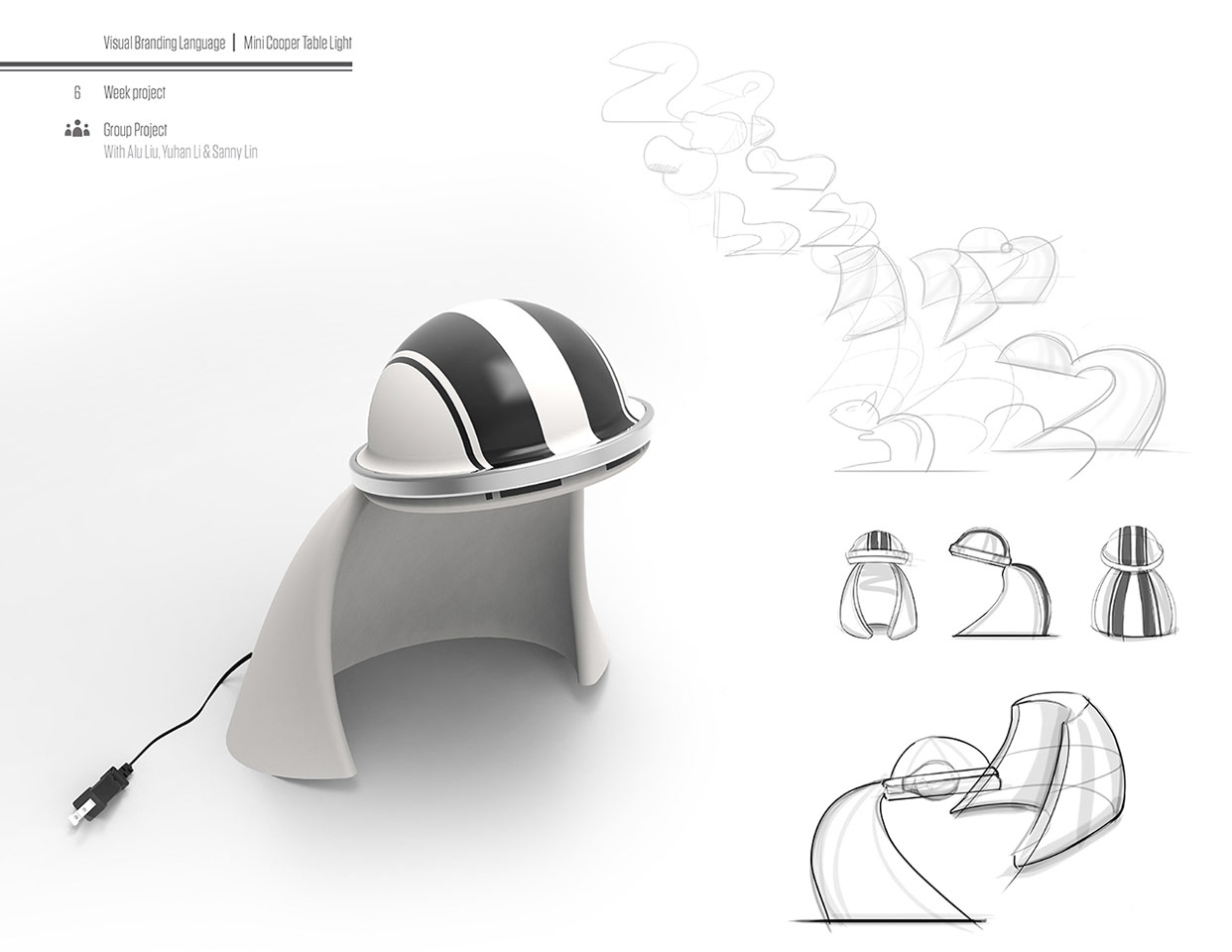




Marina Shaltout
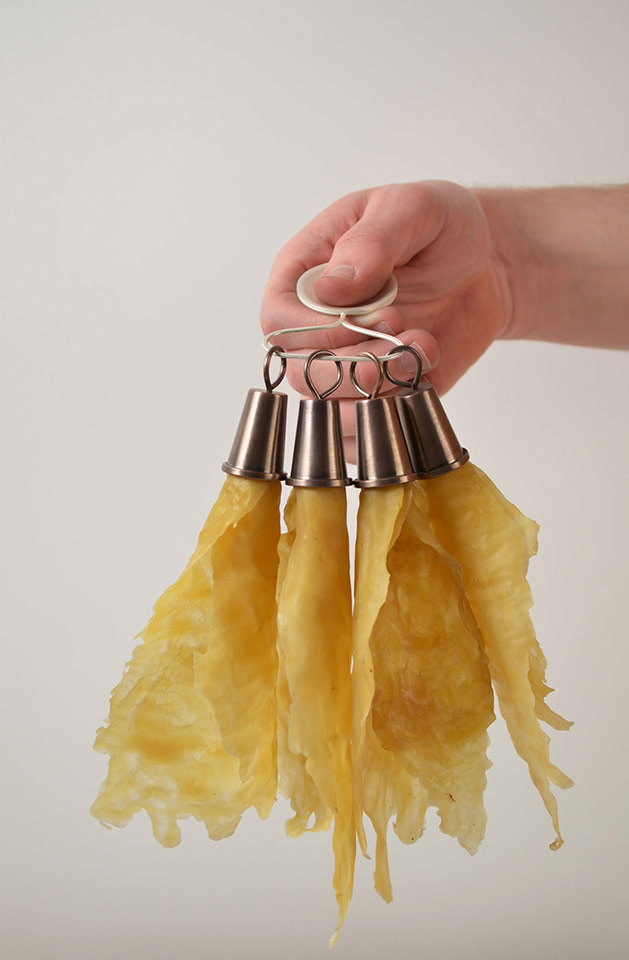

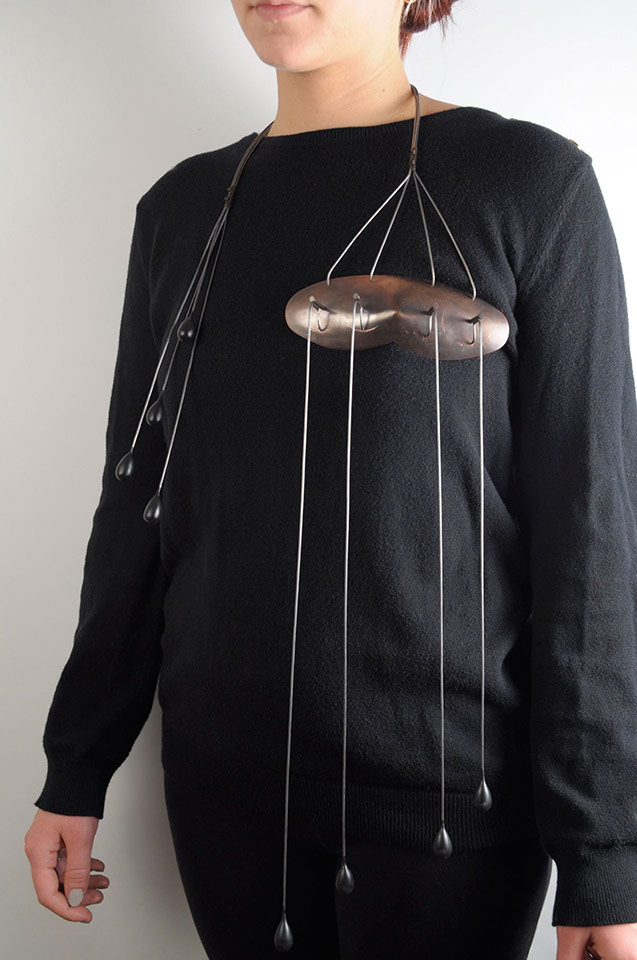
Izabela B. Feret
Sarah E. Gavin
Jennifer L. Hargrave
David Huettner
Sung Keum Kim
Matt G. Kissel
Iman M. Sharabash
Fumiaki Takezawa


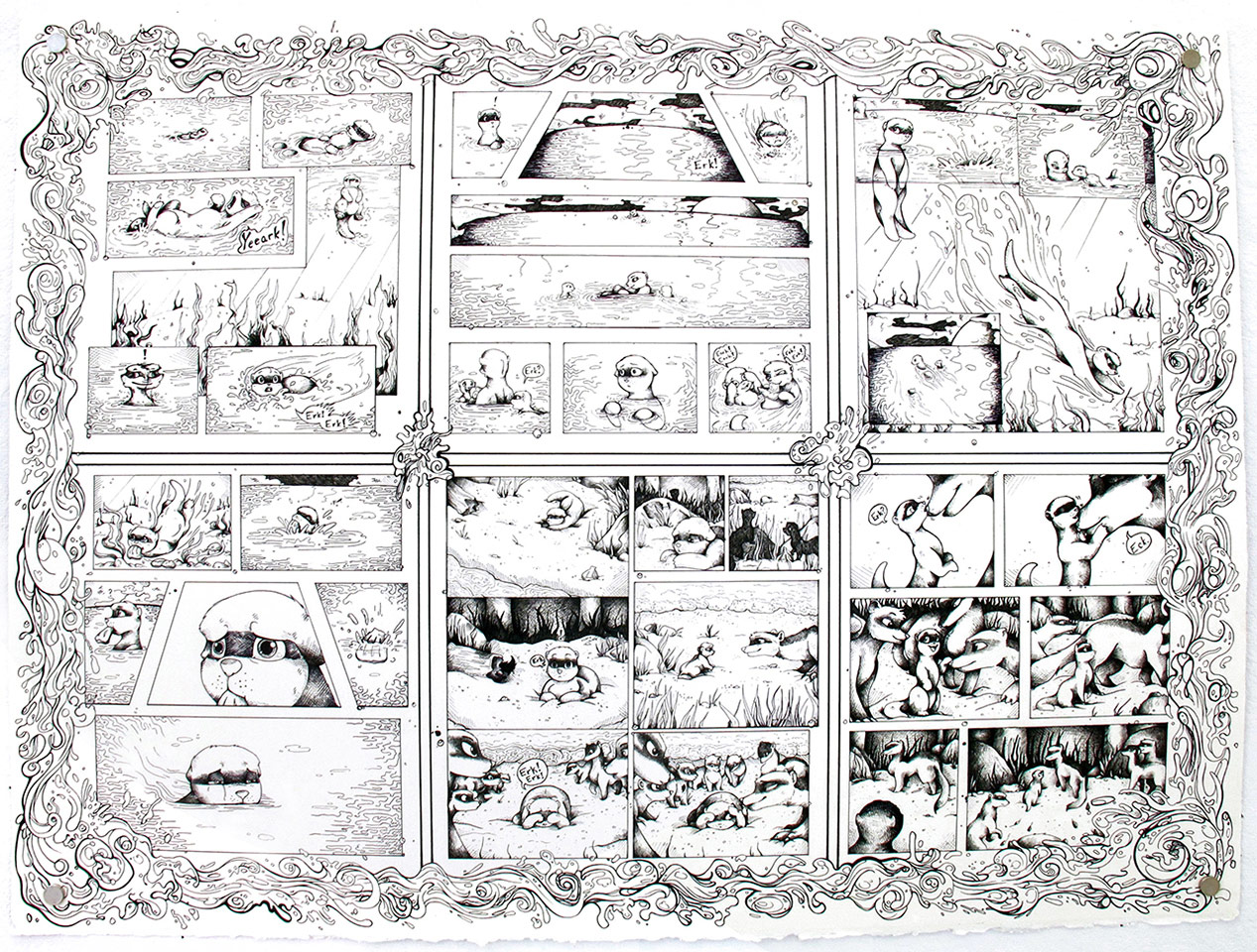


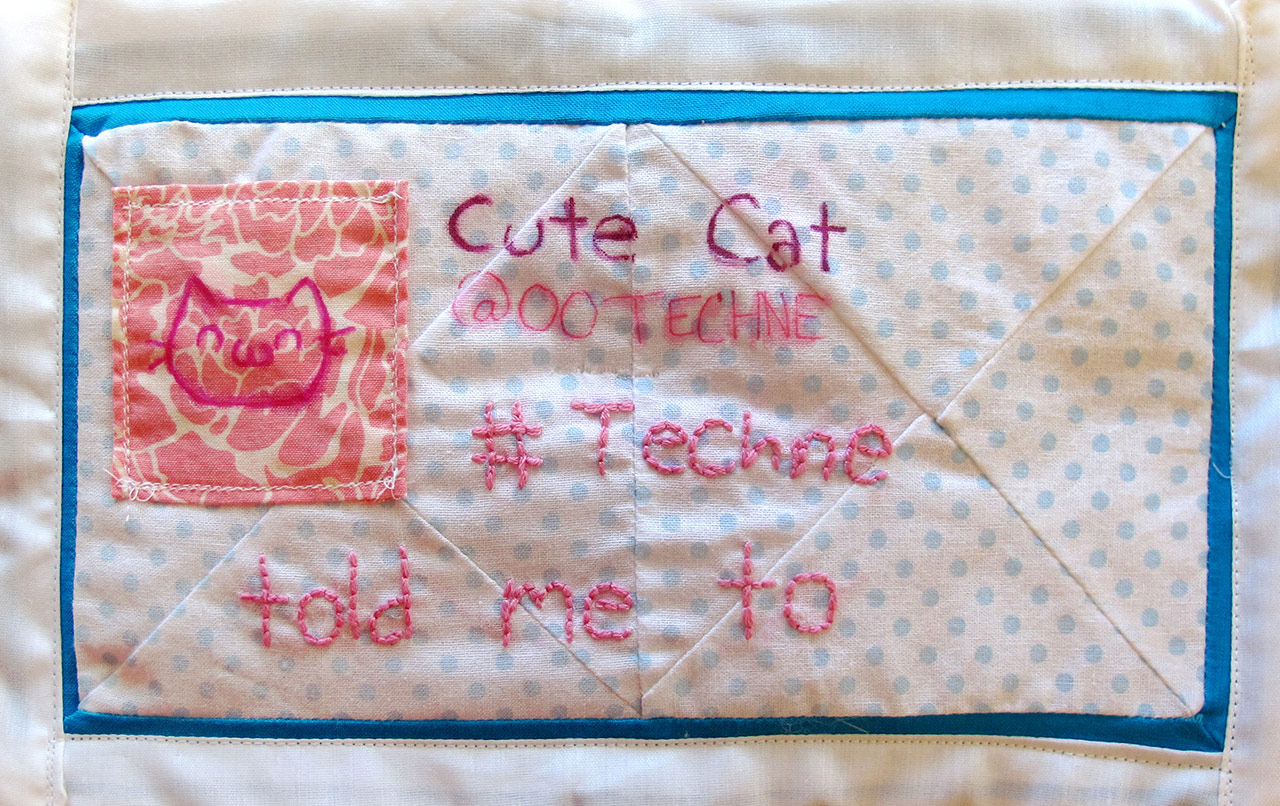
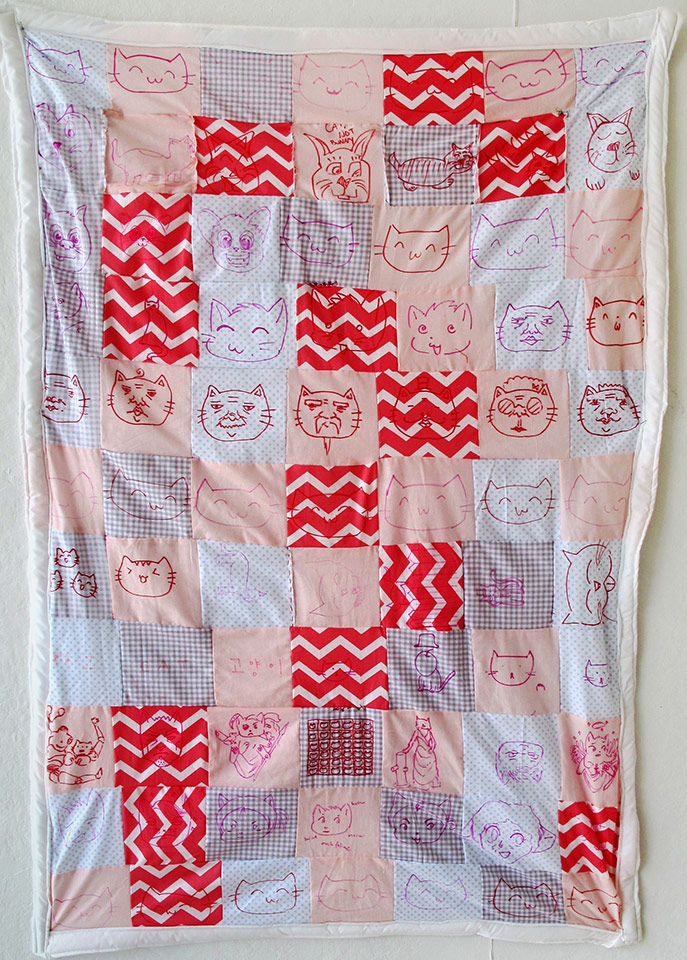


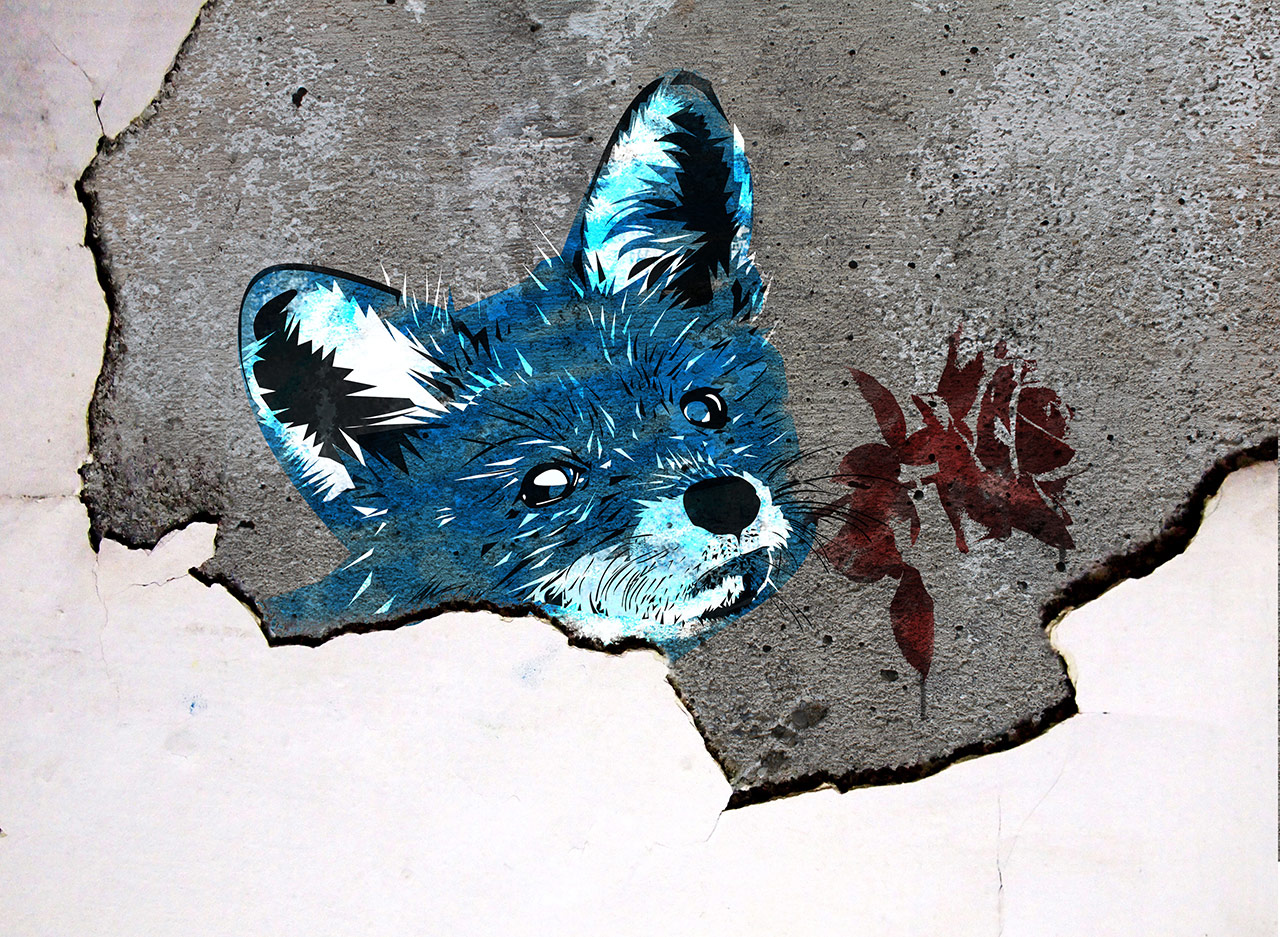
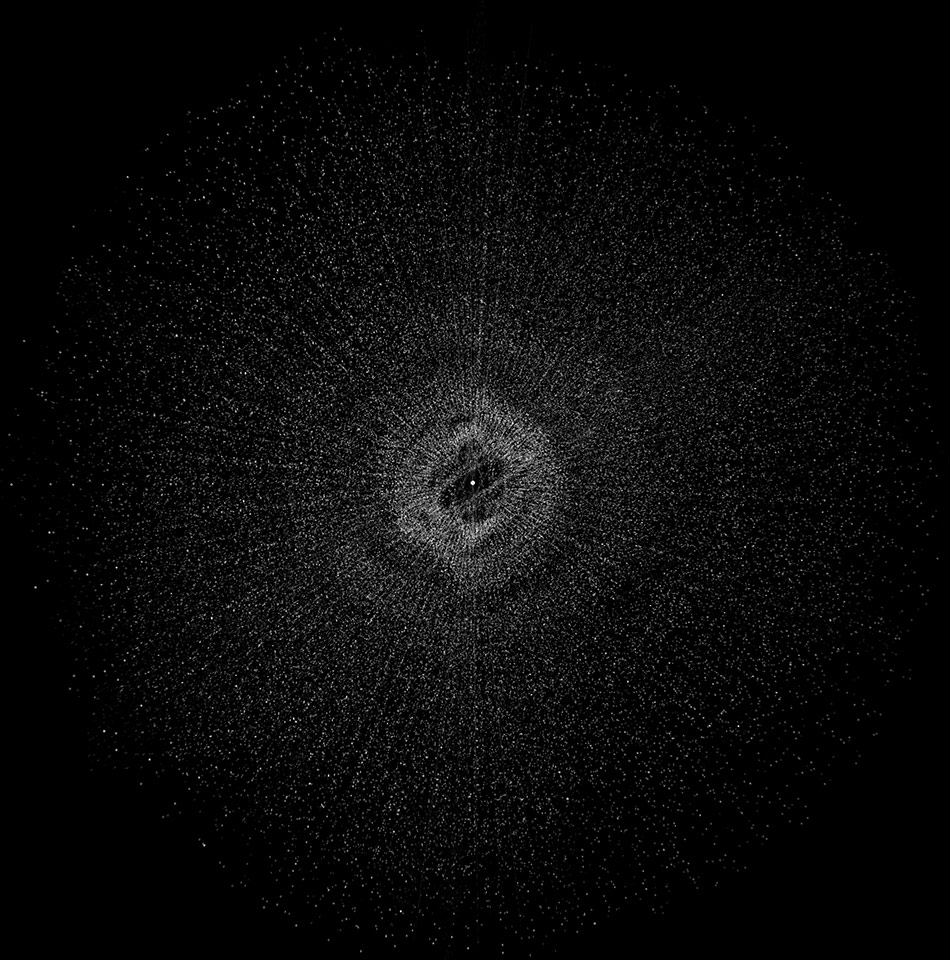


William R. Blake
Justin R. Dekker
Izabela B. Feret
Heather J. Gode
Jennifer L. Hargrave
Melissa D. Ibanez
Ji Won Kim
Vivian Le
Yvette Mayorga
Jay Pahre
Eduardo Perez
Jessica L. Rojas
Kristina M. Sandefur
Basia Stanek

-BFA.jpg)



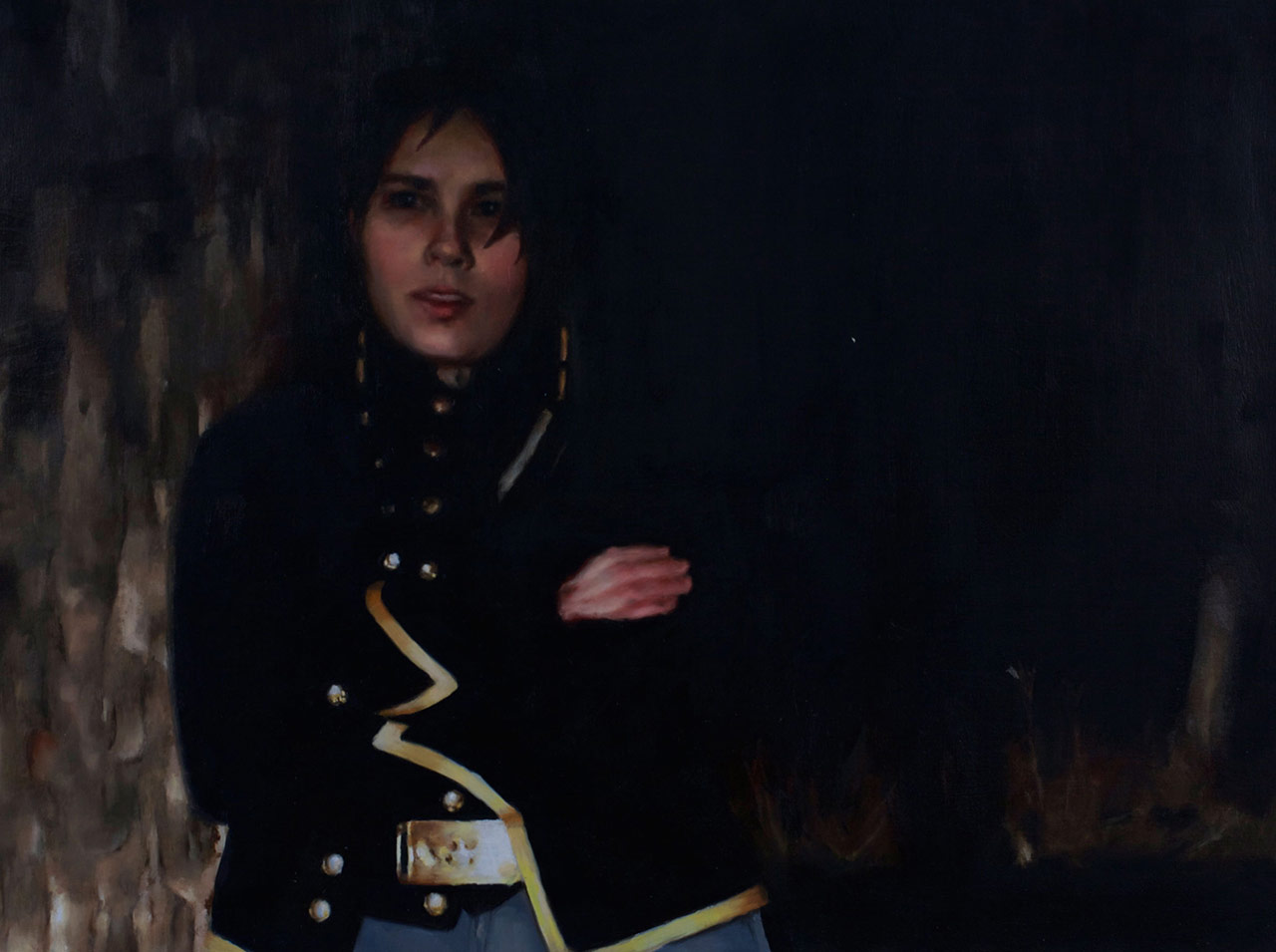






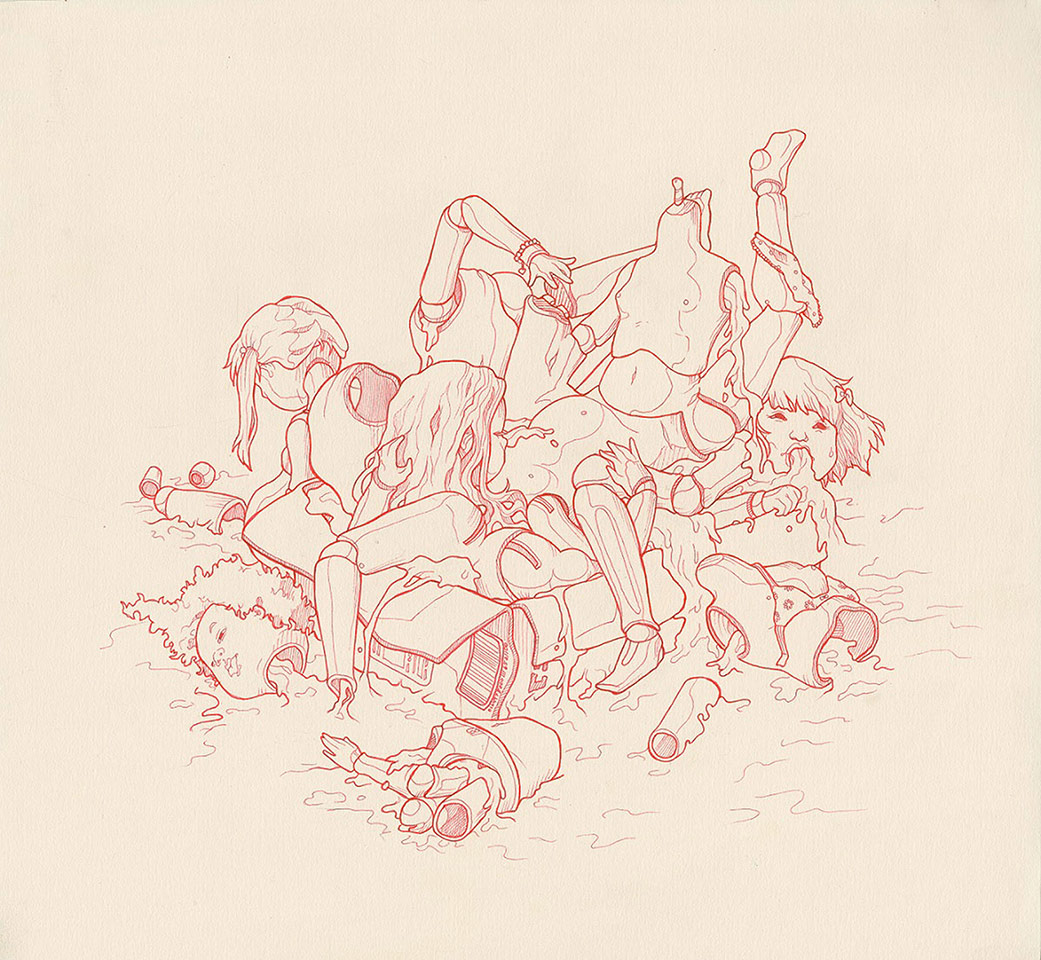
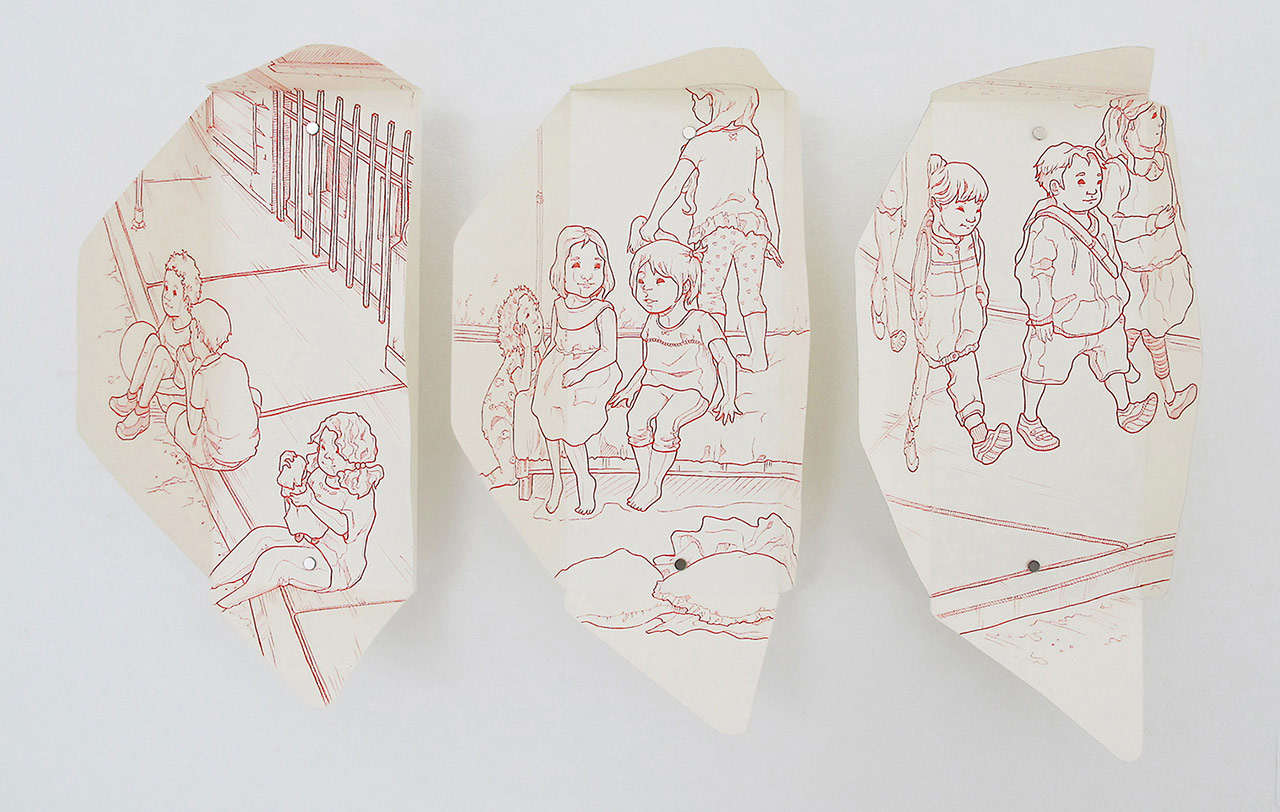

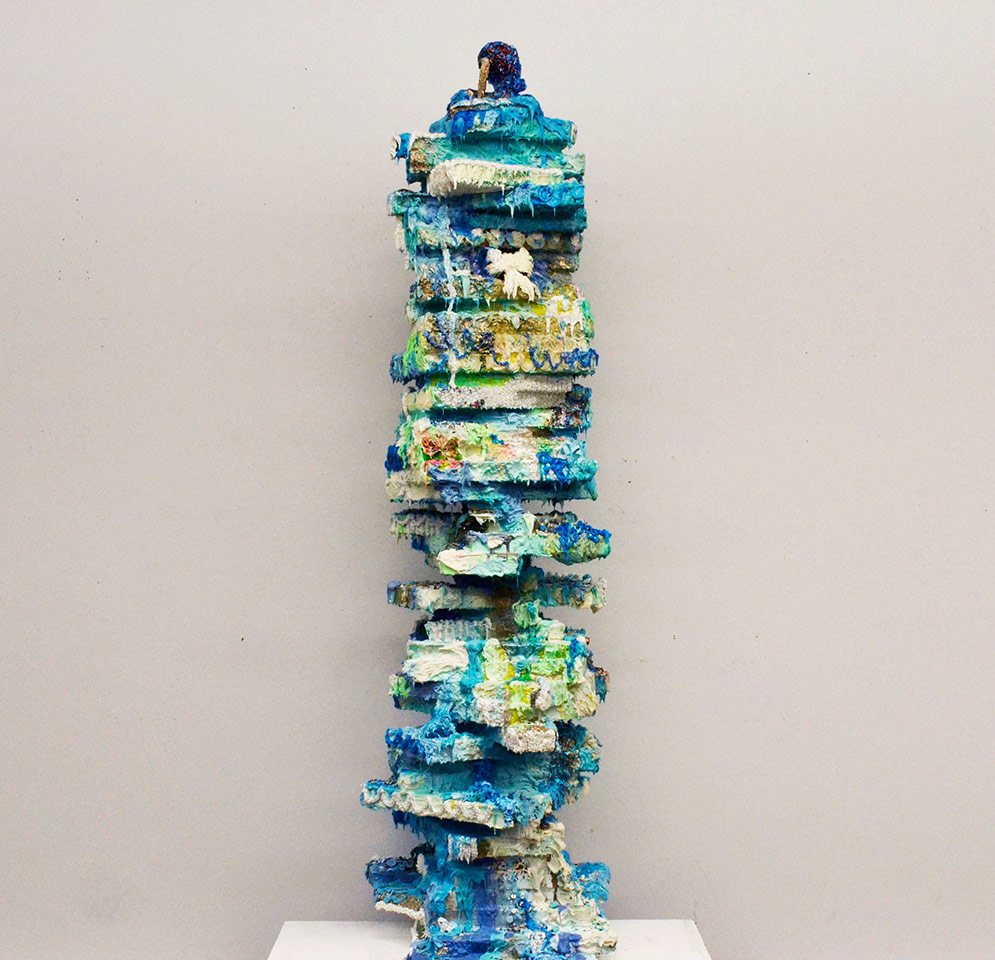

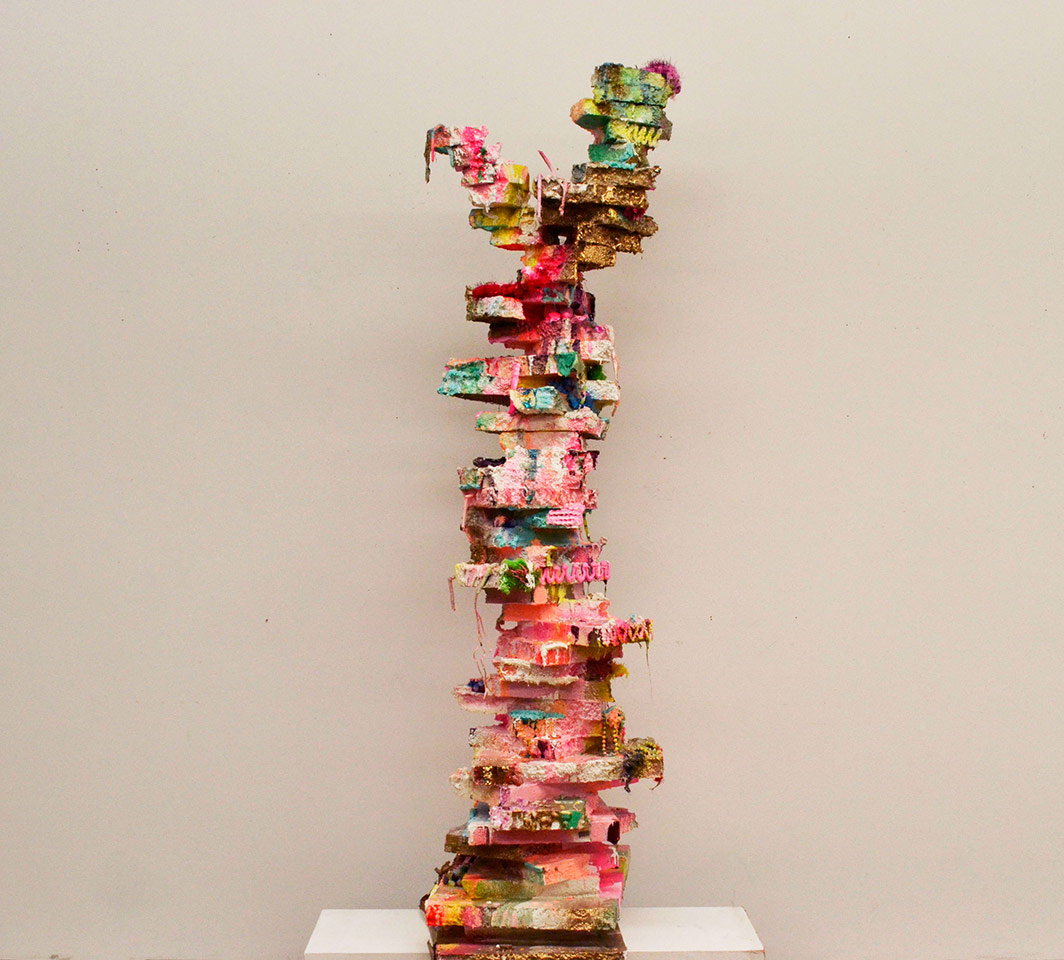
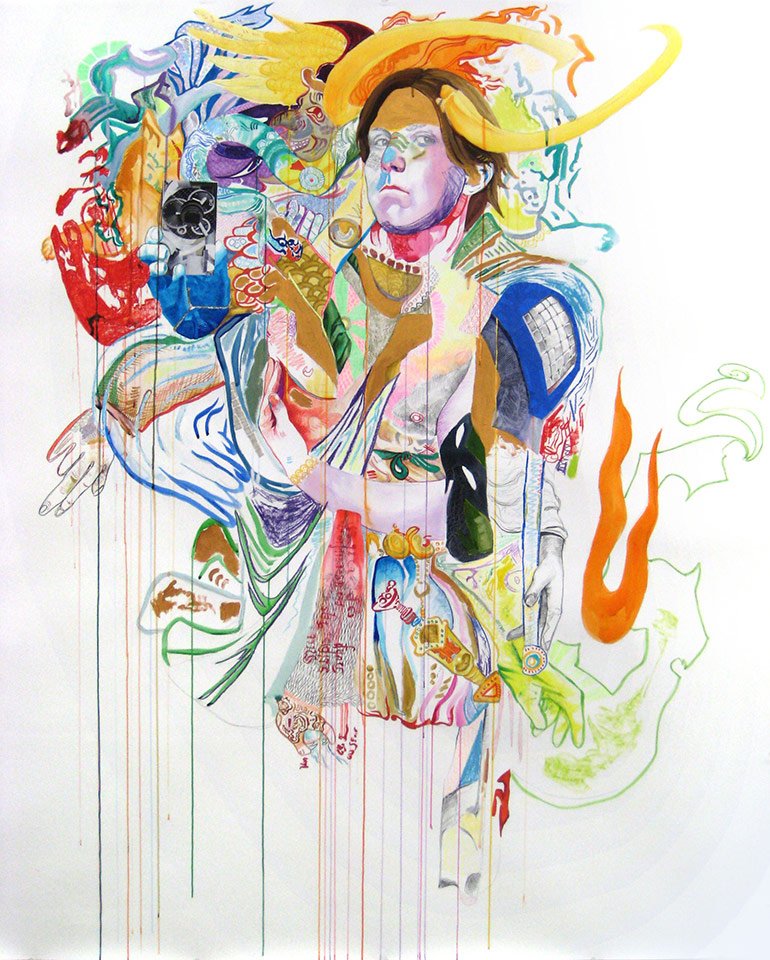

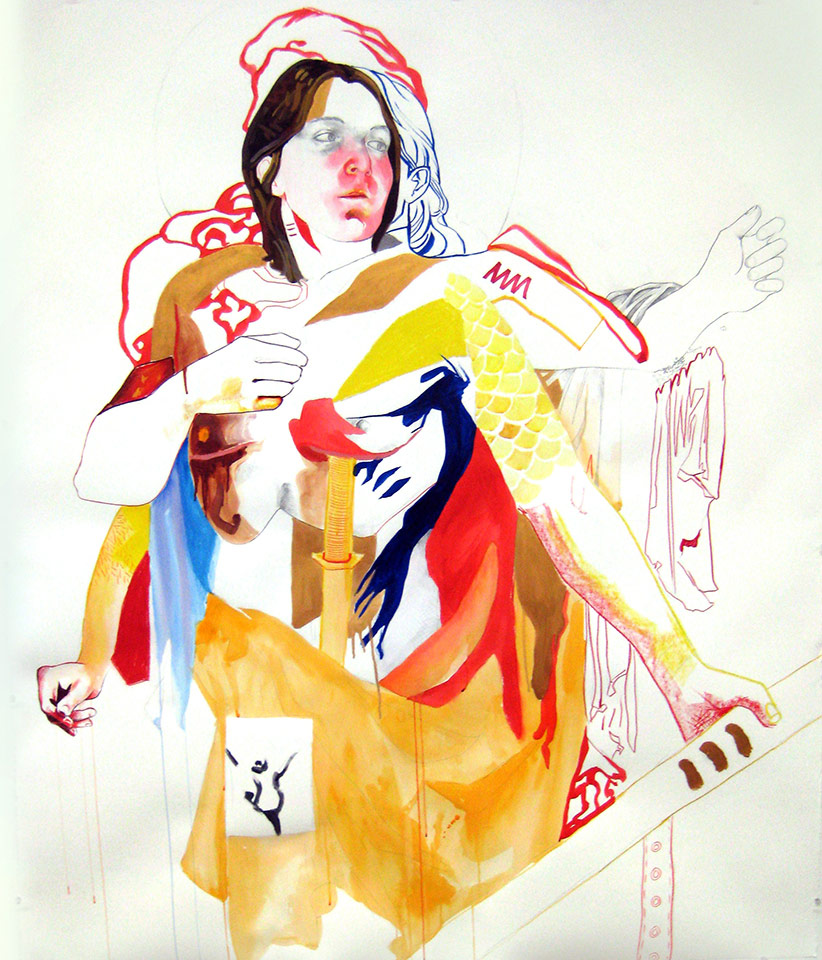
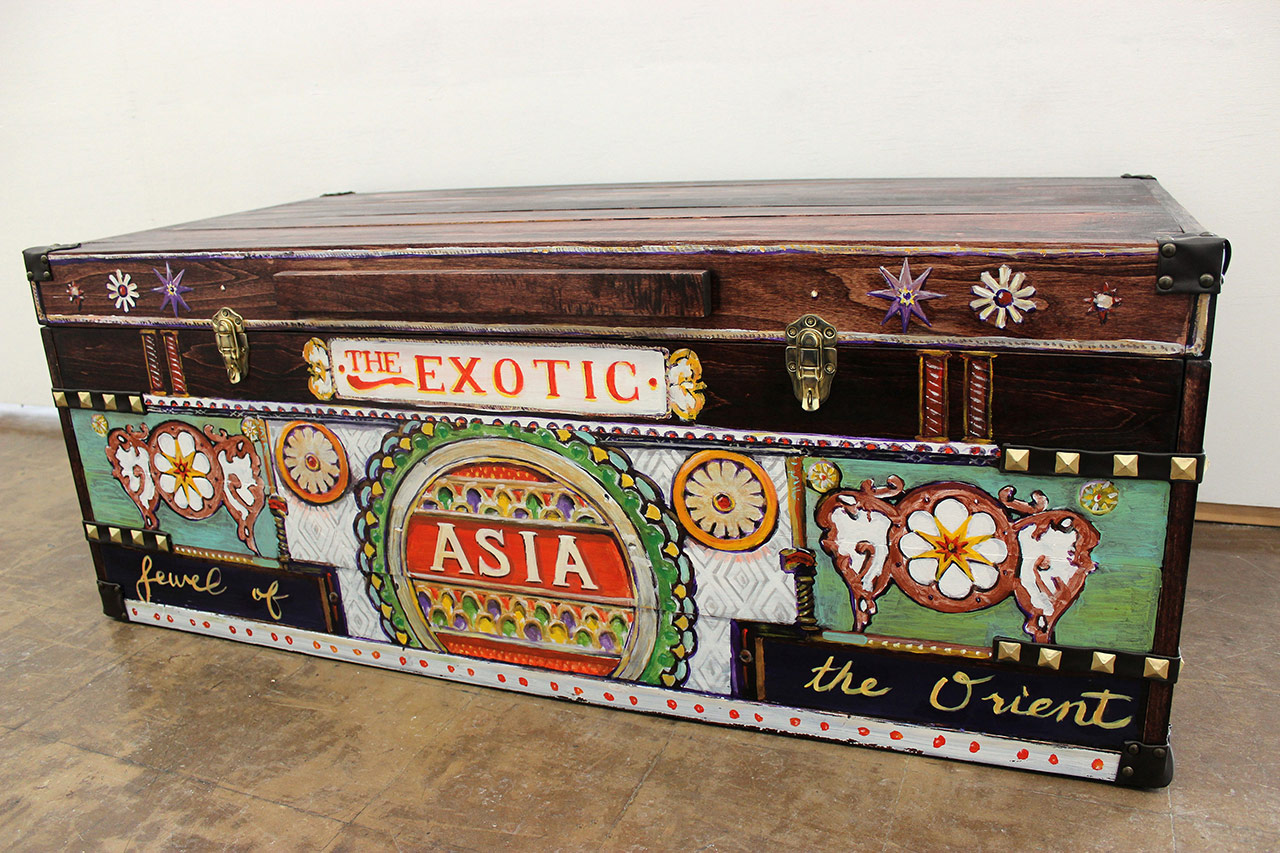
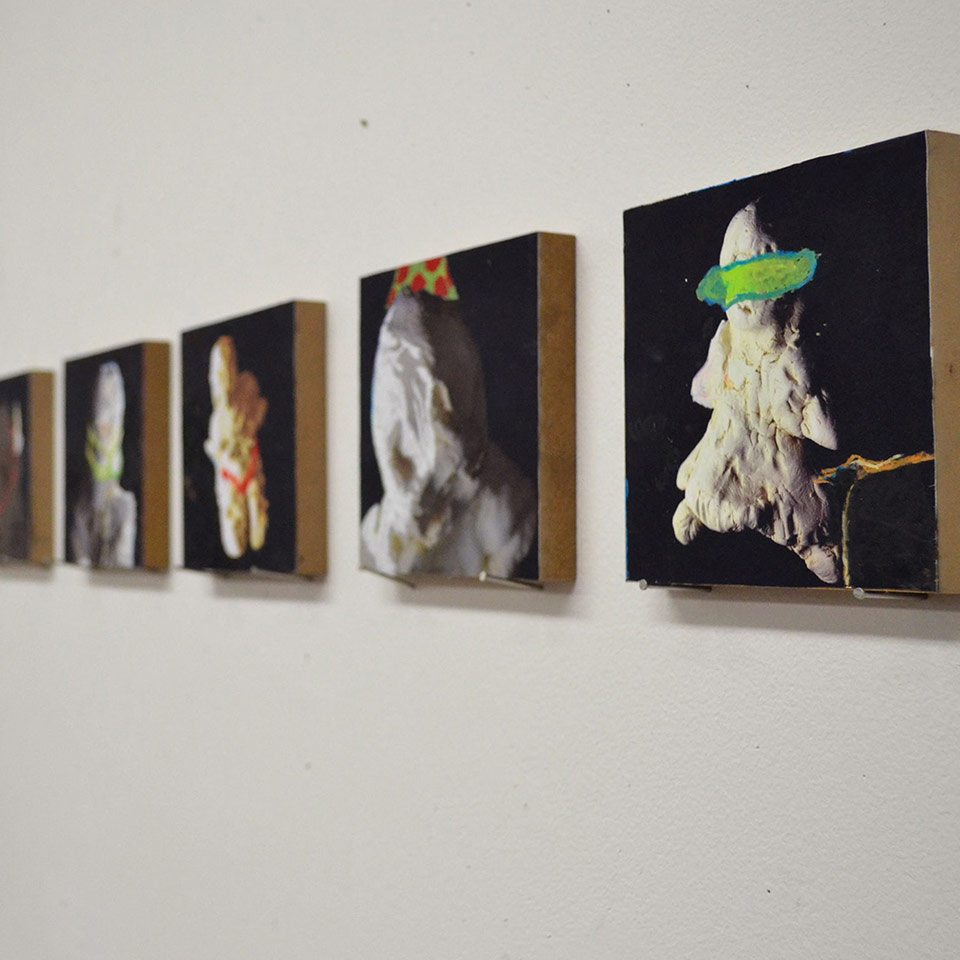
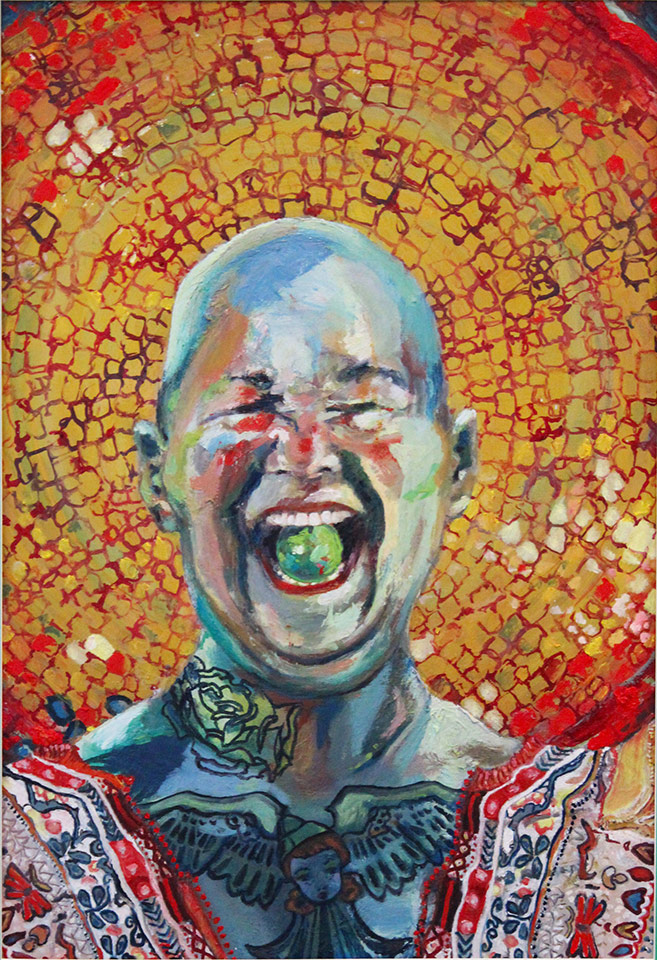
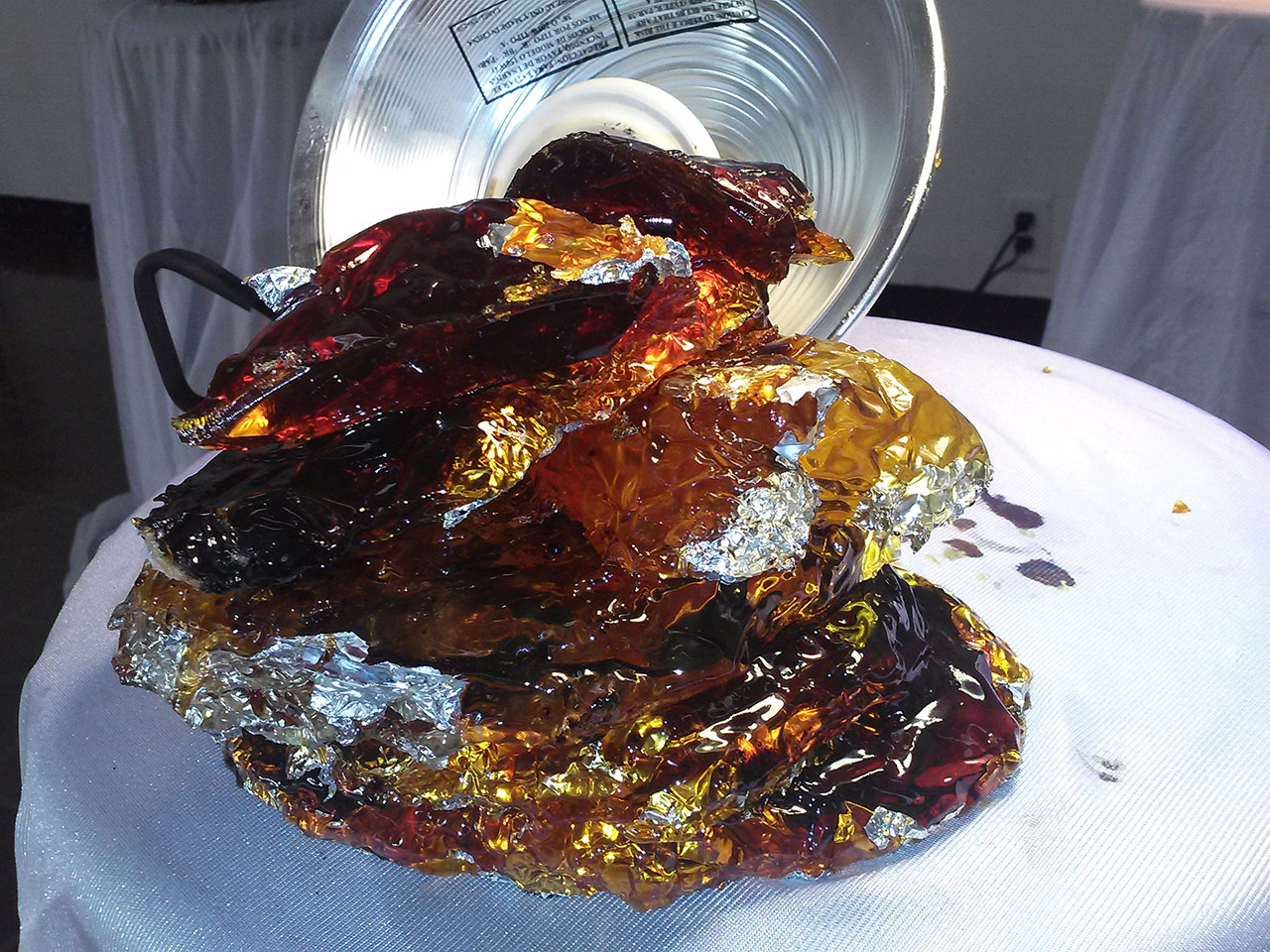
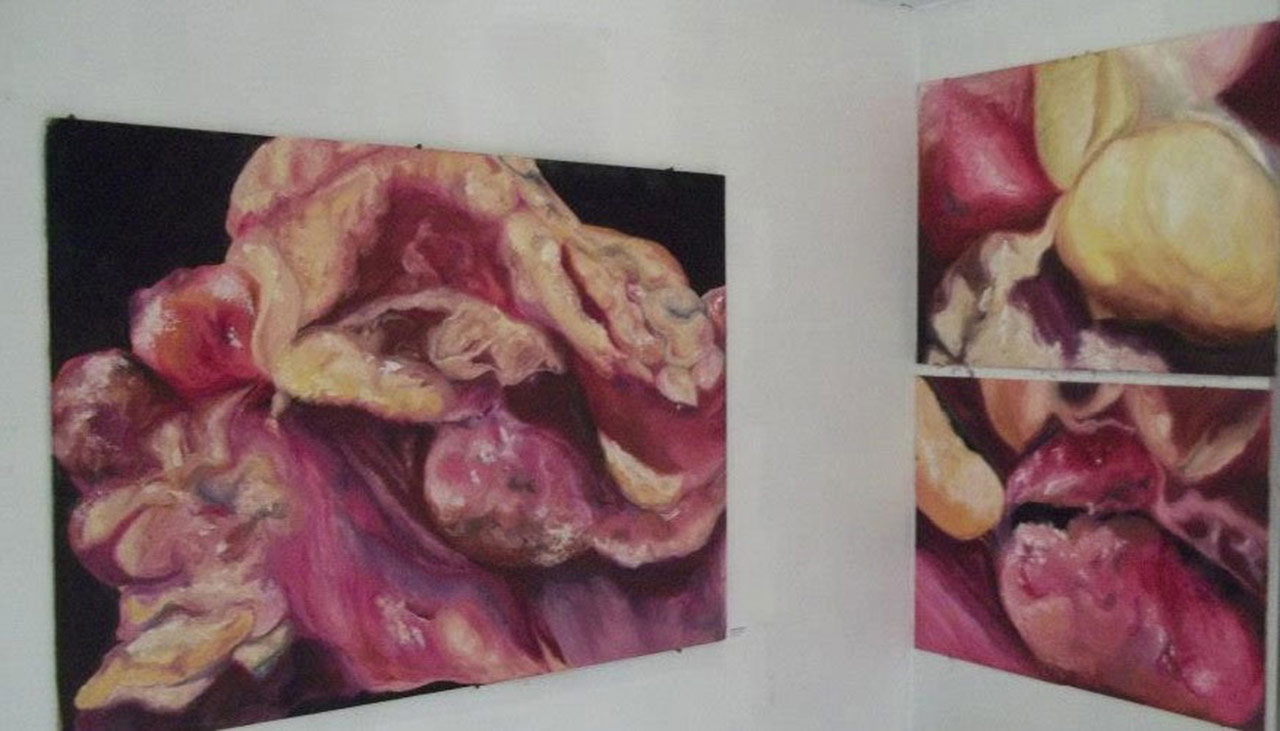
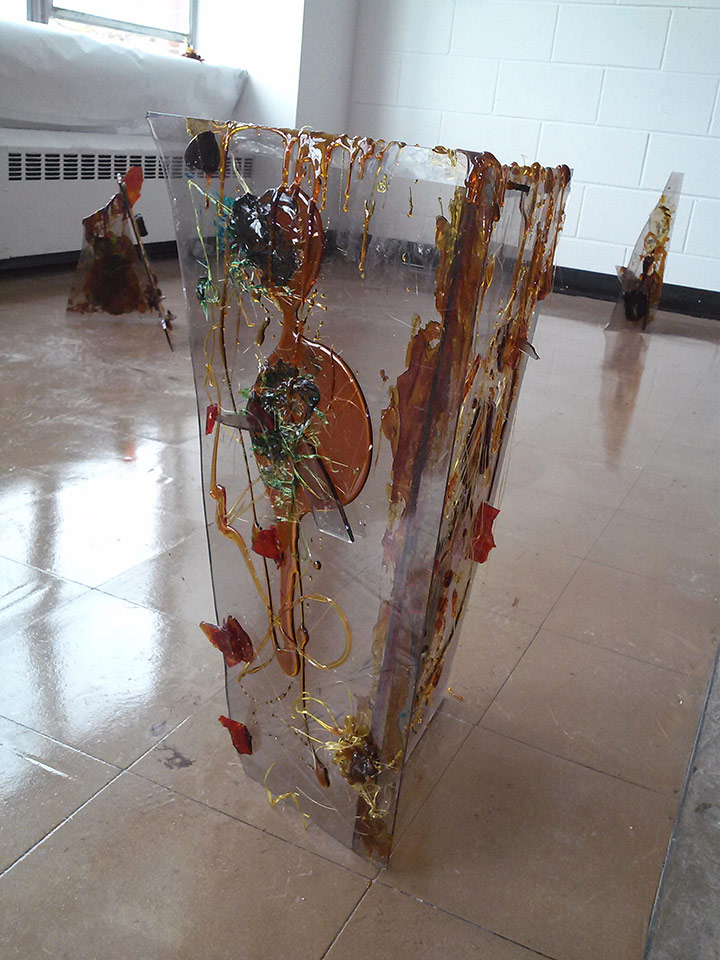



The Painting Program provides students with a nourishing environment that embraces diverse media. The communal studio spaces give students ample opportunities to converse about contemporary art practices and theories. Students are encouraged to experiment with different media. And this has the potential to transform what was originally simply a “painting.”
Yvette Mayorga’s series entitled Borderland consist of installations that evoke overwhelming sensory experiences. To create her life-size installations, which are based on the human body, the artist begins by forming a narrative, which subsequently becomes the structure of the installation. Next, she layers white foam board that is primed with white acrylic paint. Mayorga then begins to decorate the foam with colored acrylic paint, spray paint, frosting, sprinkles, glitter, rhinestones, and found objects, which are usually hidden within the layers. Mayorga uses vibrant colors. A viewer is quickly entranced by the bright shades of gold, pink, orange, and blue, while the textured and intricate details of the work cause a viewer to inspect the installation up-close. Prior to seeing the installation, a viewer’s sense of smell is triggered by the fragrance of frosting; the closer a viewer gets, the smell becomes stronger and even unbearable.
The narratives that are embedded in Mayorga’s installations concern the artist’s position on the politics surrounding the U.S. and Mexico borderlands. In her work, such political narratives are juxtaposed with the American board game “Candy Land.” The cloying sweetness of the frosting, the vibrant colors are intended to represent the American Dream, as the media in the U.S portrays it. The American Dream becomes artificial and seductive. Thus, Mayorga’s work engages post-colonial theory and the relationship between a human being and a territory.
Mayorga has taken inspiration from artists such as Frida Kahlo, especially because Kahlo incorporated aspects of Mexican culture in her work, besides passion and pain in her self-portraits. In her own self-portraits, Mayorga has sometimes emulated Kahlo’s color palette. Besides Kahlo, Nick Cave also provided inspiration to Mayorga. She enjoys his playful use of color and the use of the sound in his performance pieces. West-Coast artists, Juxtapoz magazine, gallery shows: this is where Yvette Mayorga finds politically inflected artwork that inspires her.
Luke J. Bial
Jennifer M. Bielat
Elizabeth Brinckerhoff
Anne K. Grzyb
Monica J. Inglot
Pathum Karunaratne
Molly A. Krohe
Brianne E. Lenz
Christian T. Nam
Sean P. O’Connor
Puja C. Patel
Wesley M. Pundt
Alexander Wallbaum


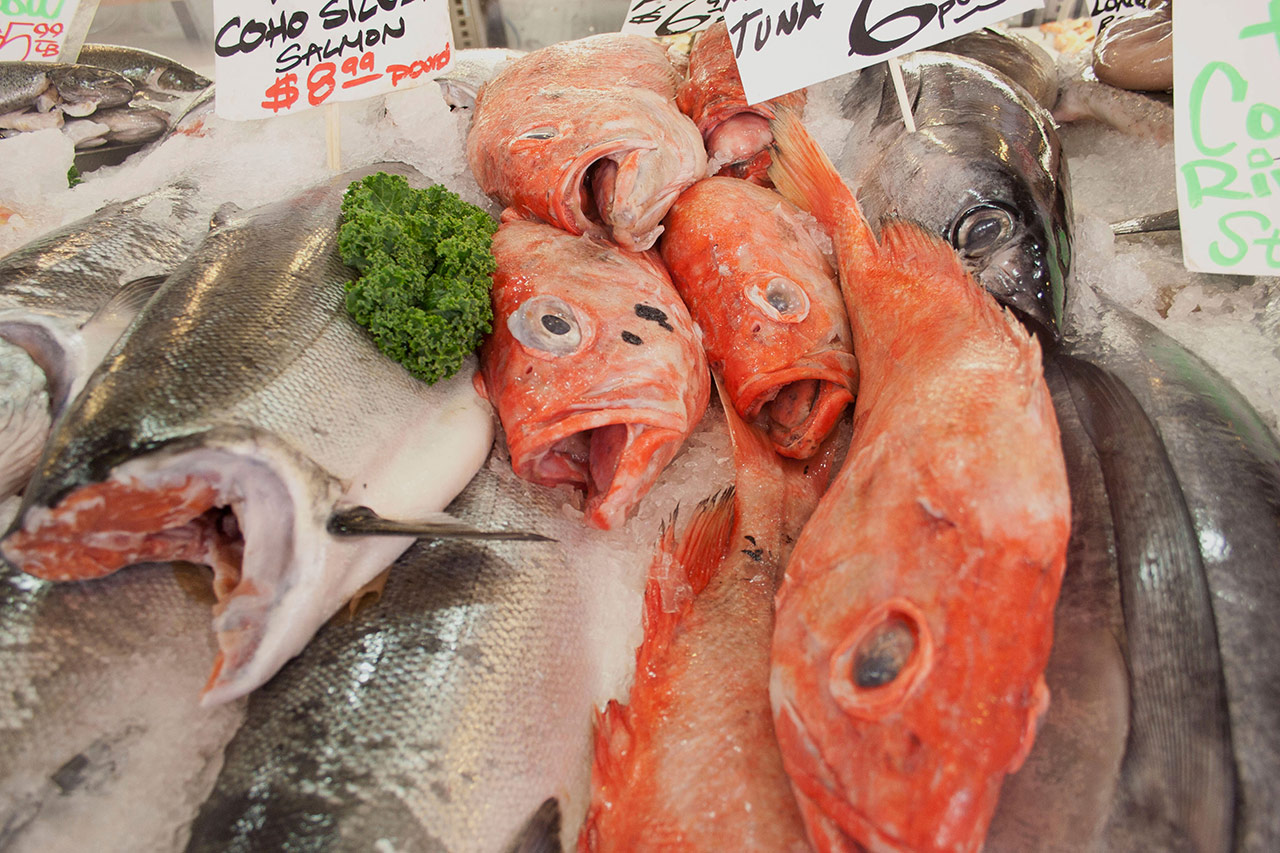
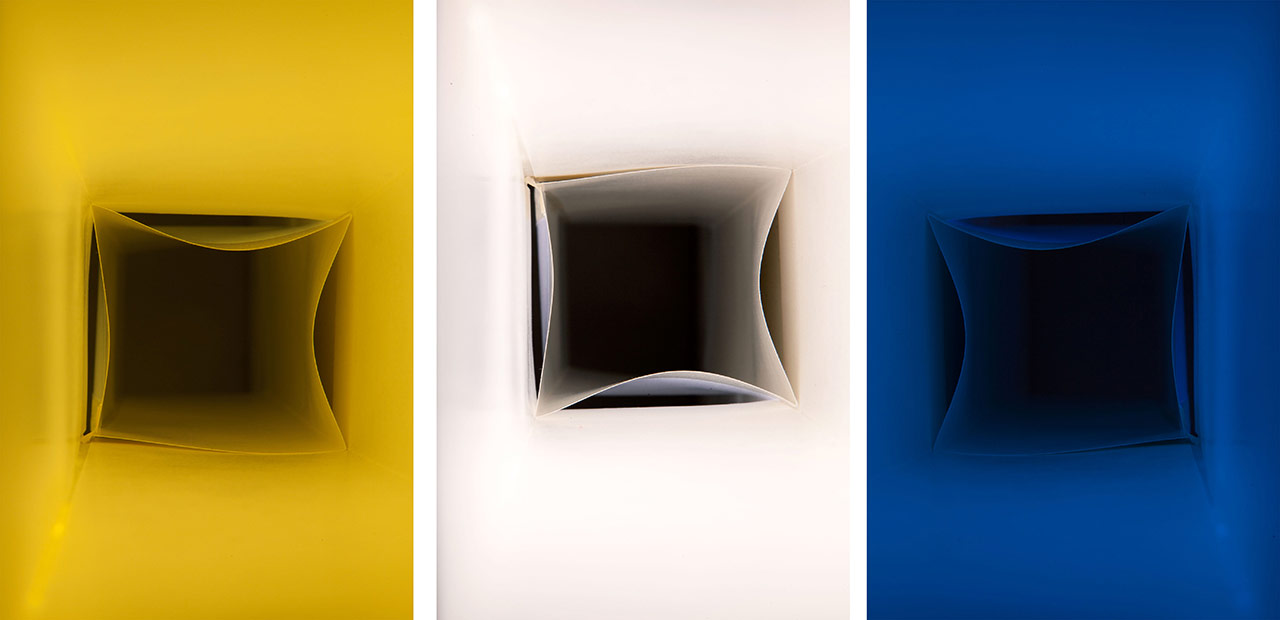

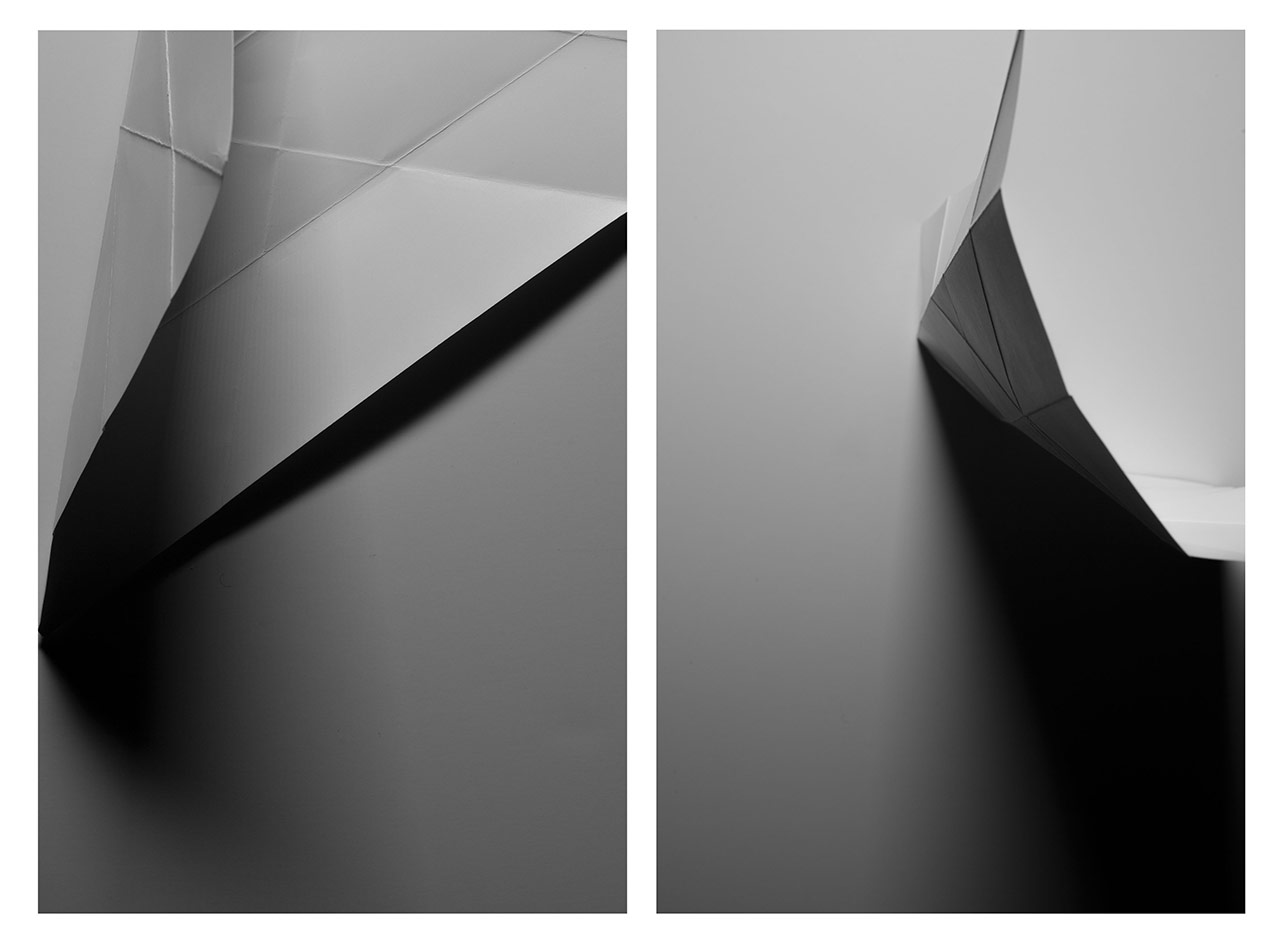
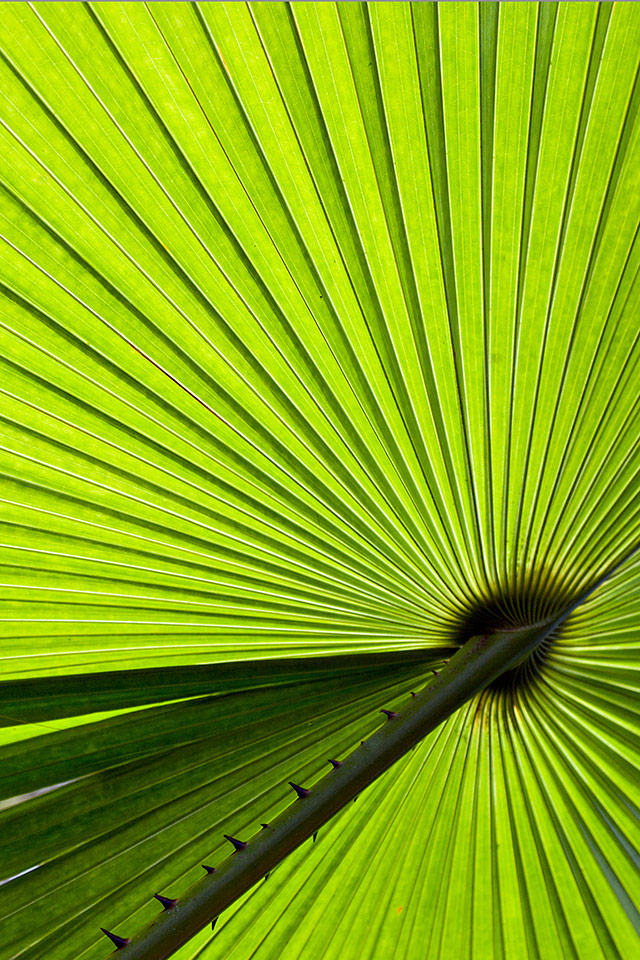

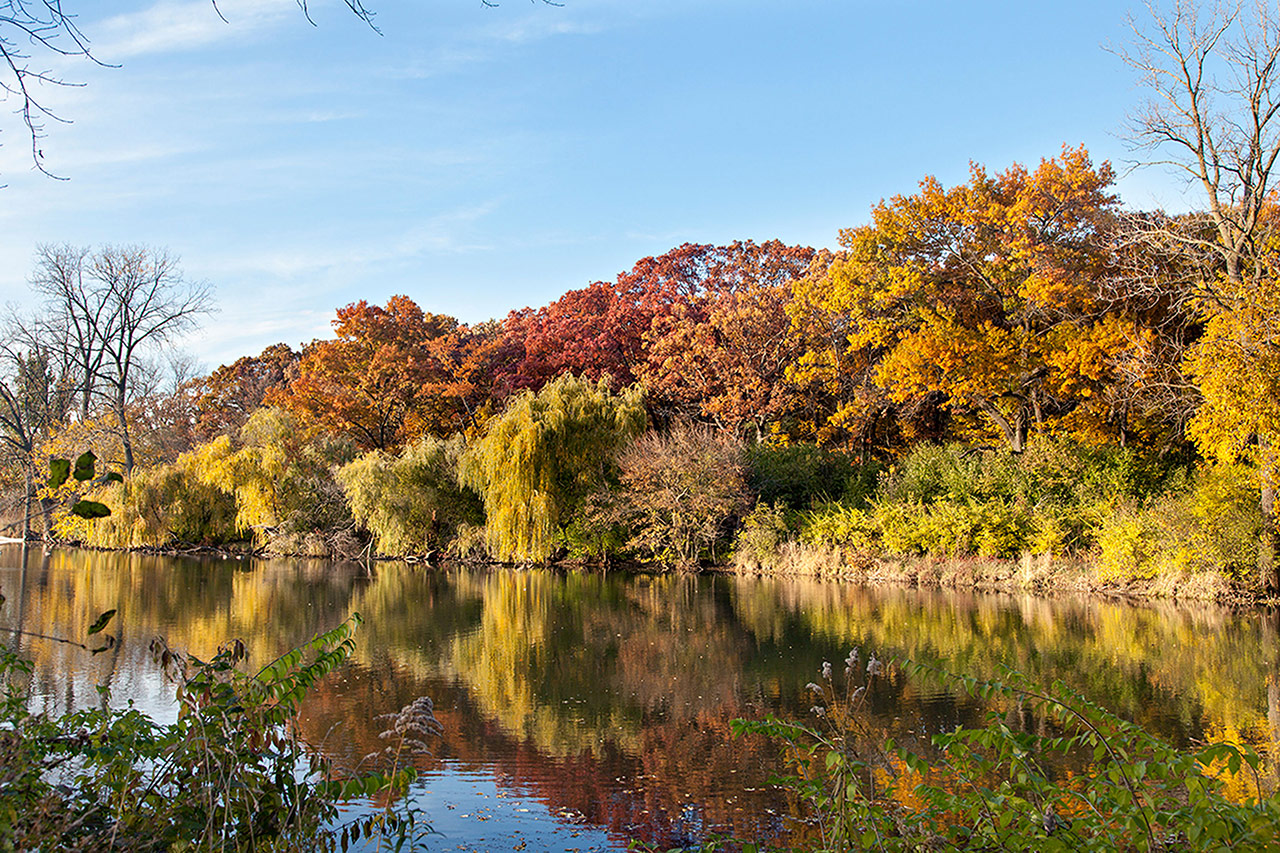





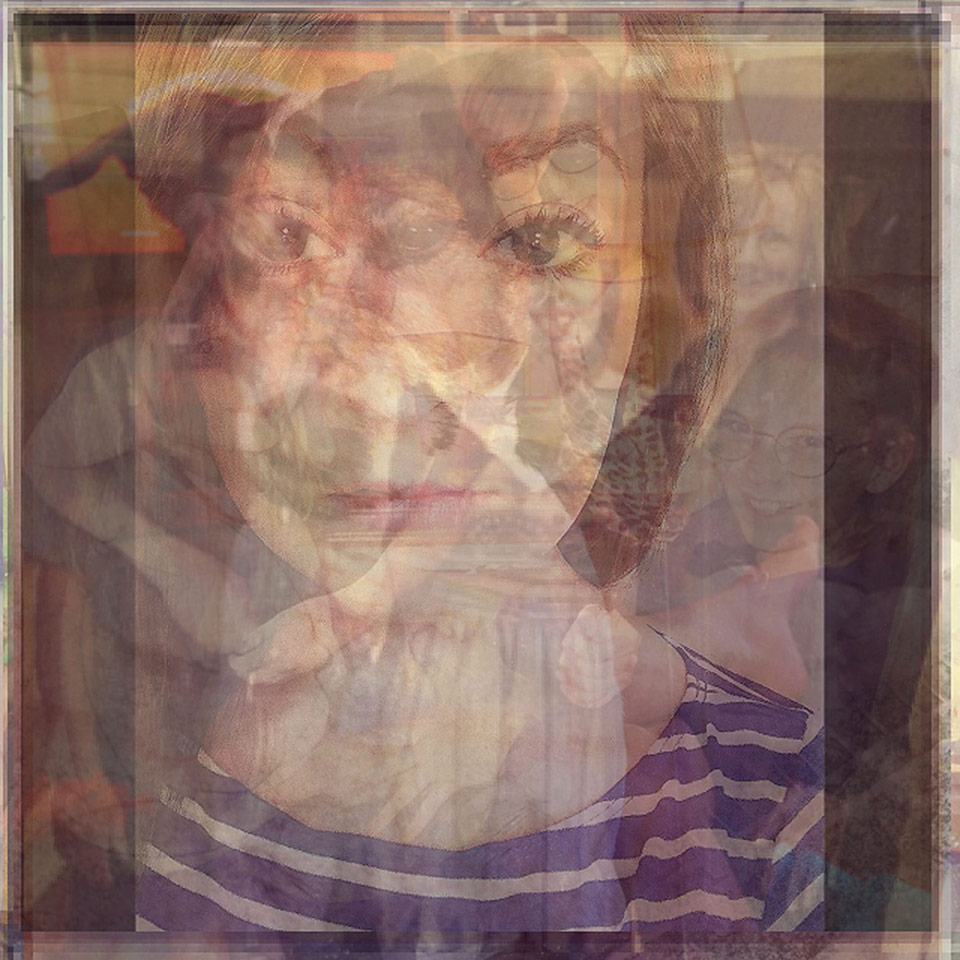



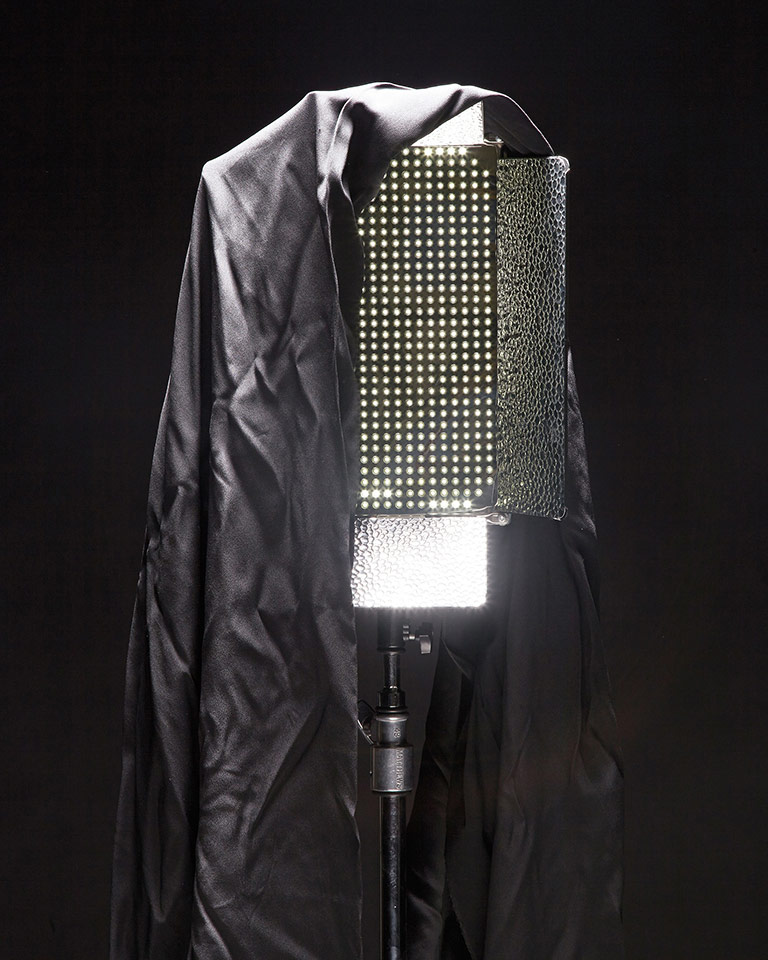
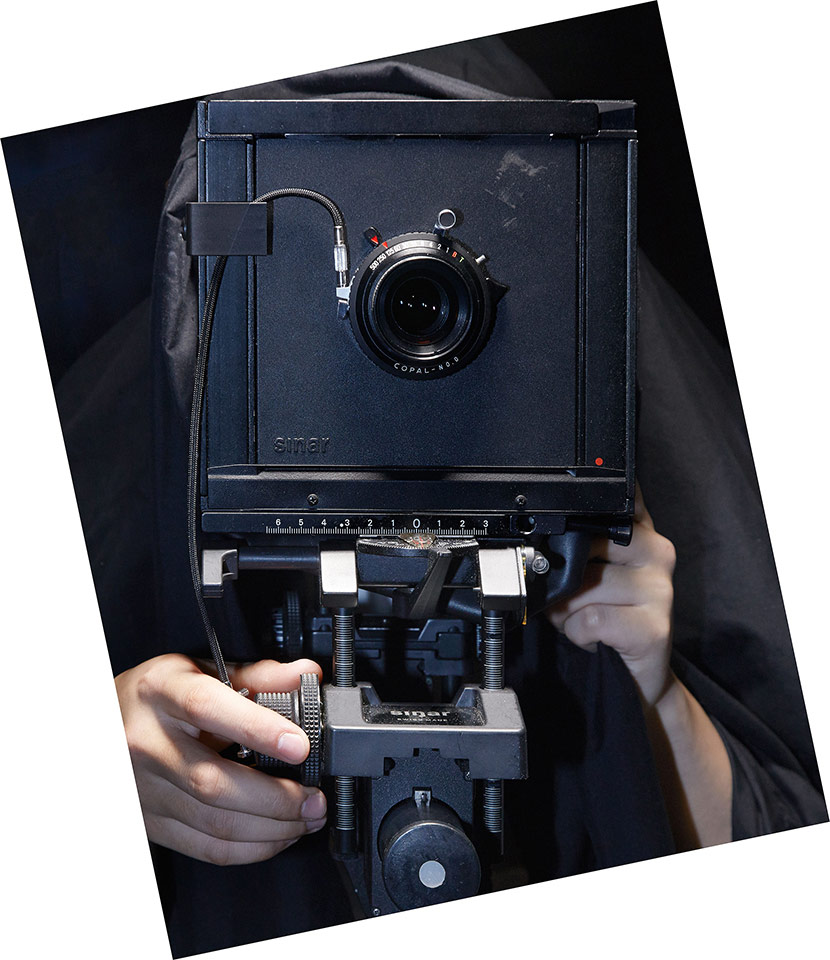
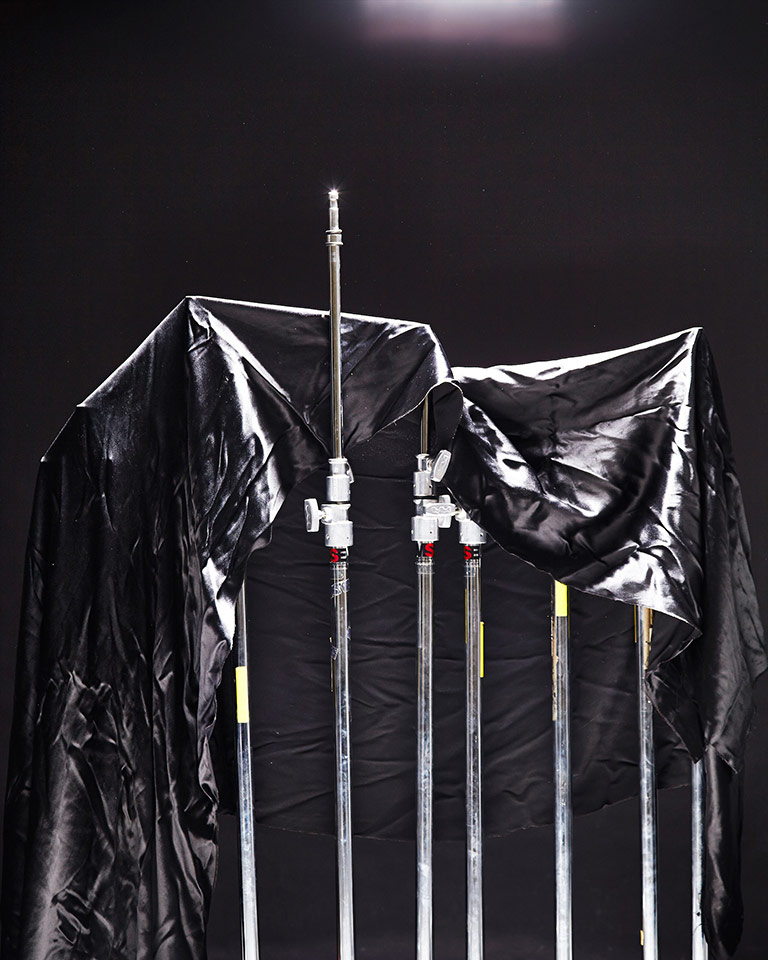
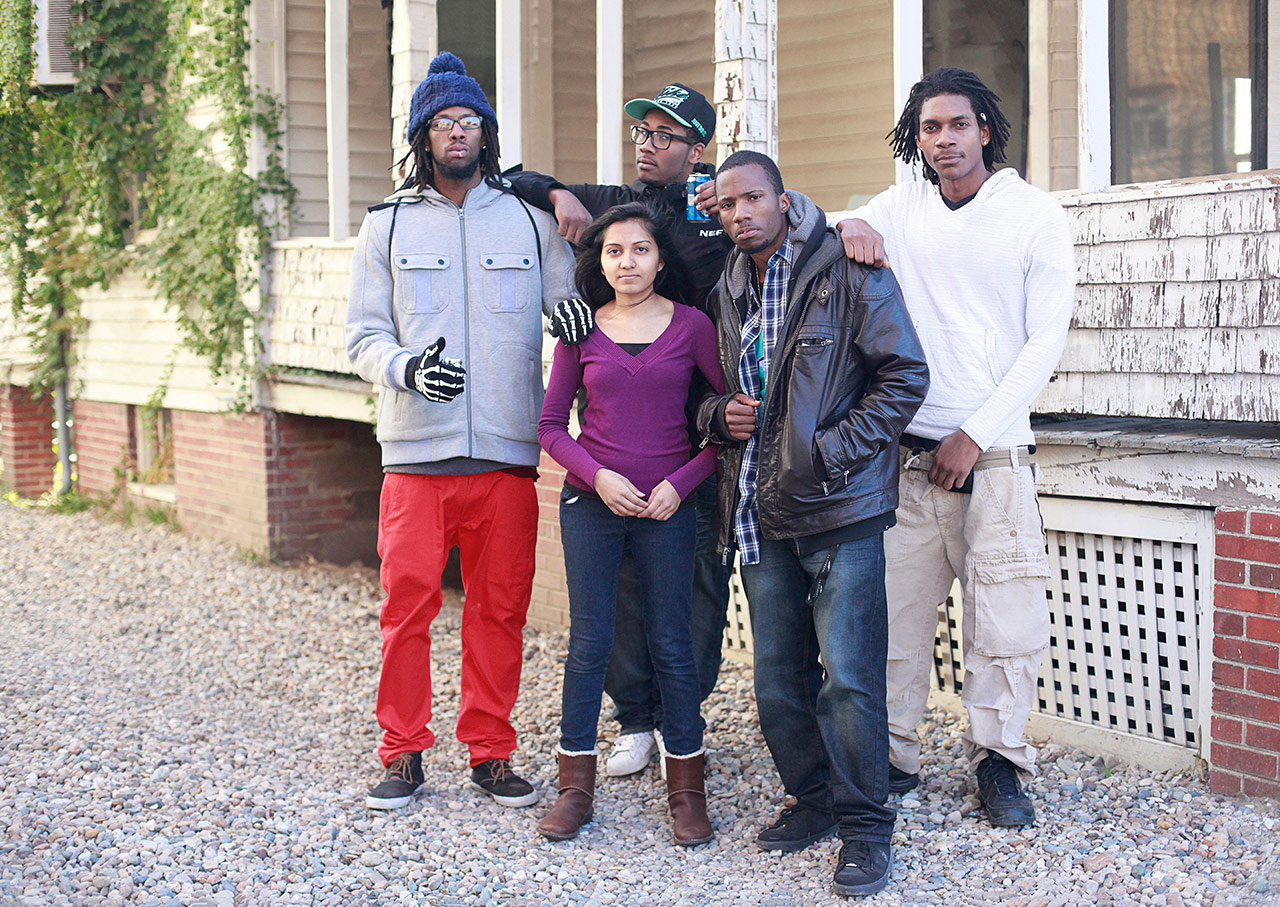
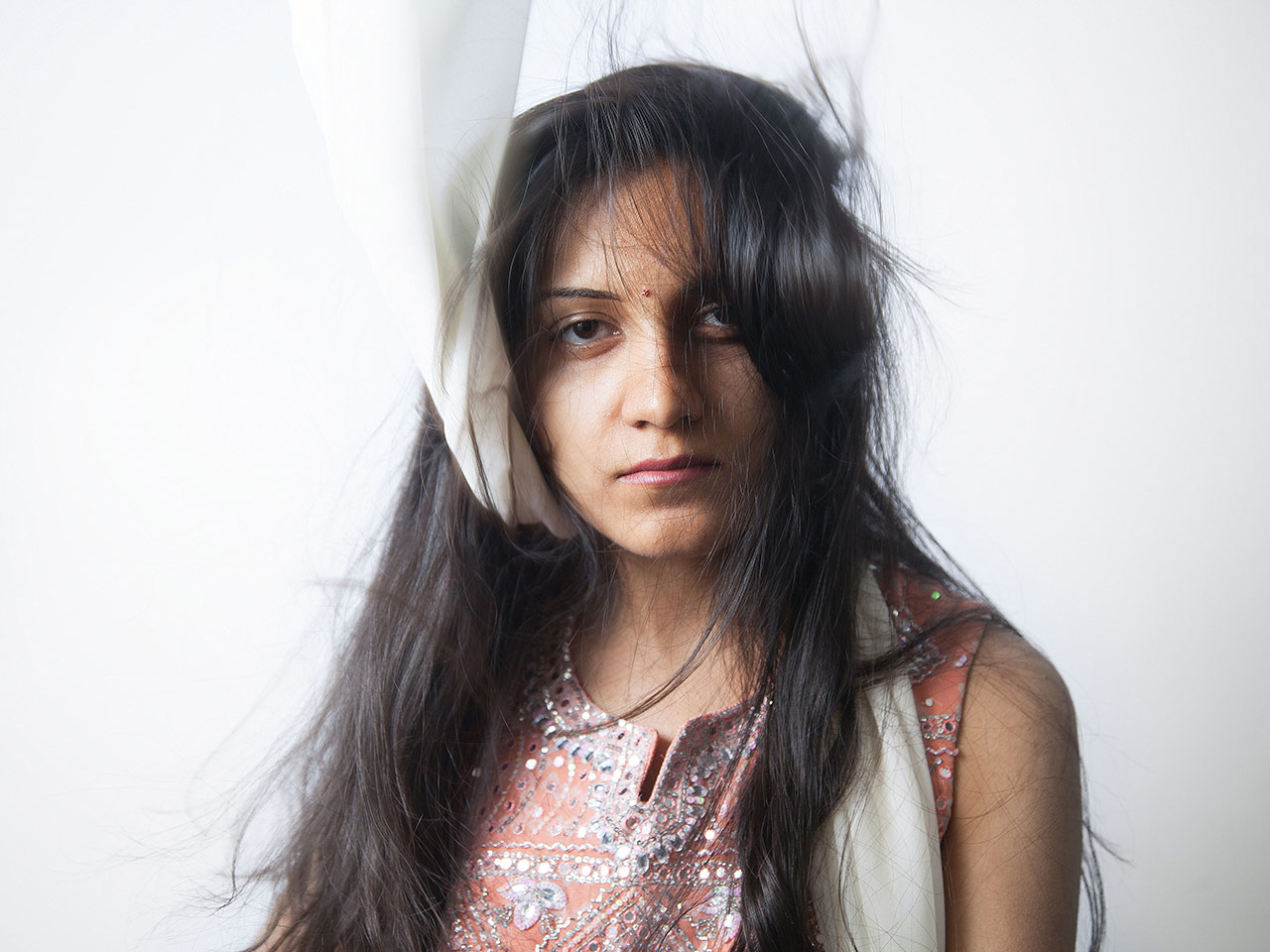
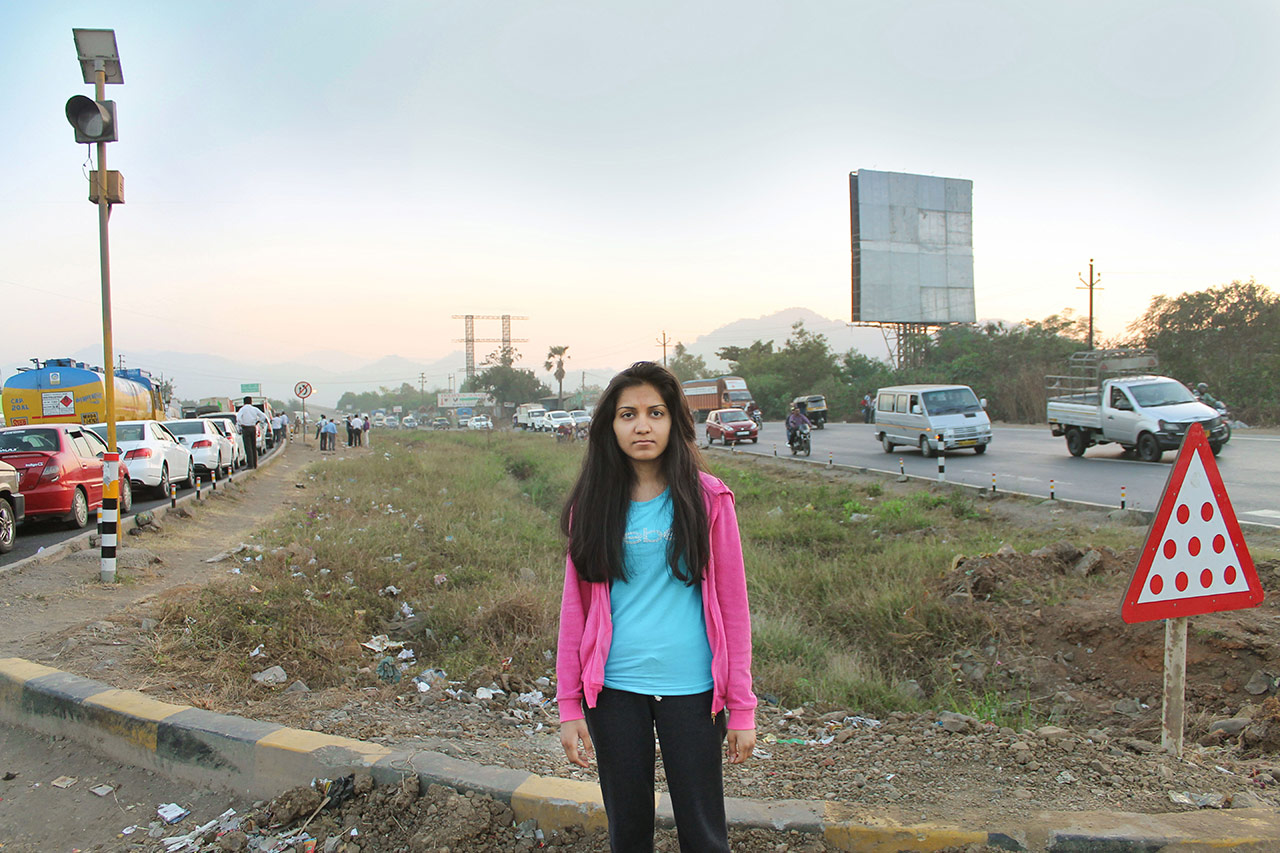
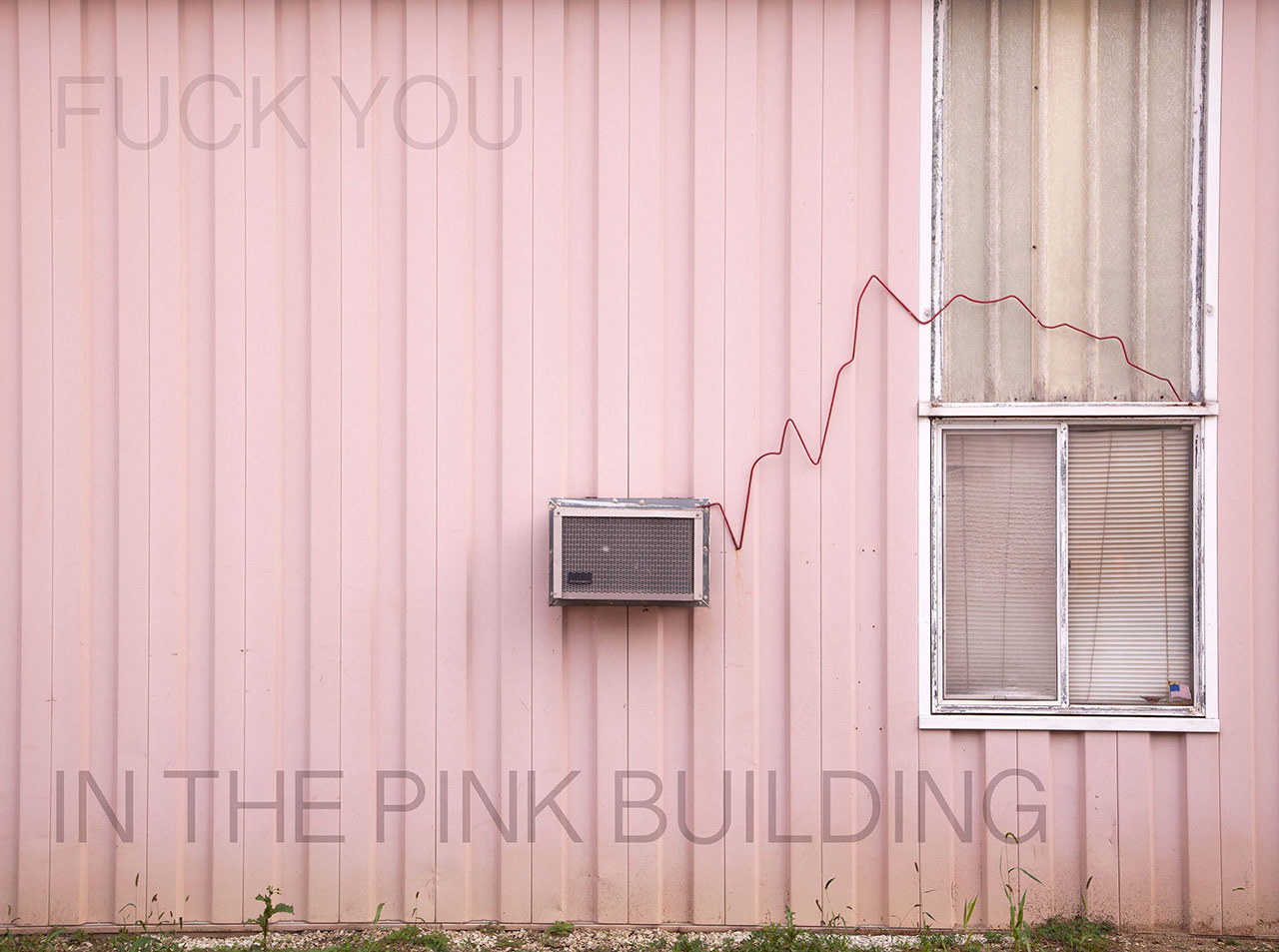
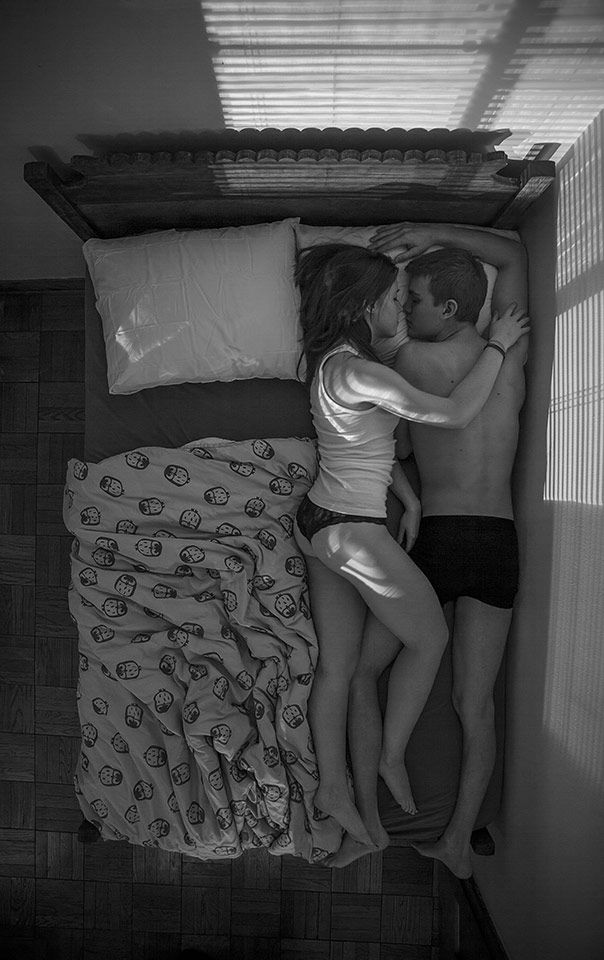
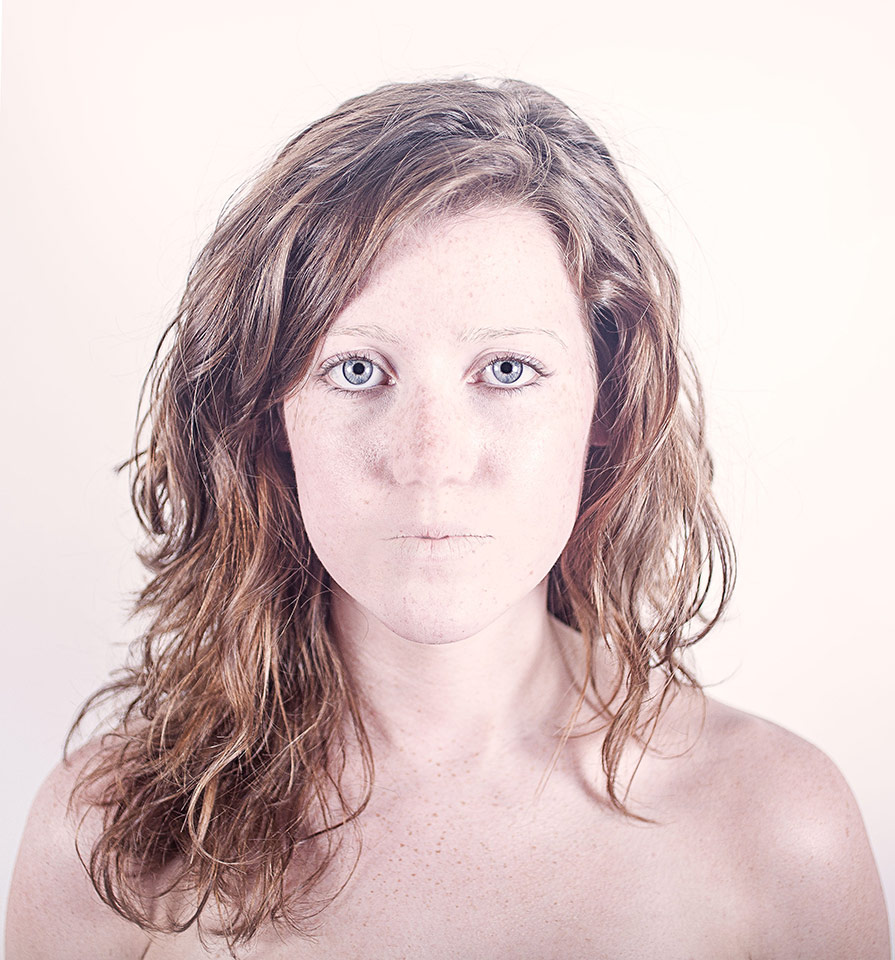

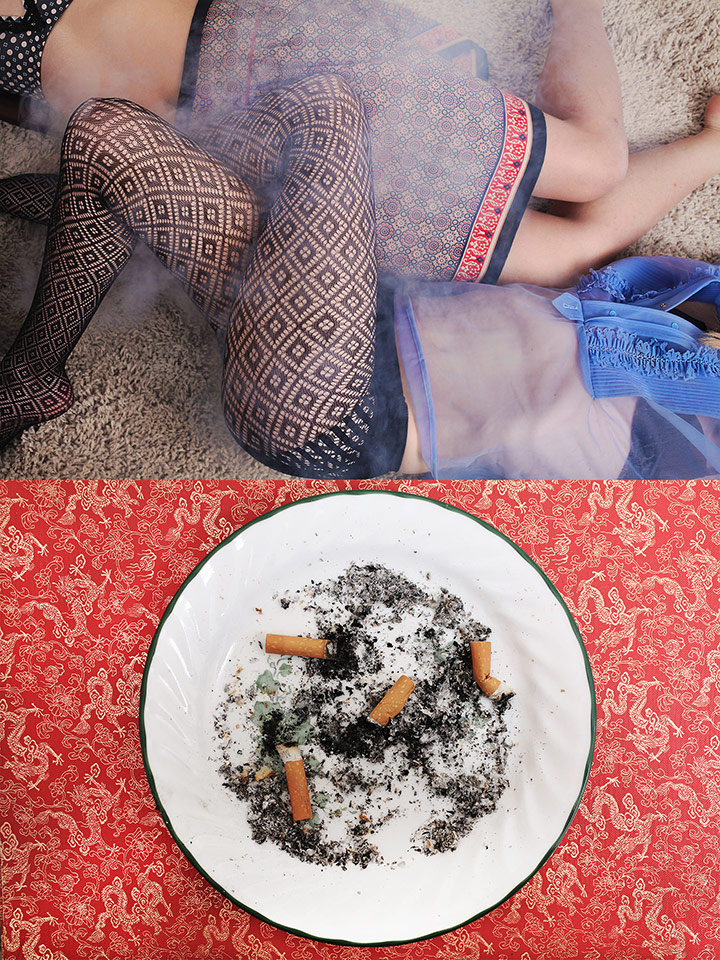
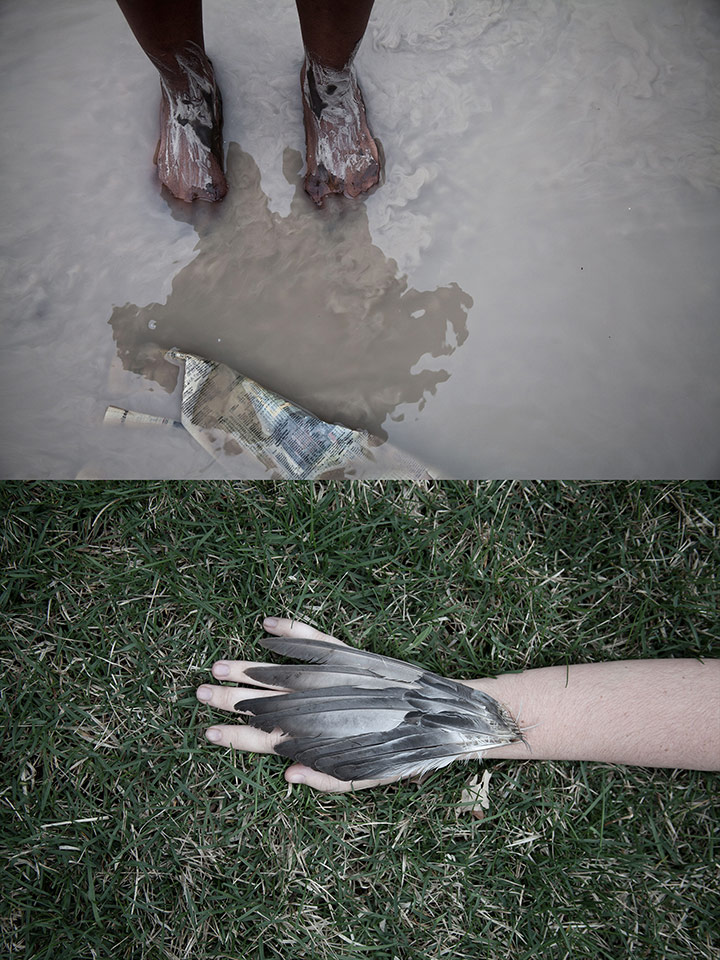
Caitlin H. Mackey
Kristin A. Rose
Sean B. Tierney
Michael K. Wernert



